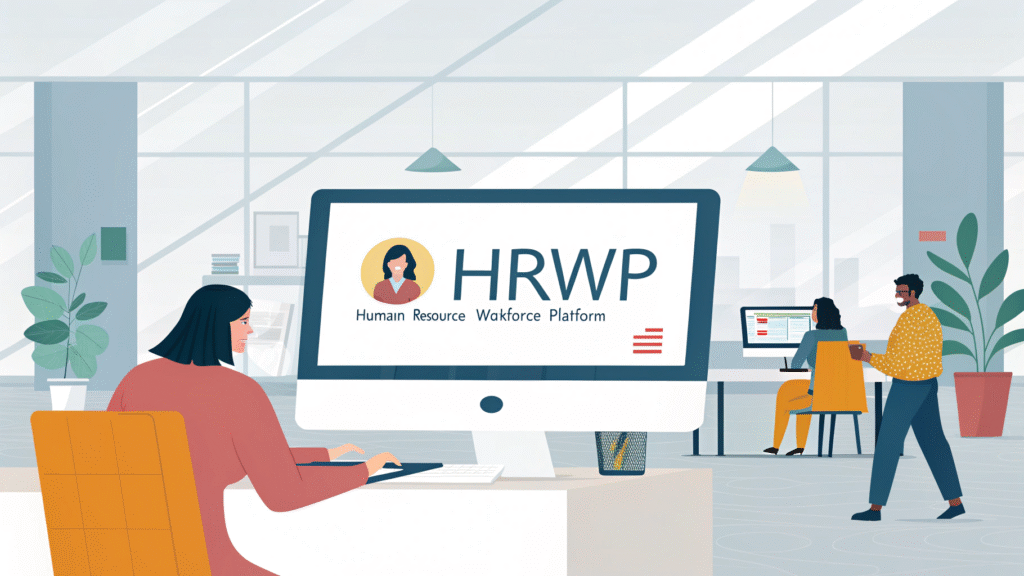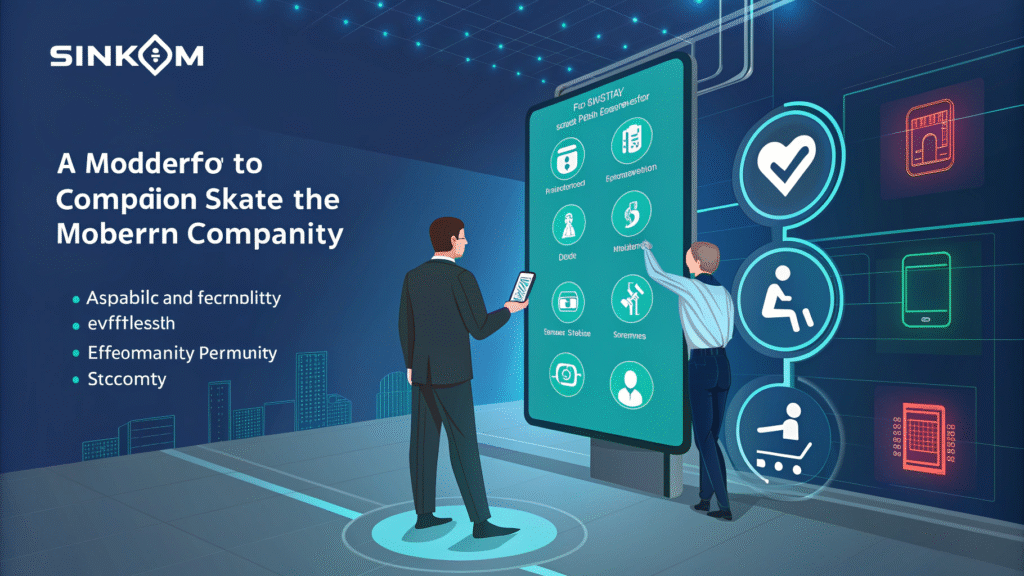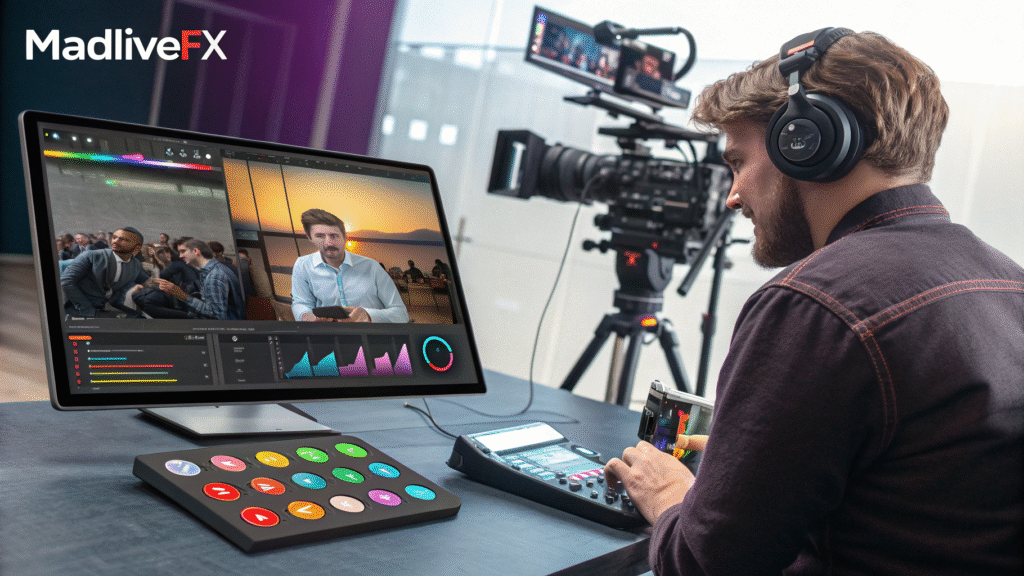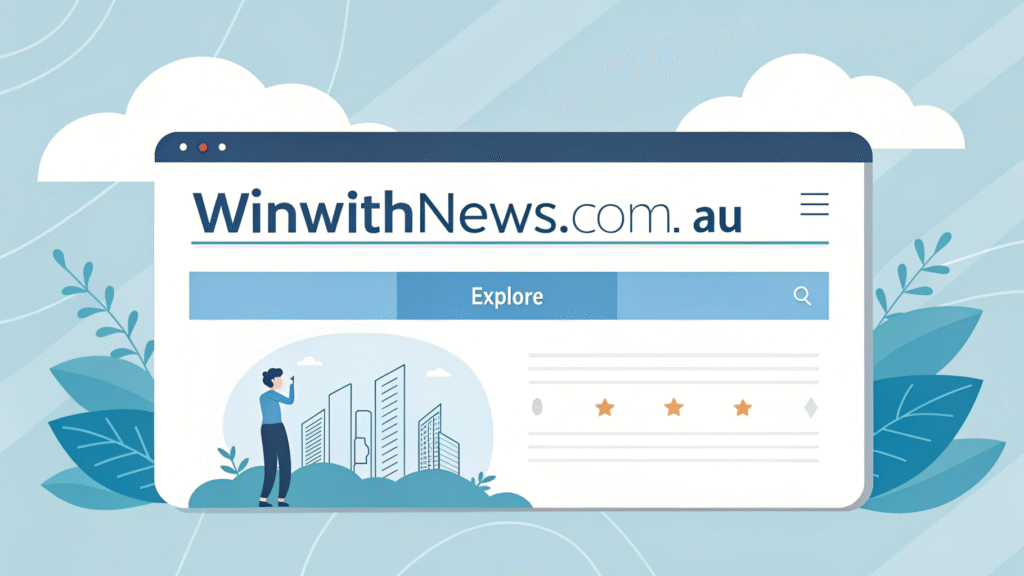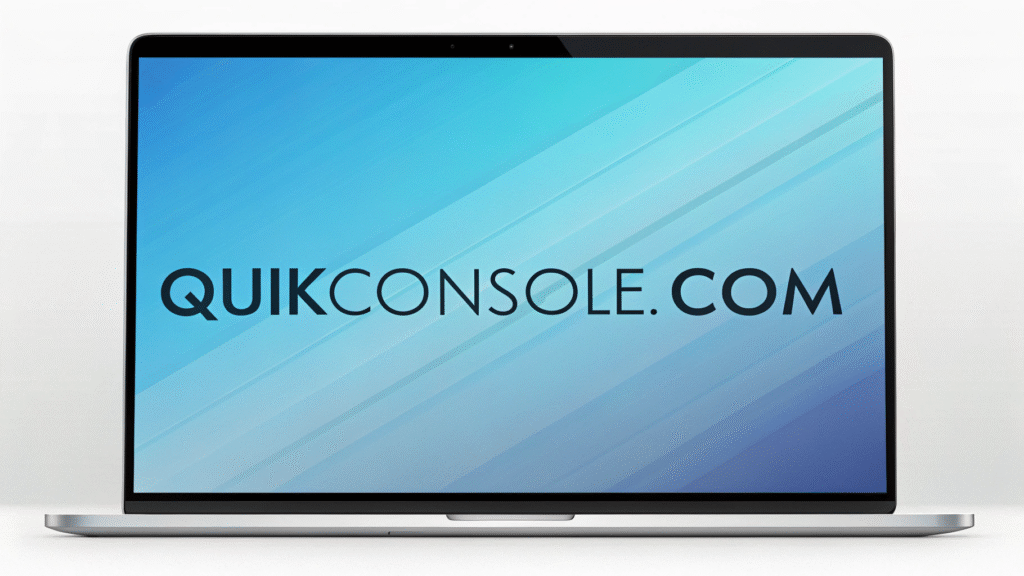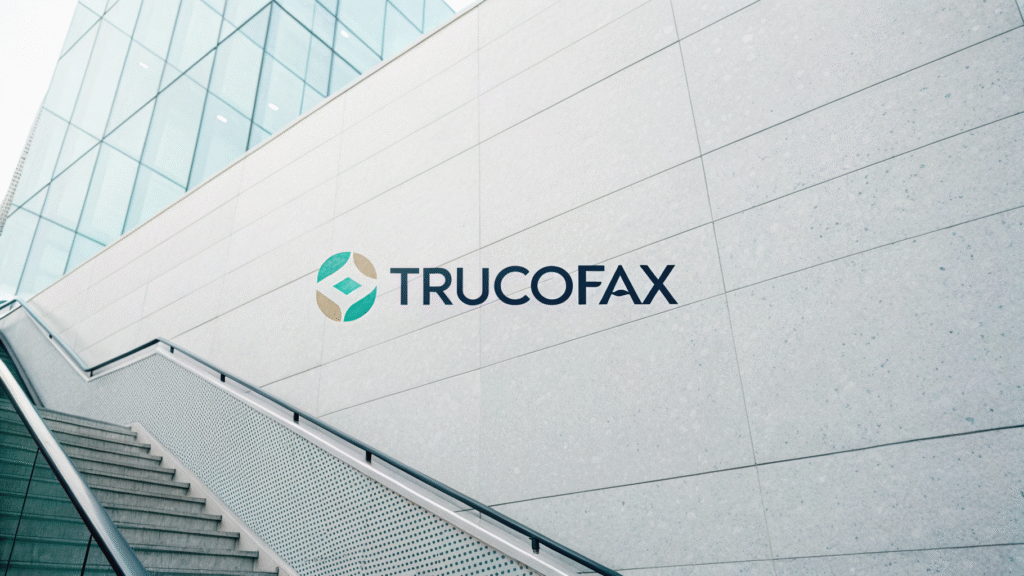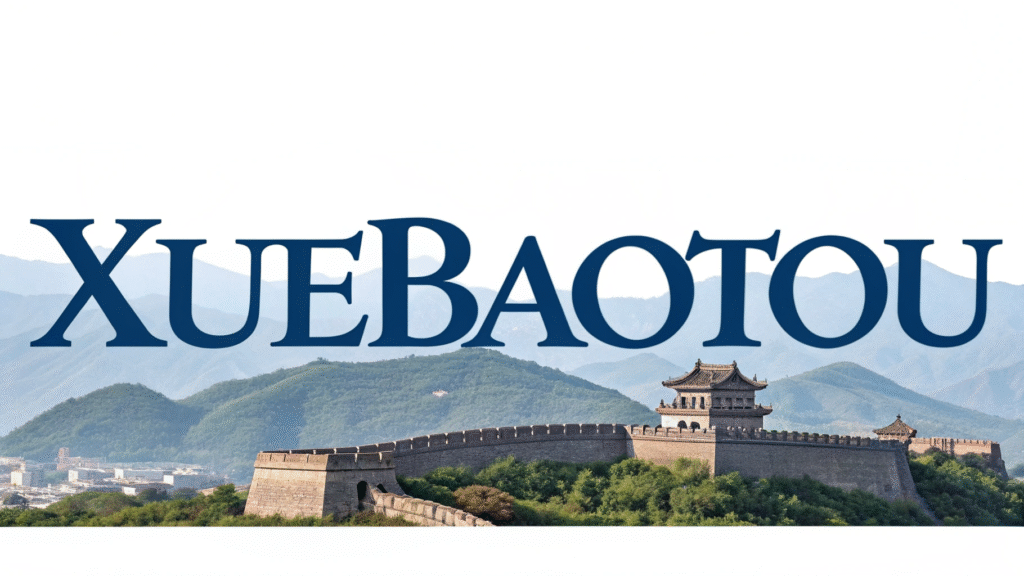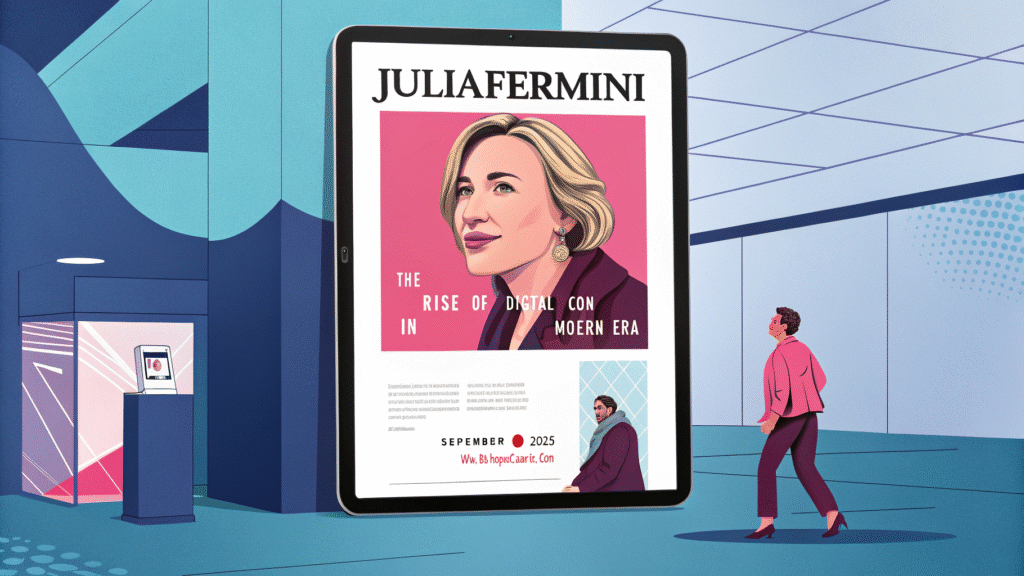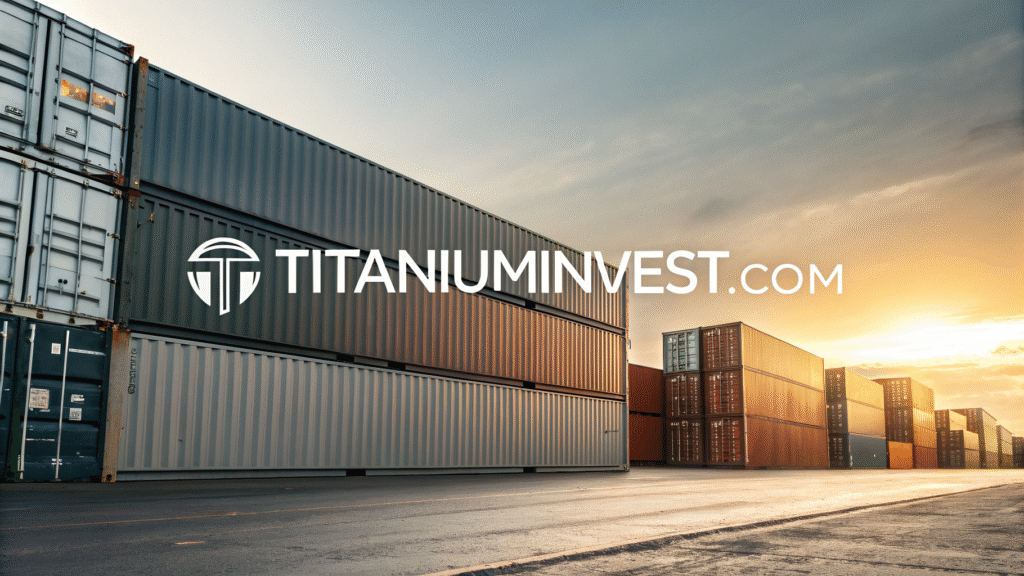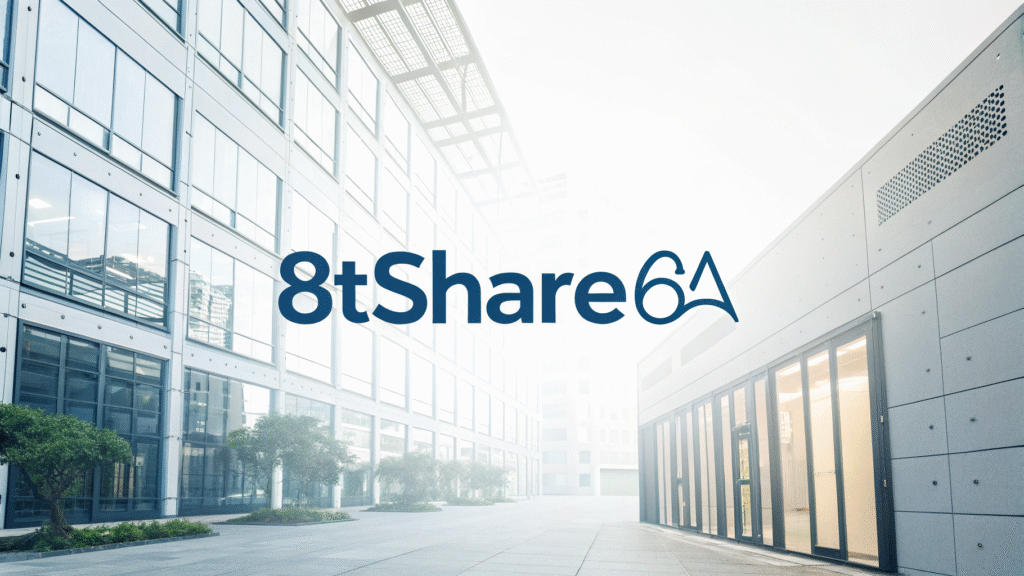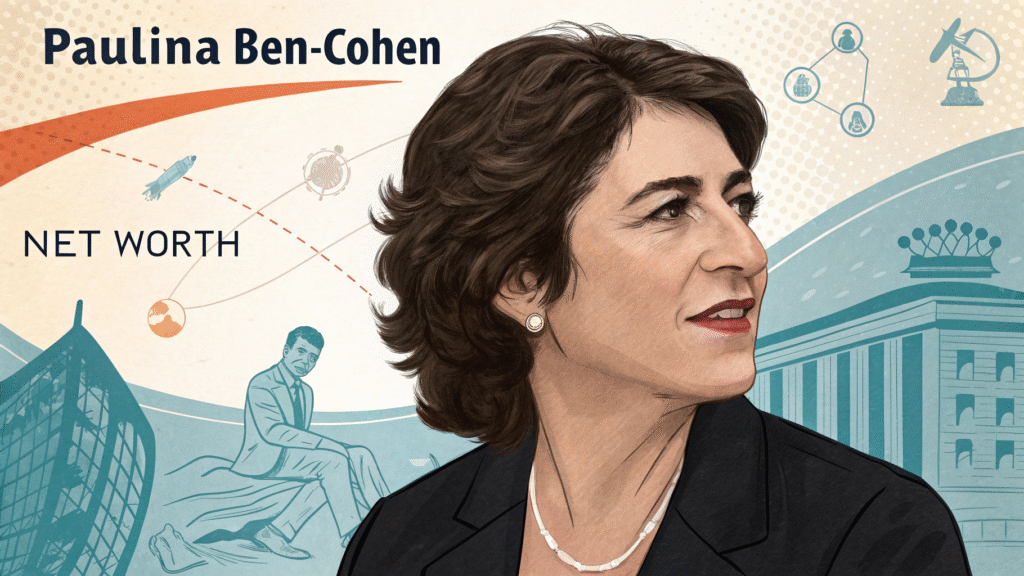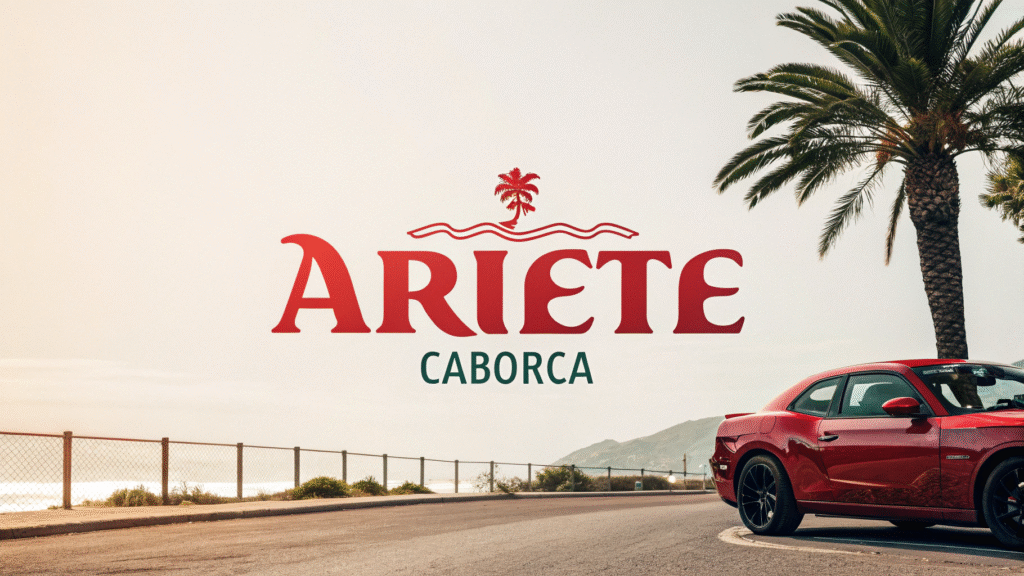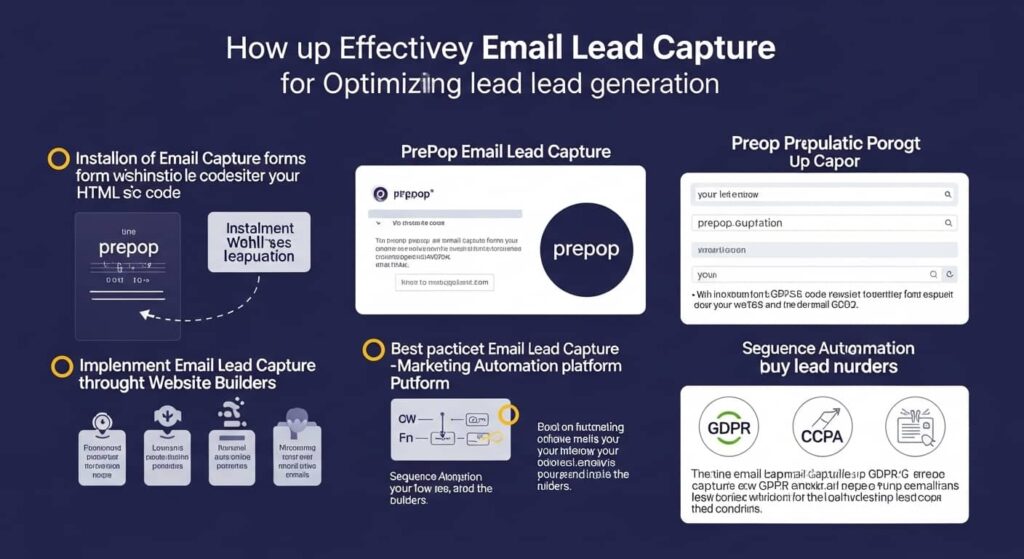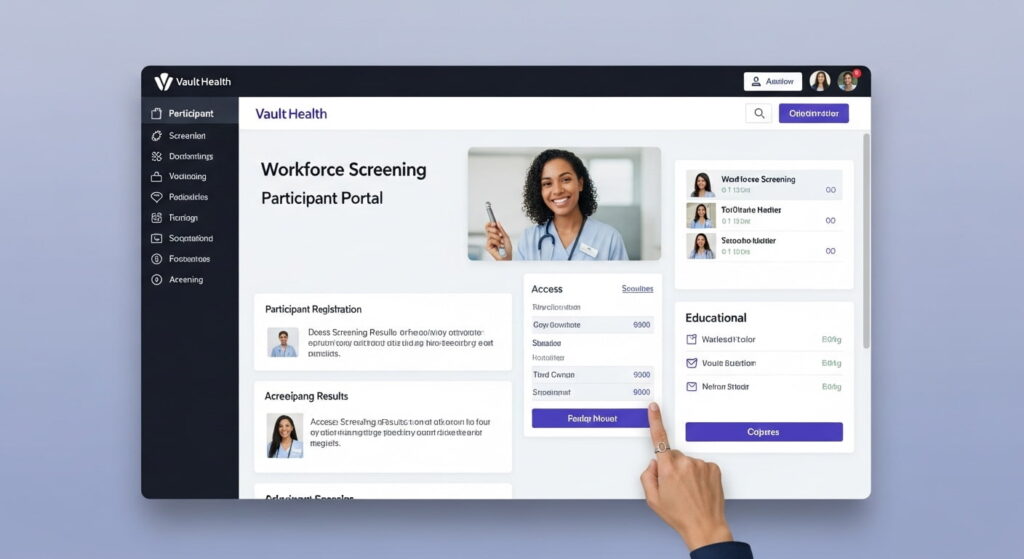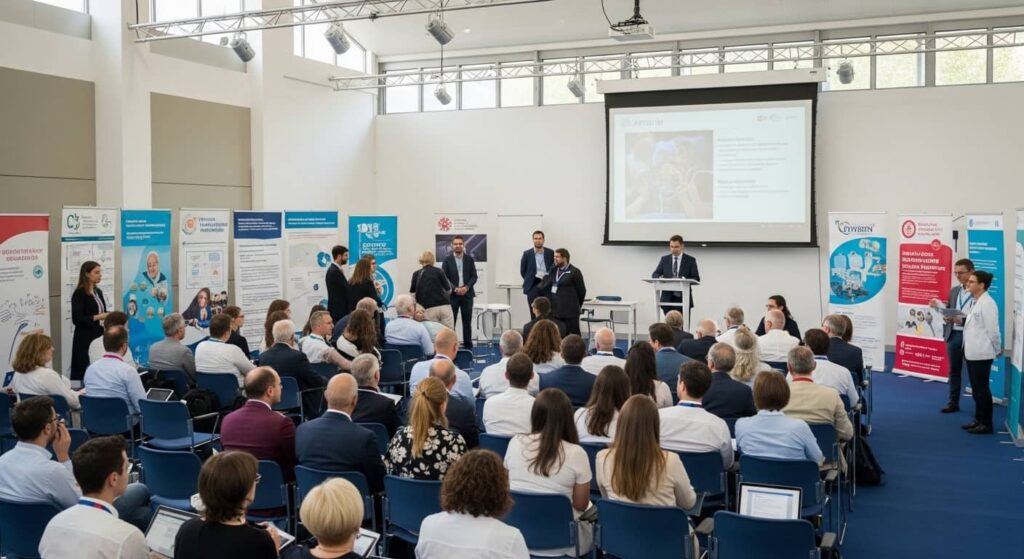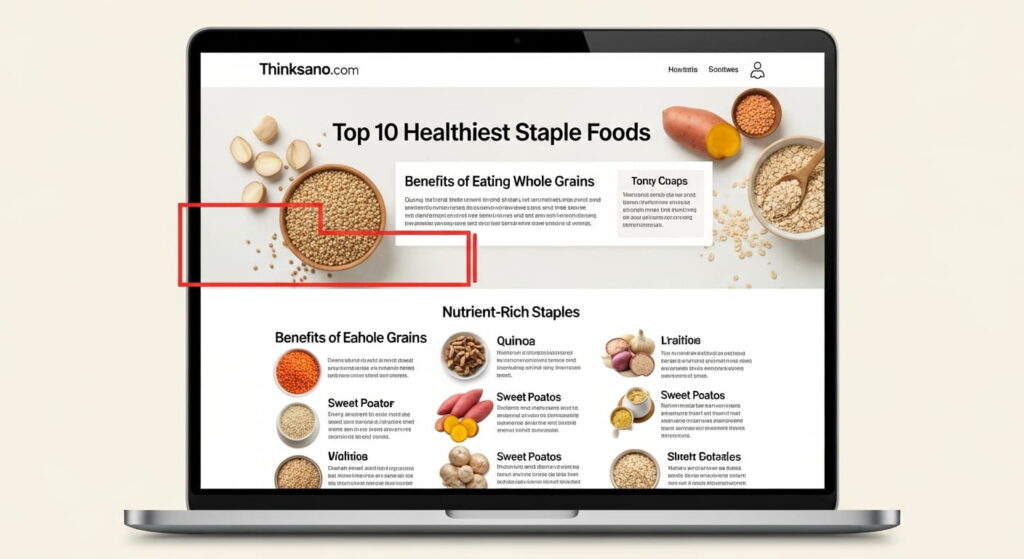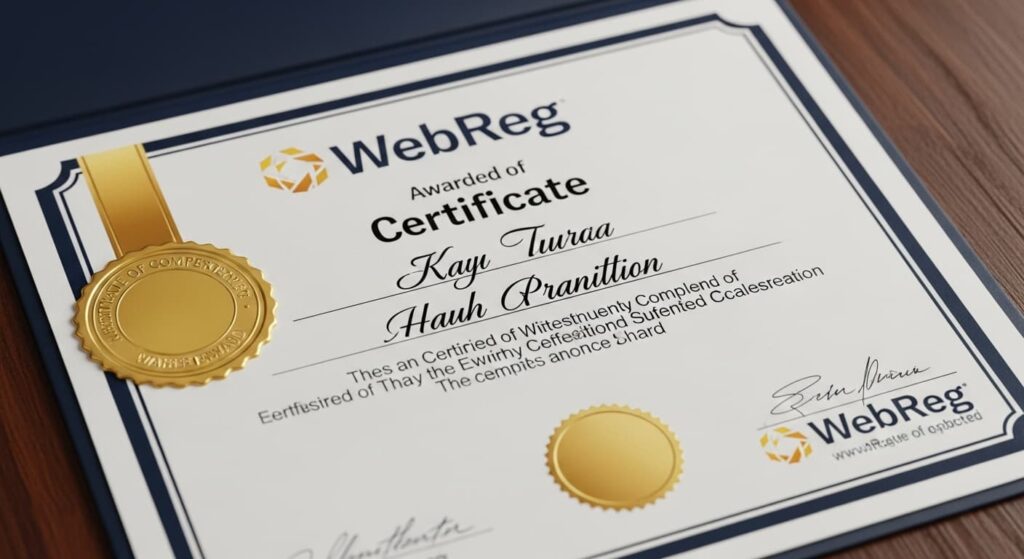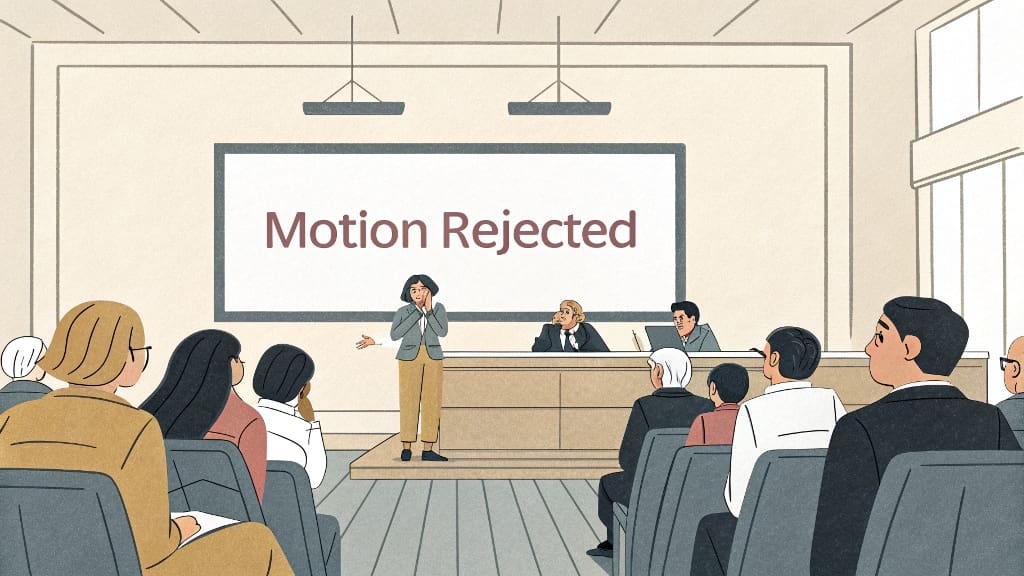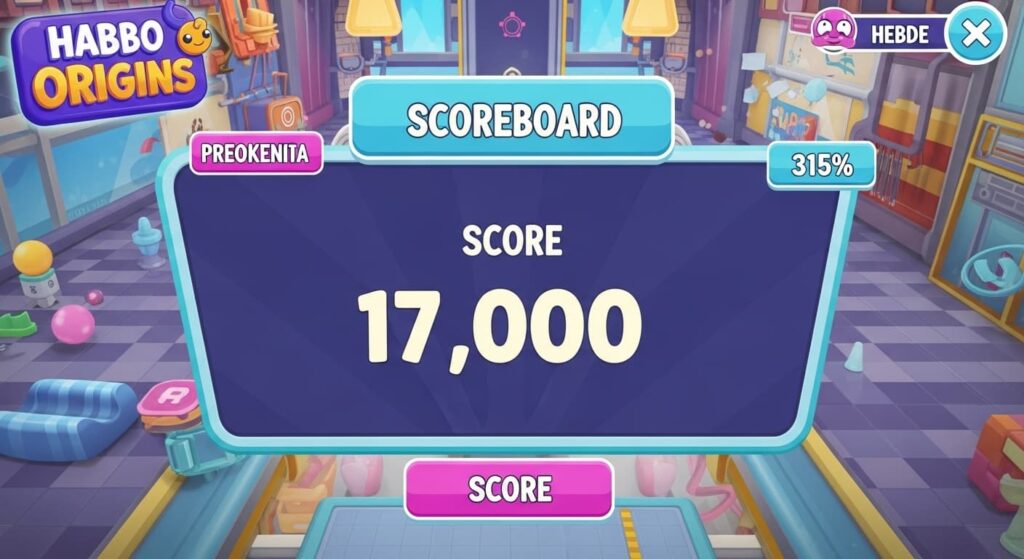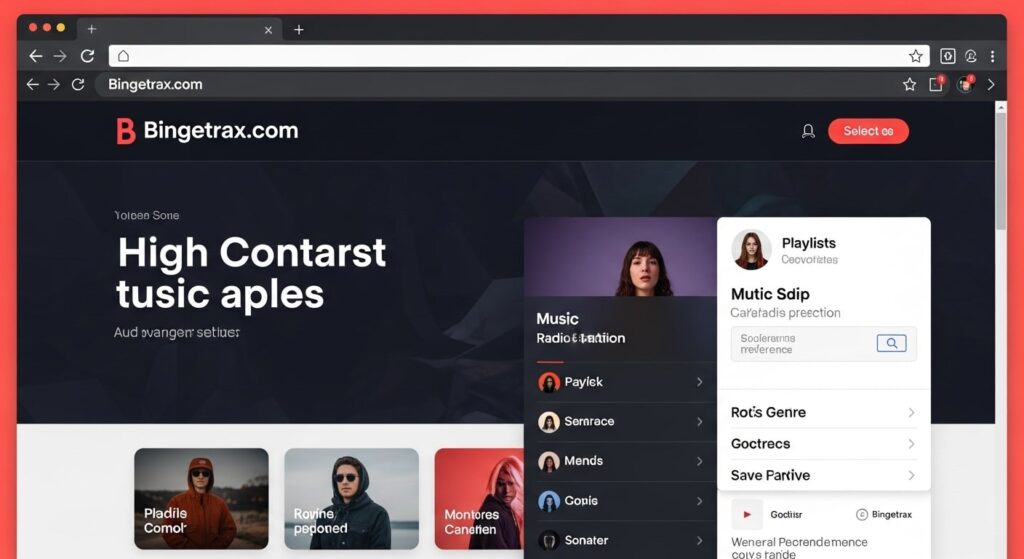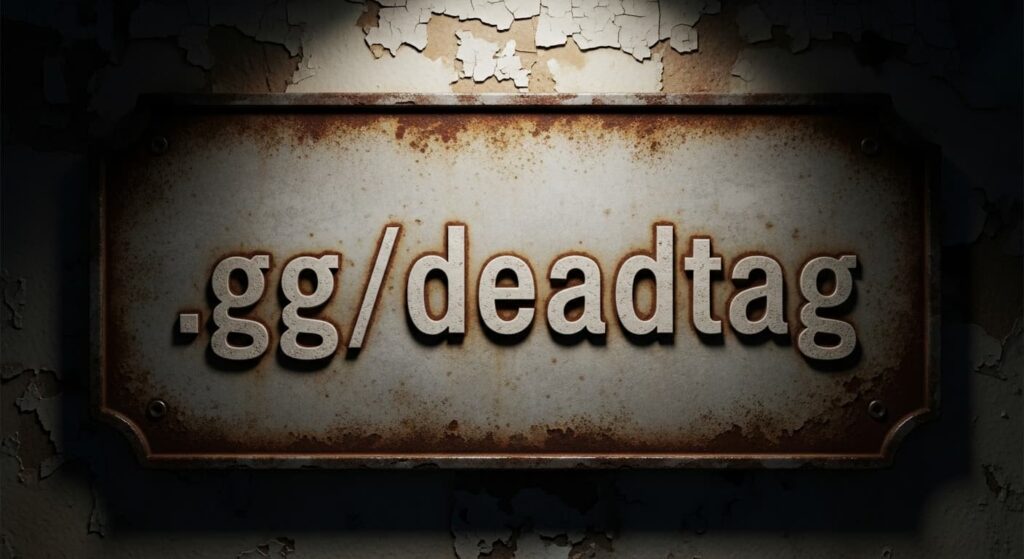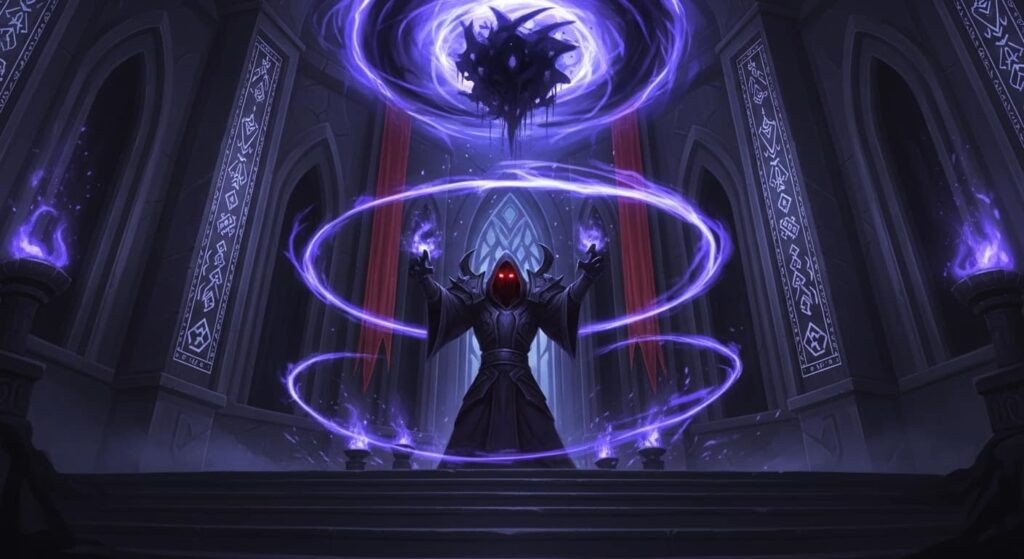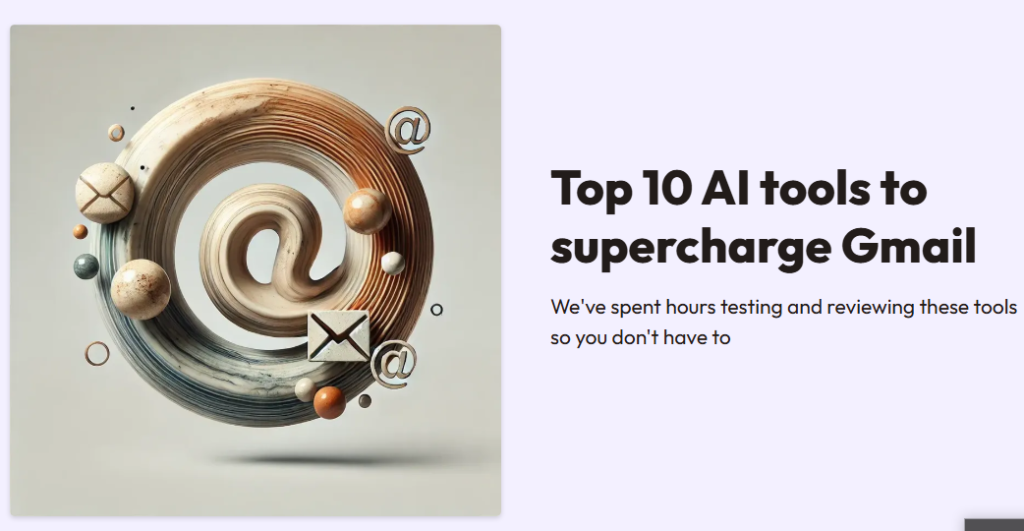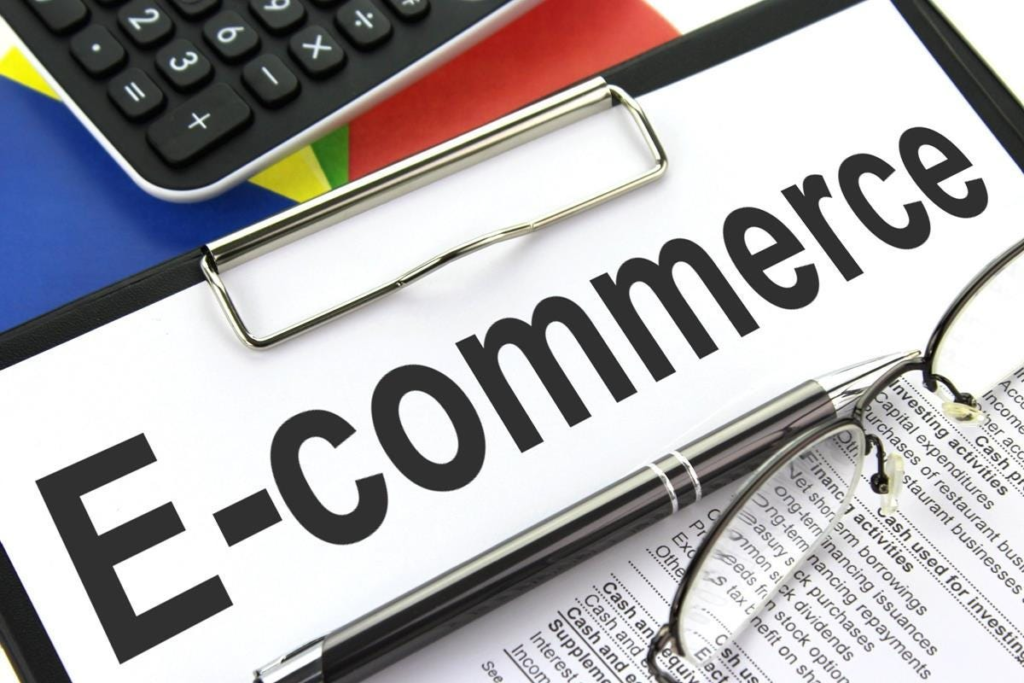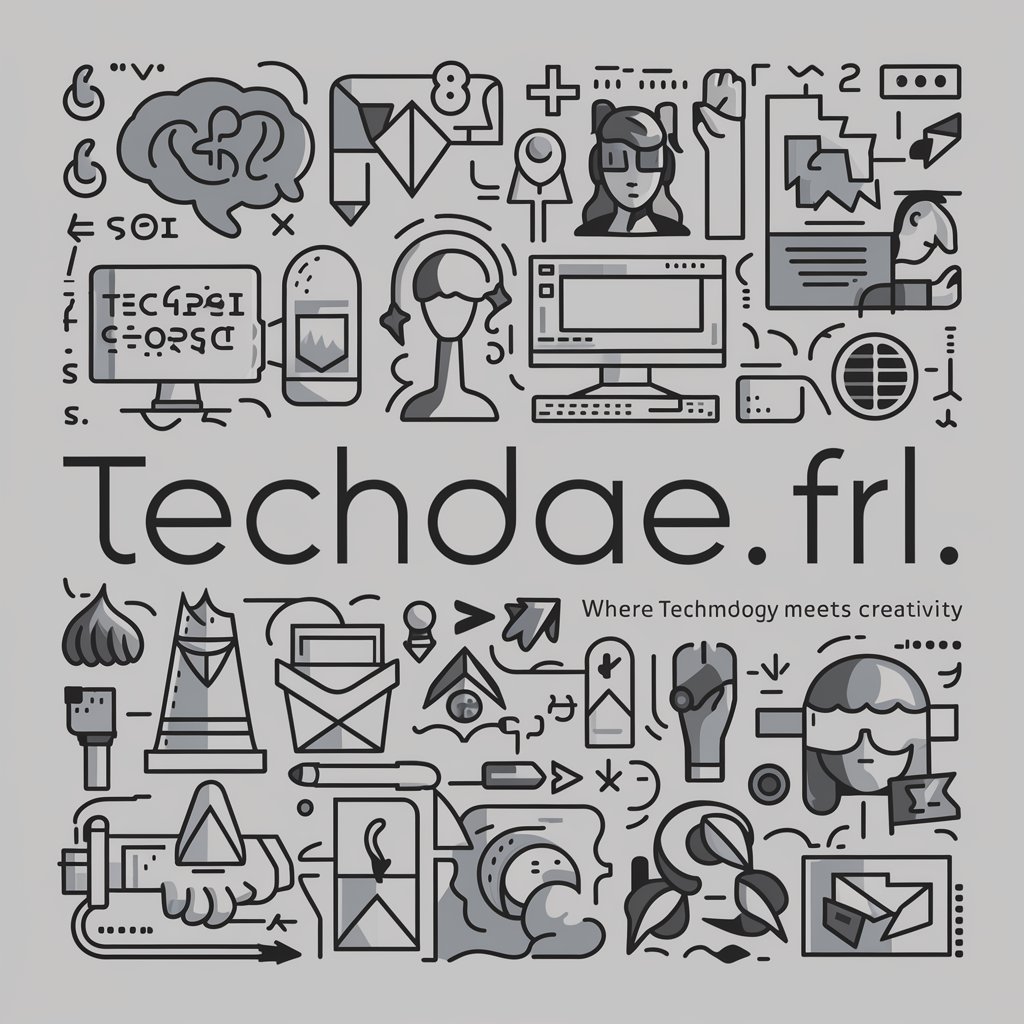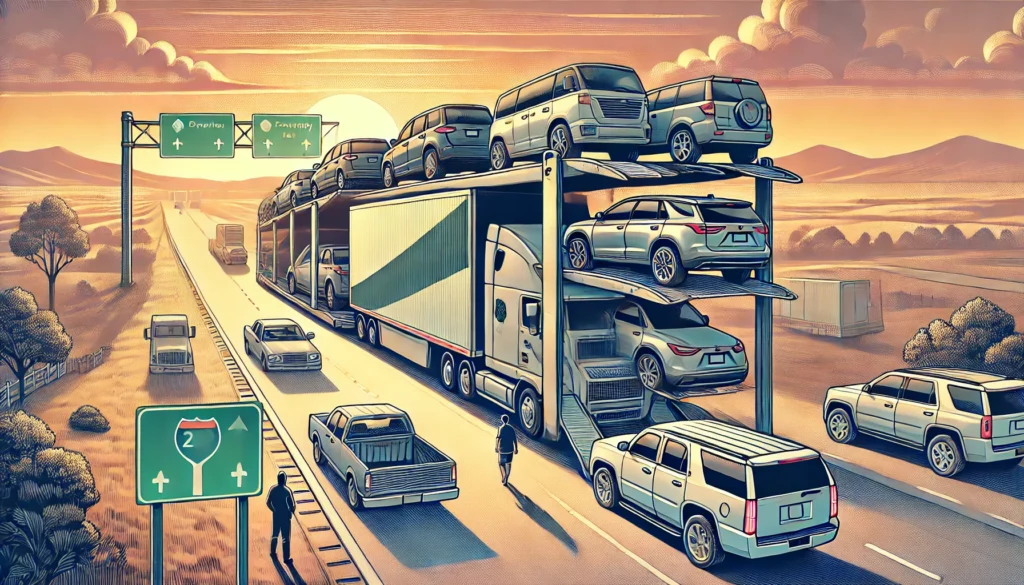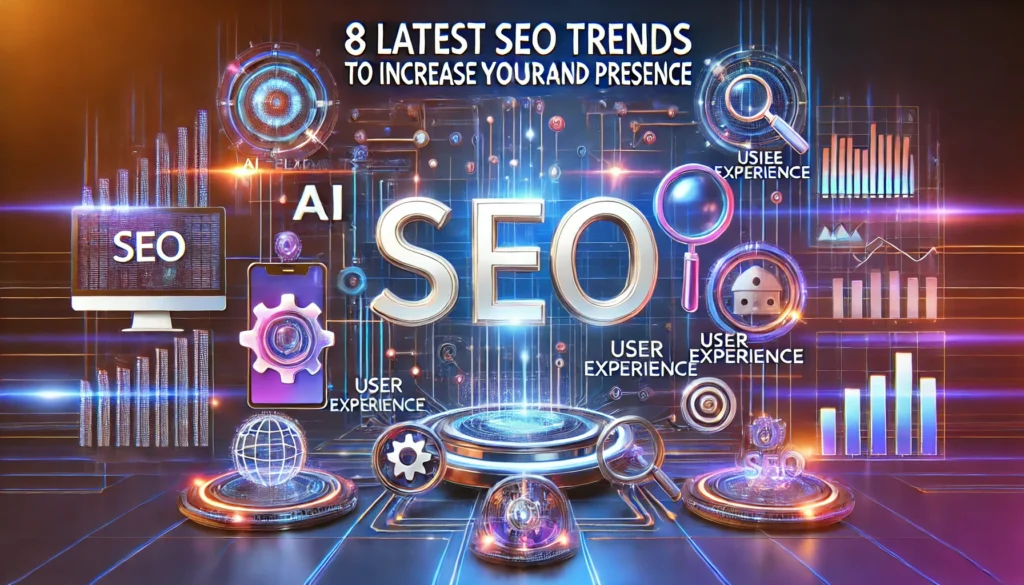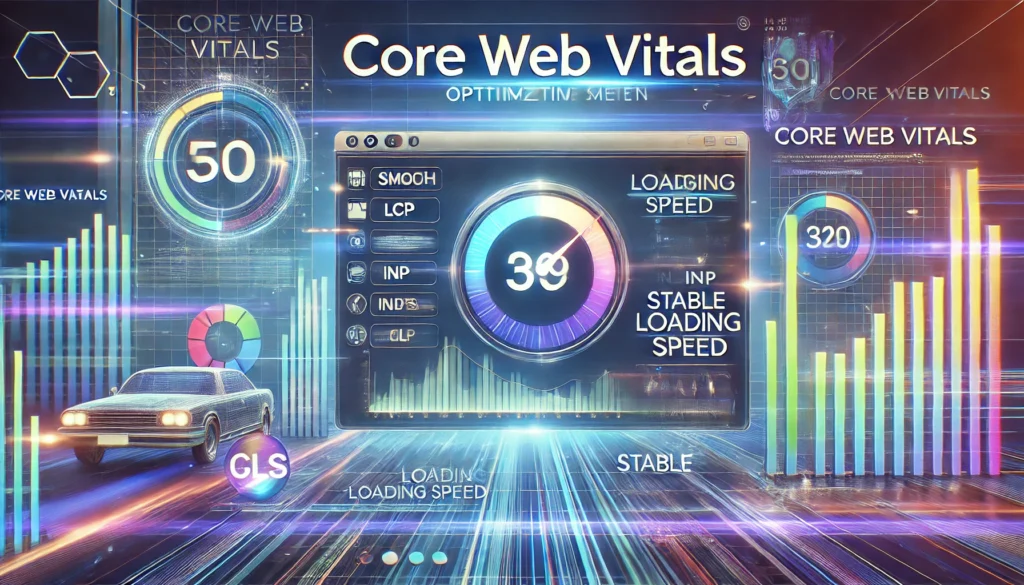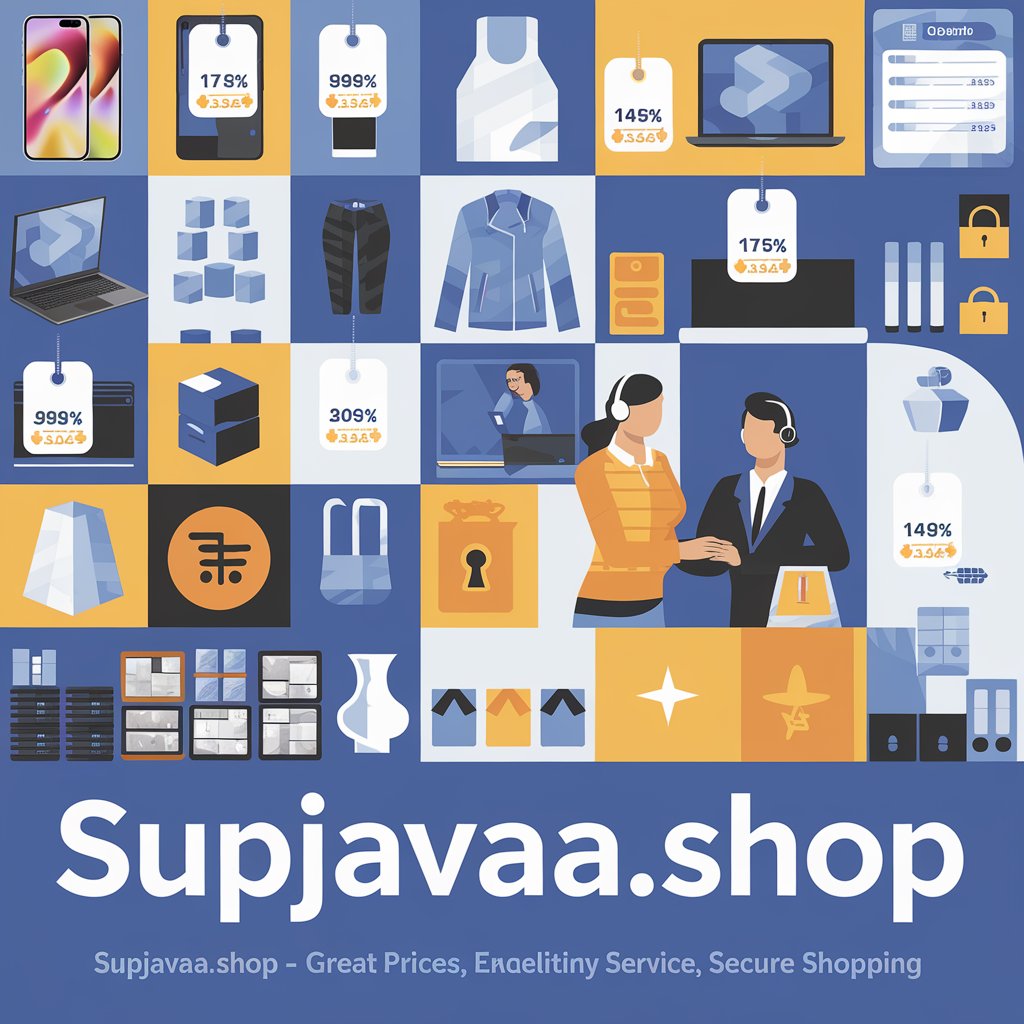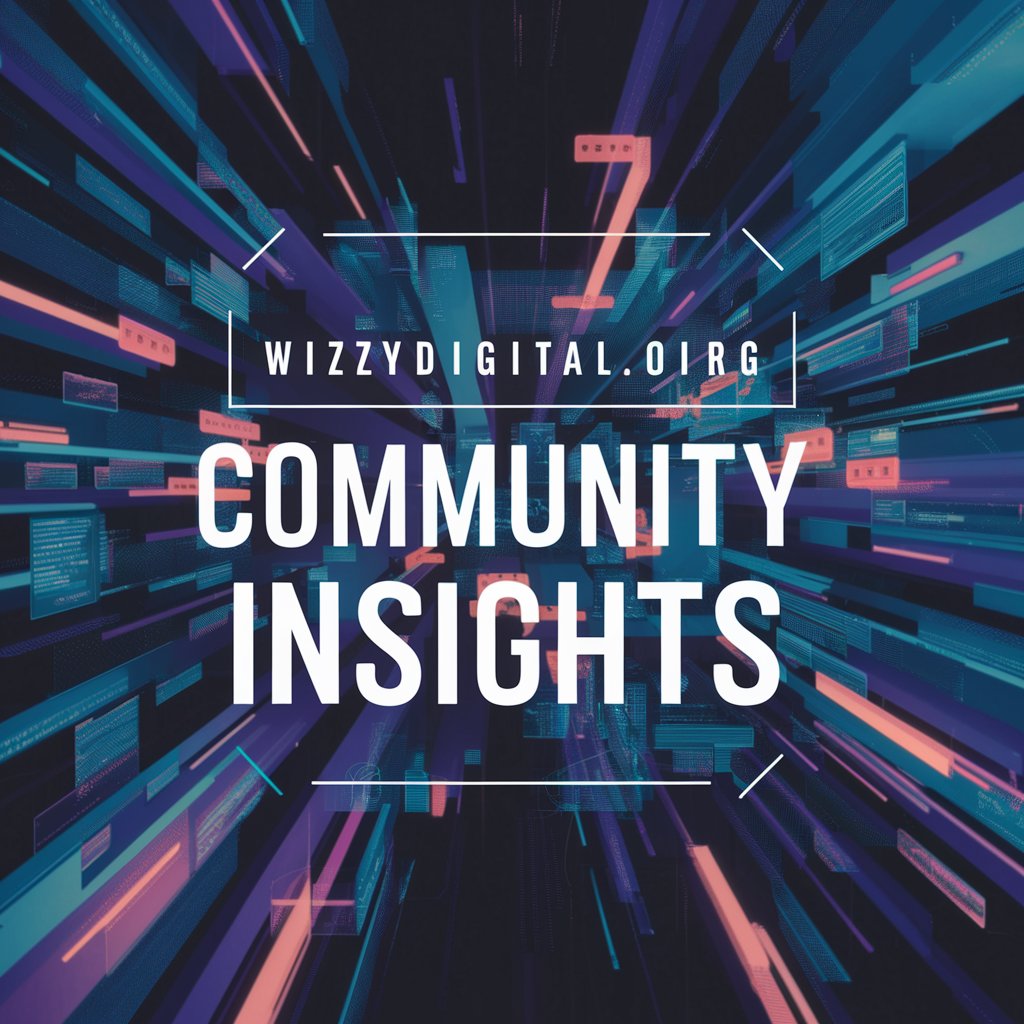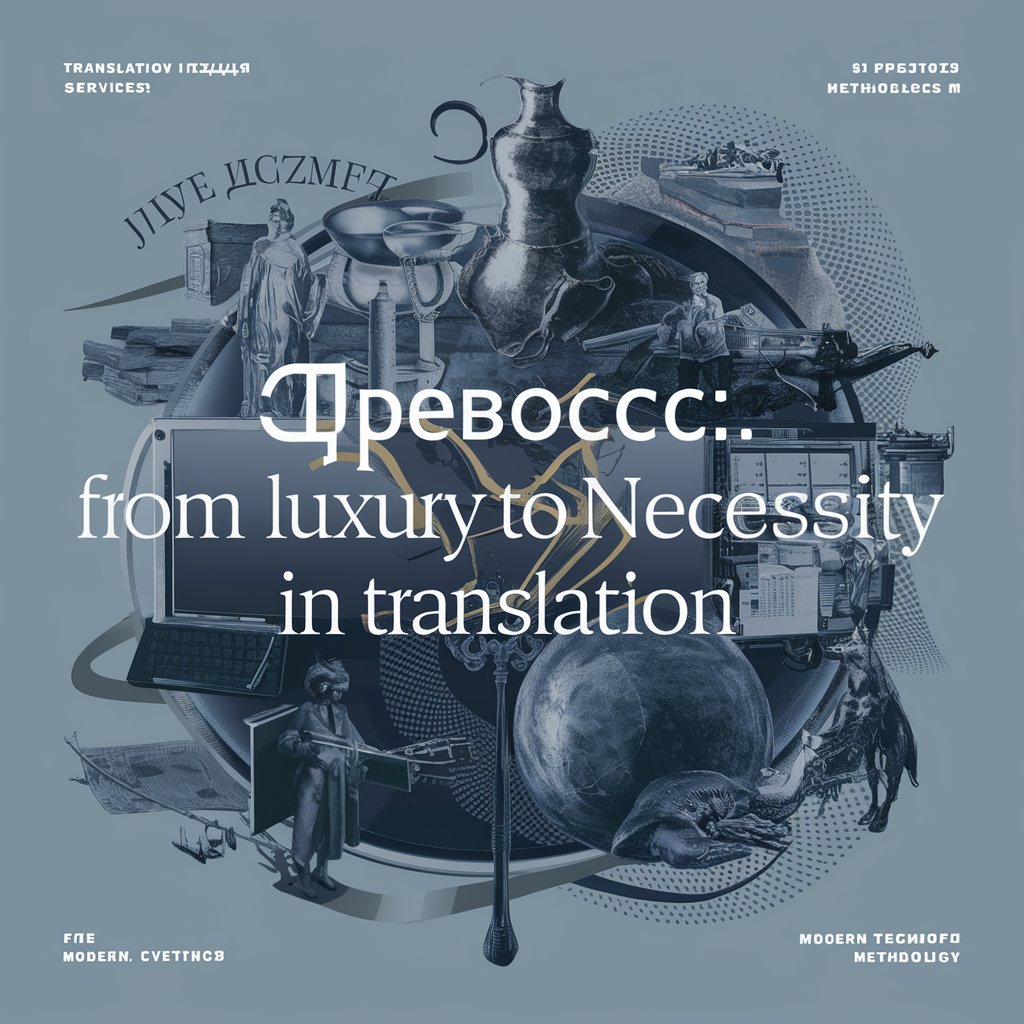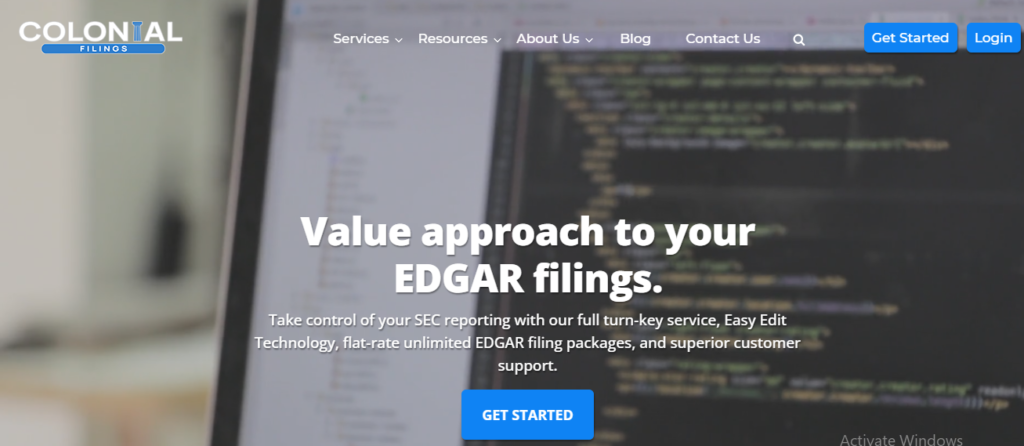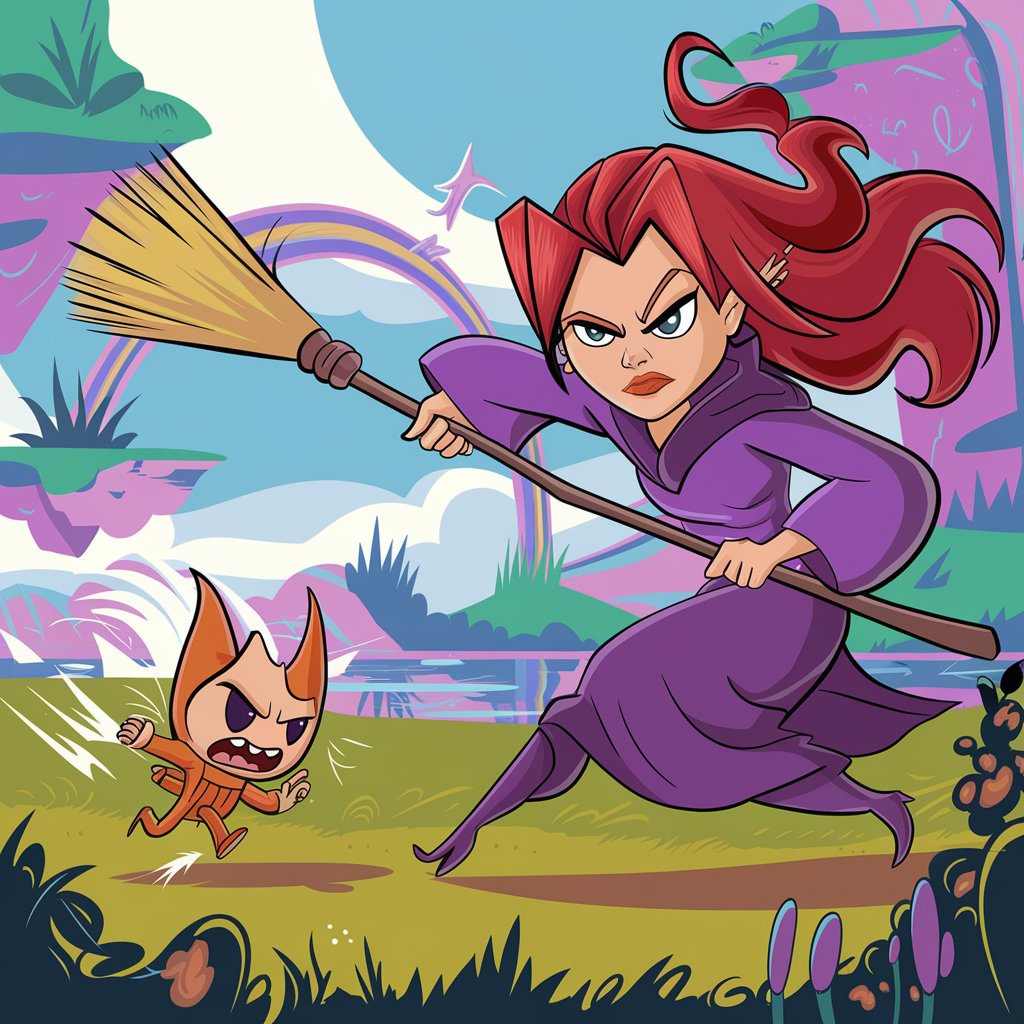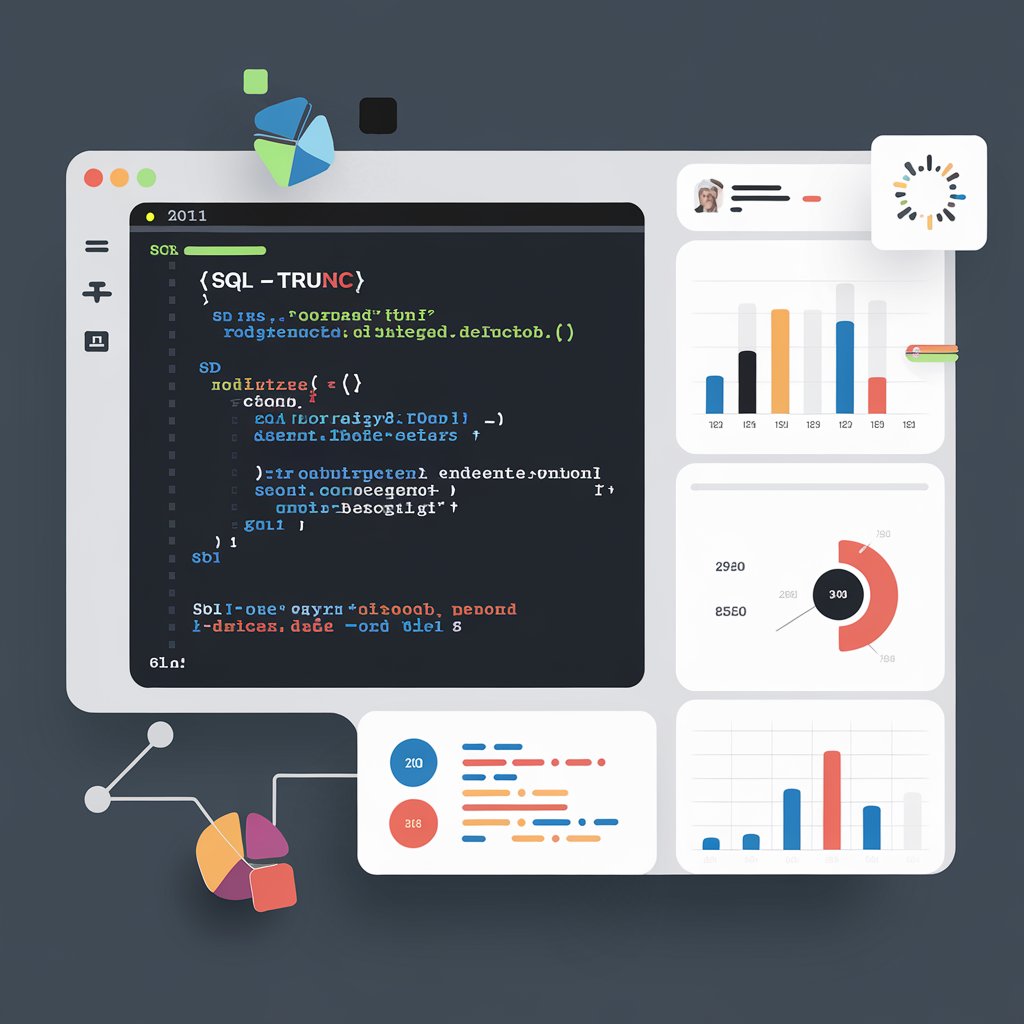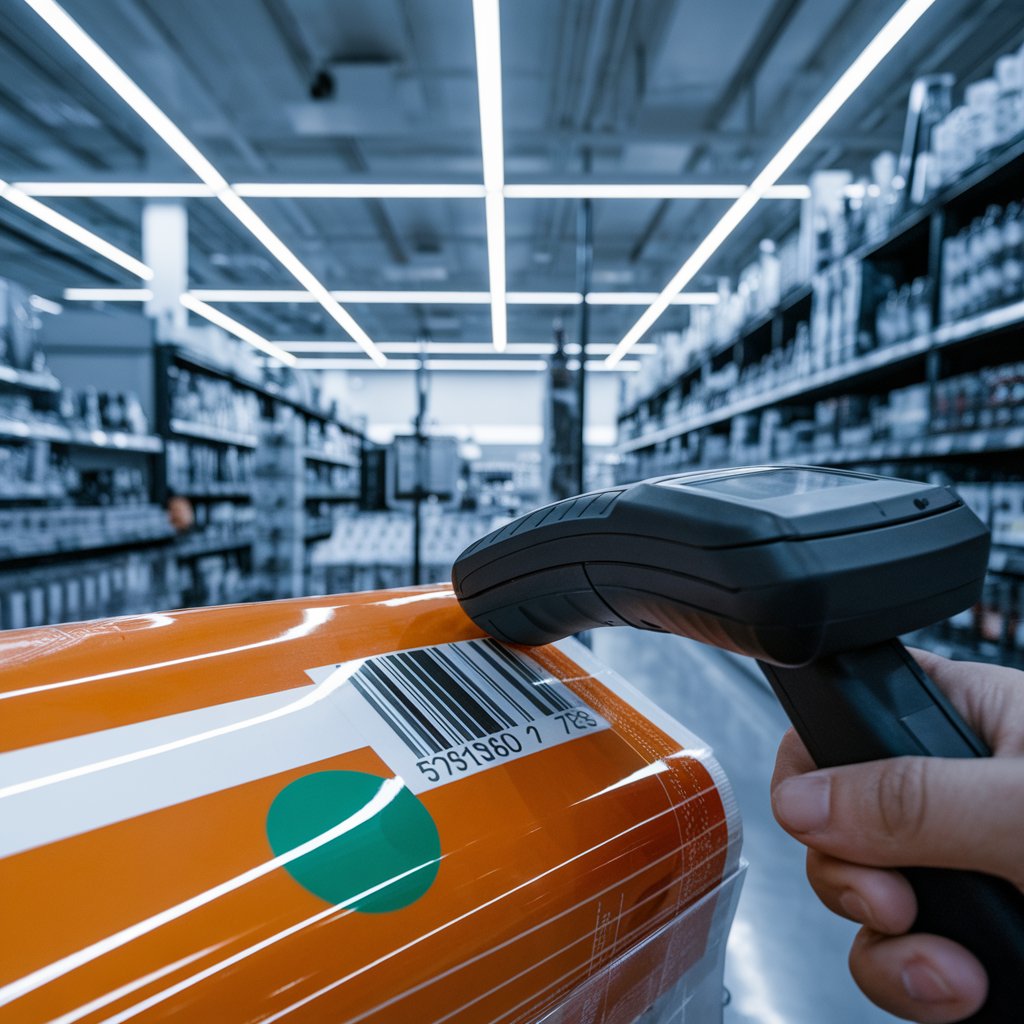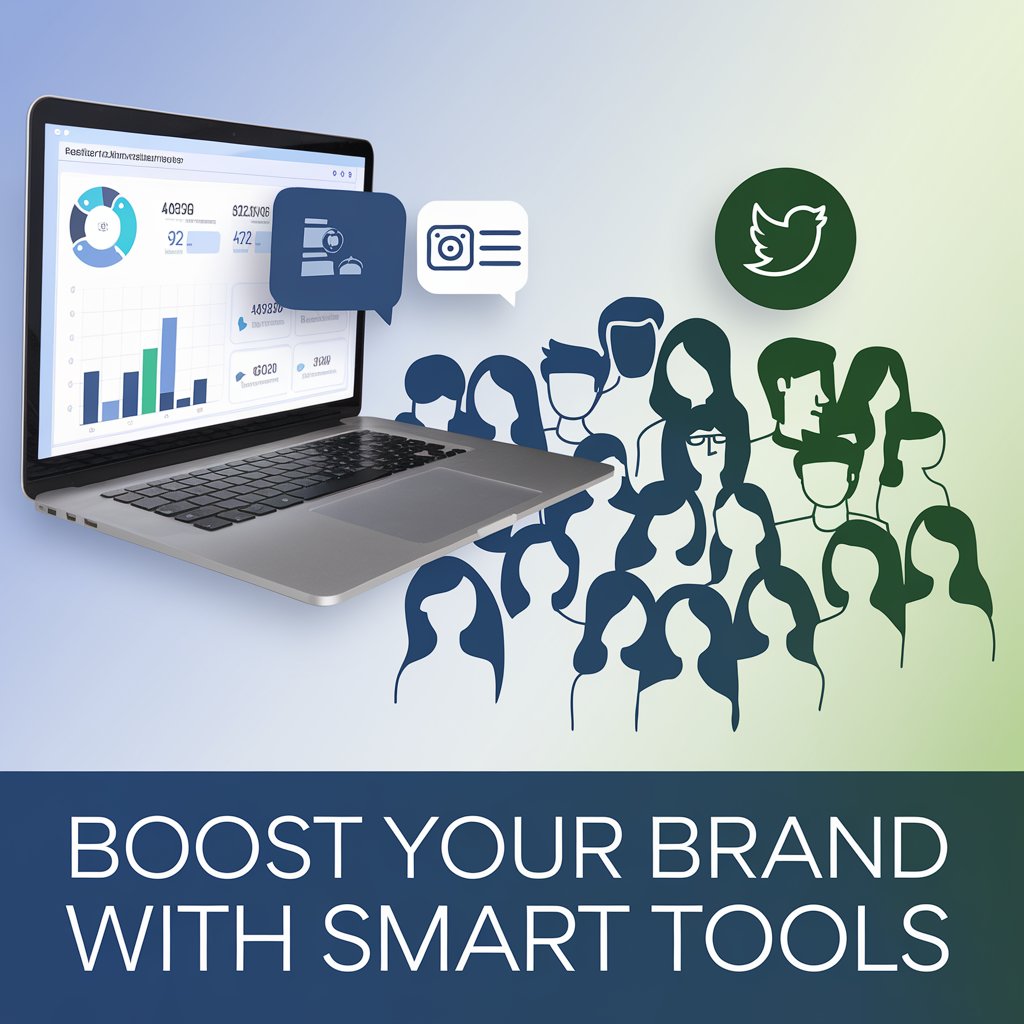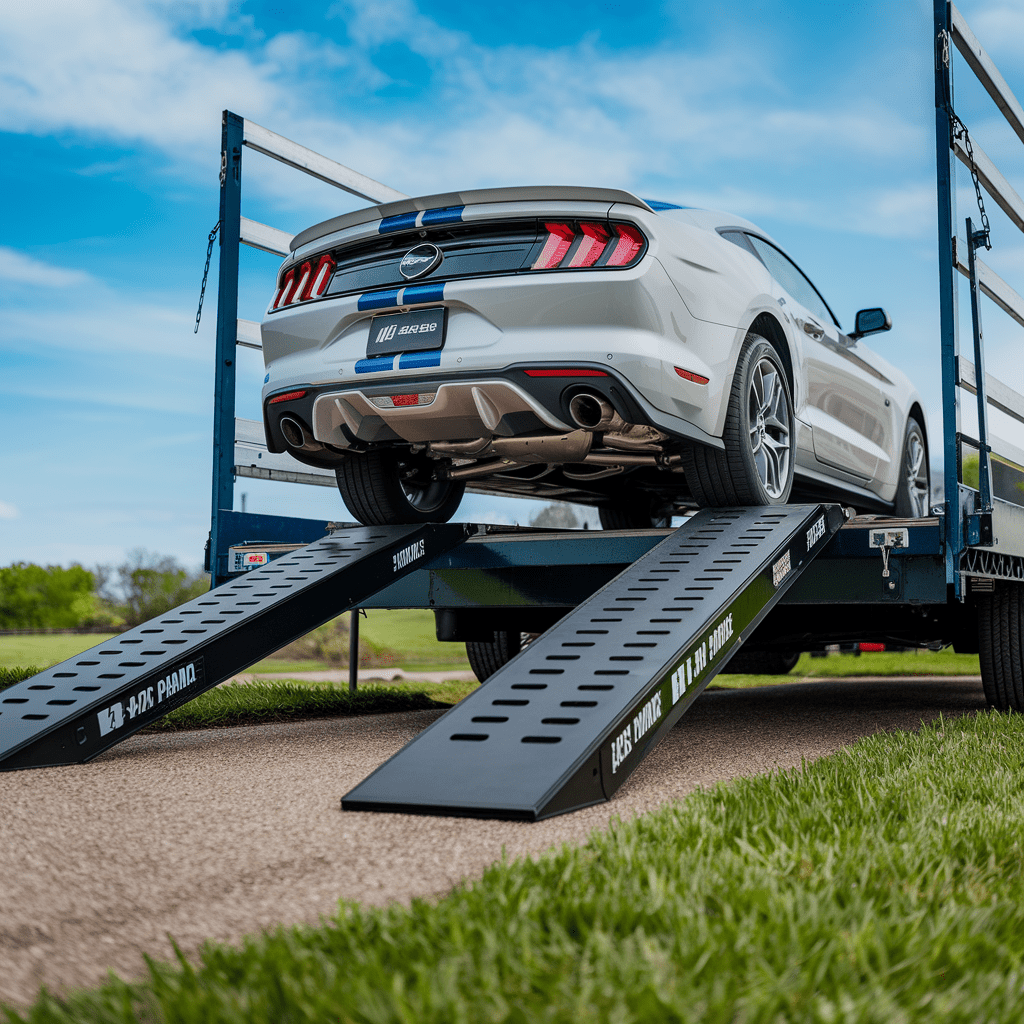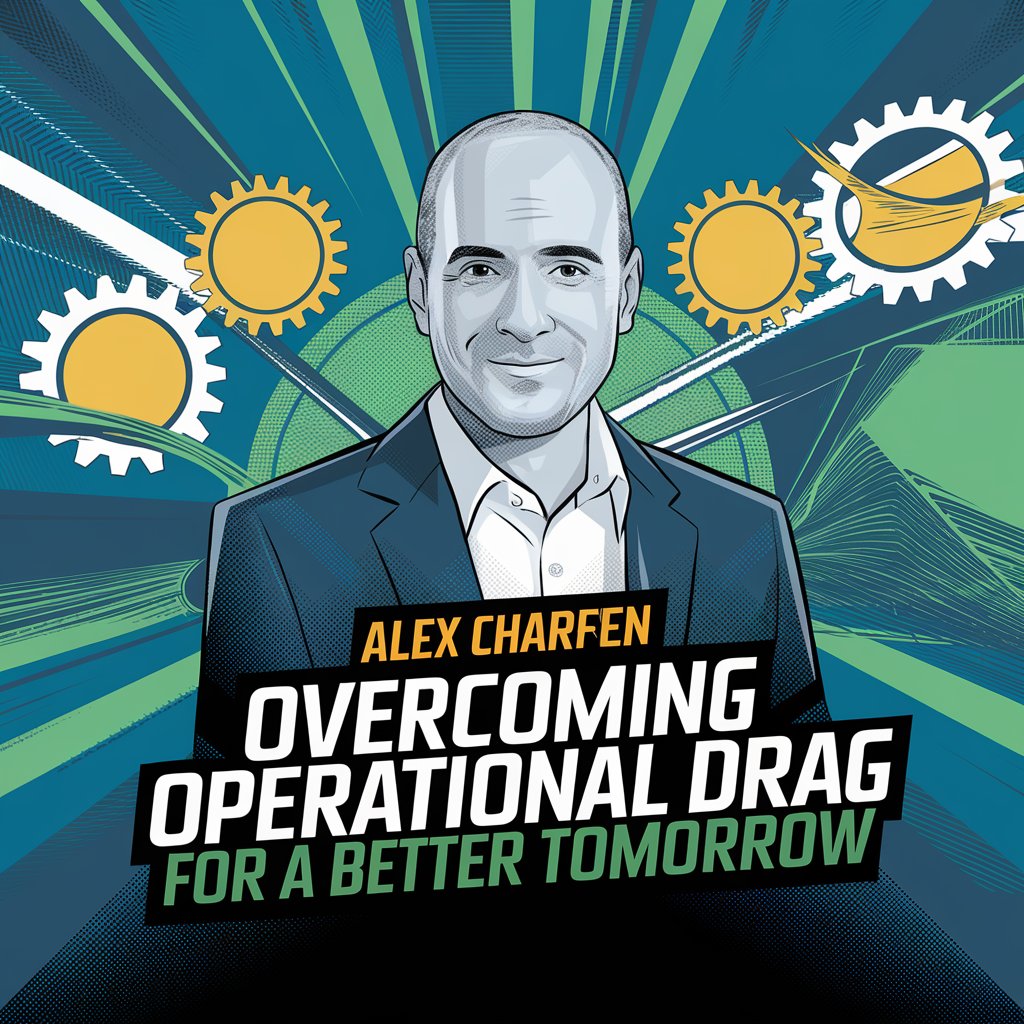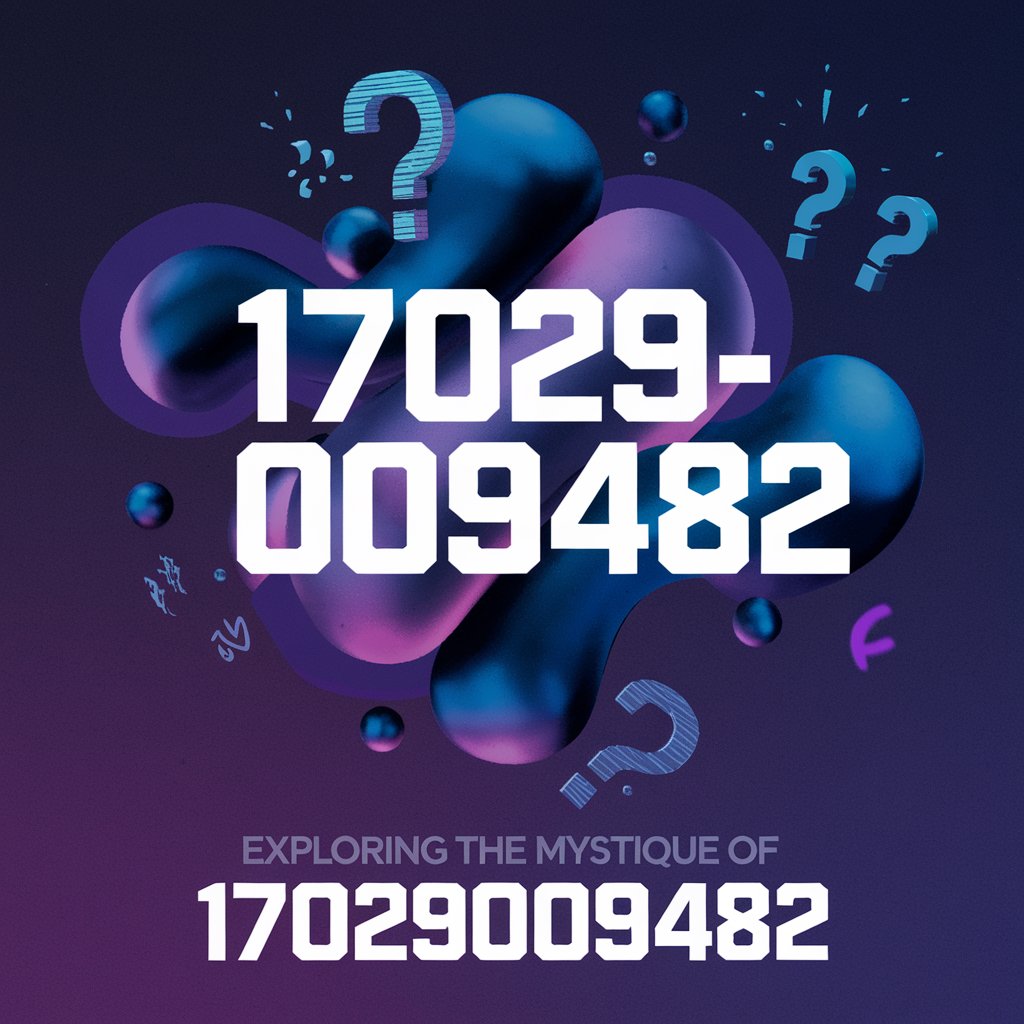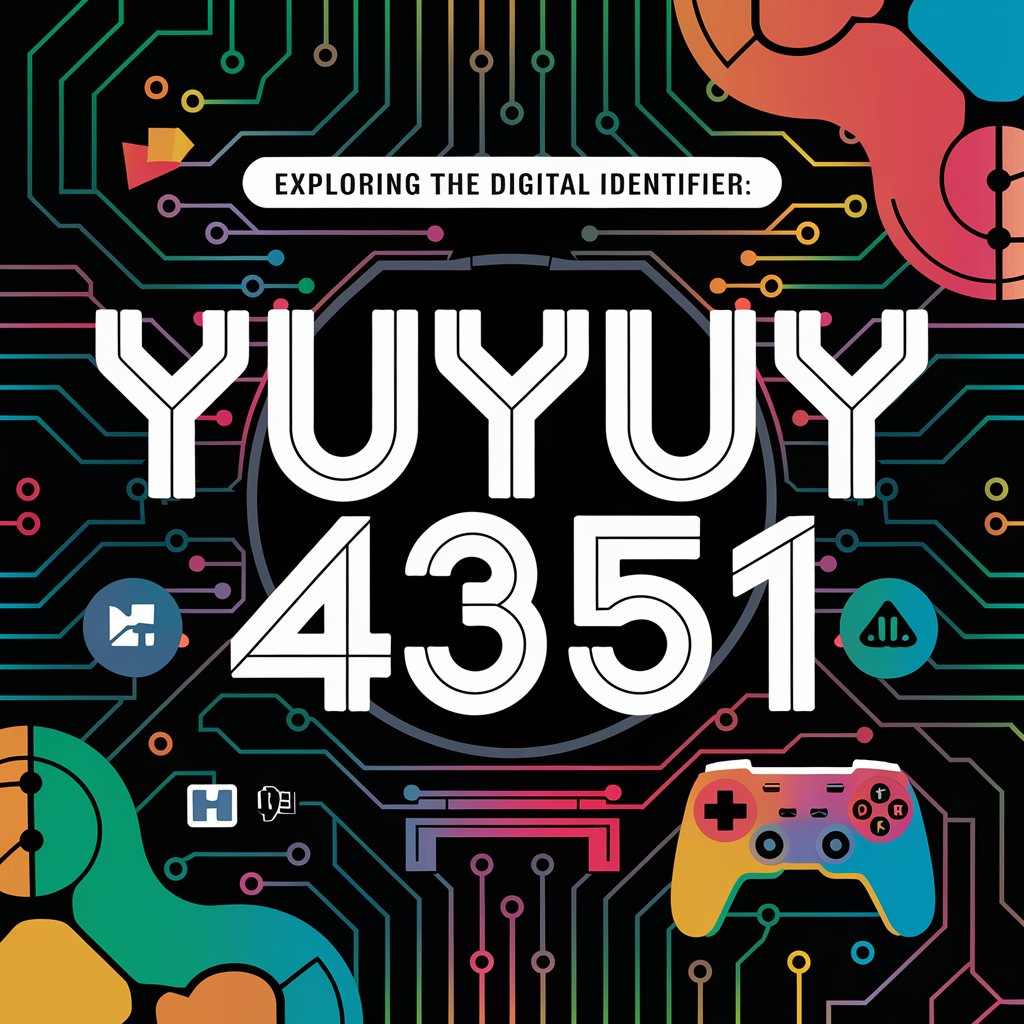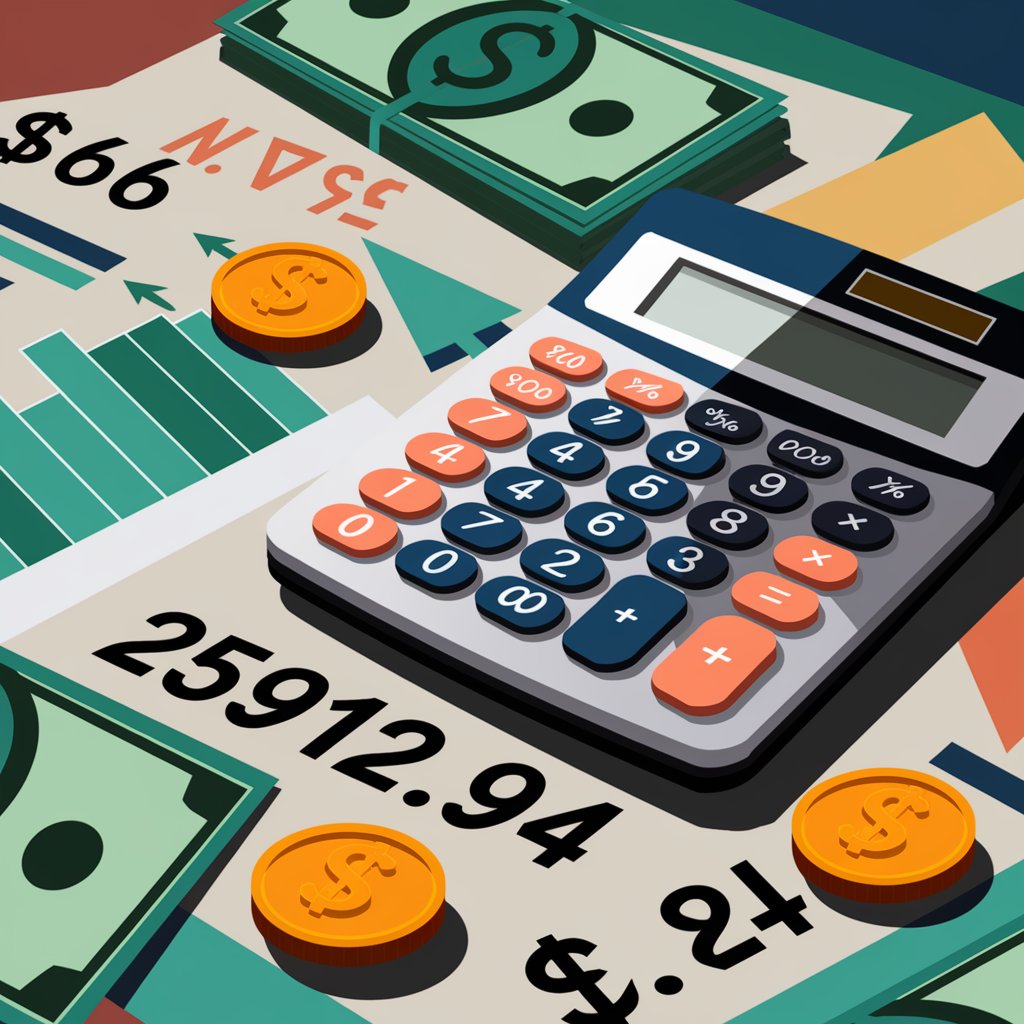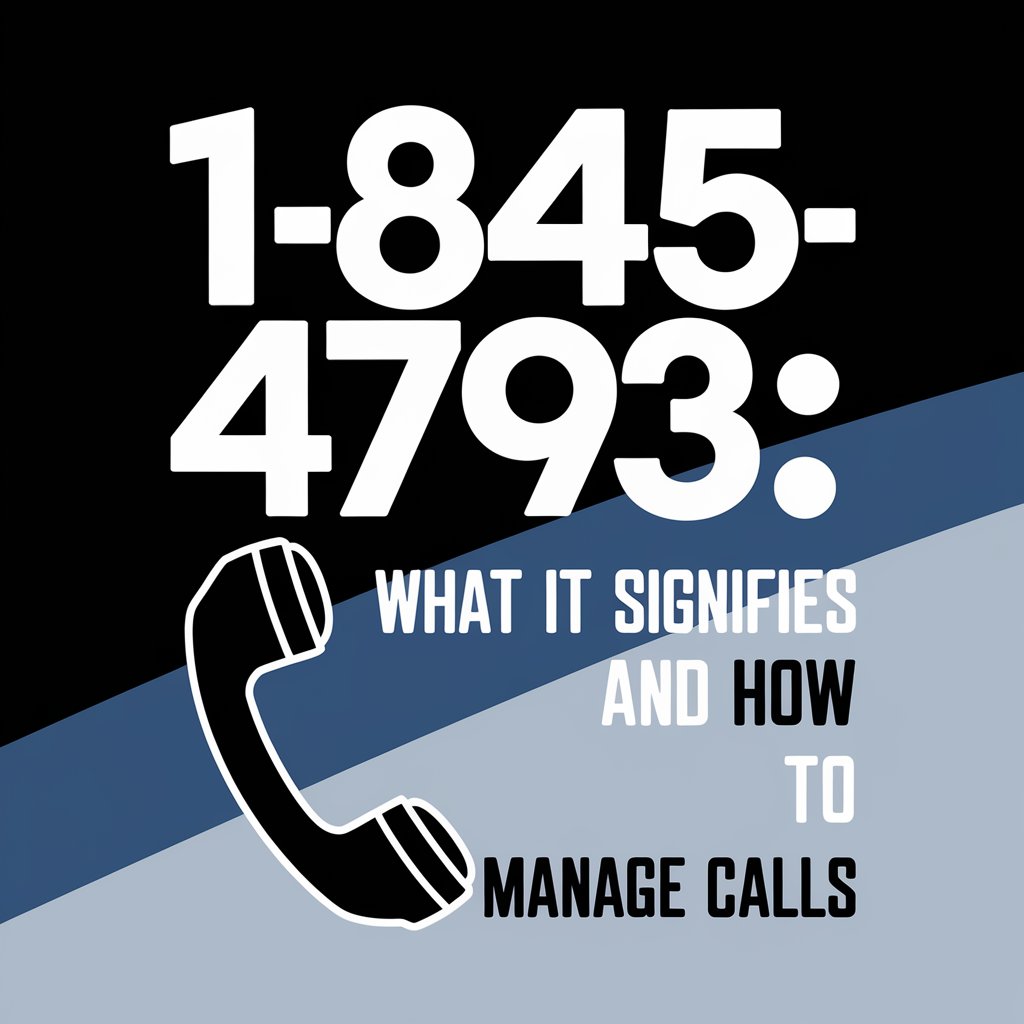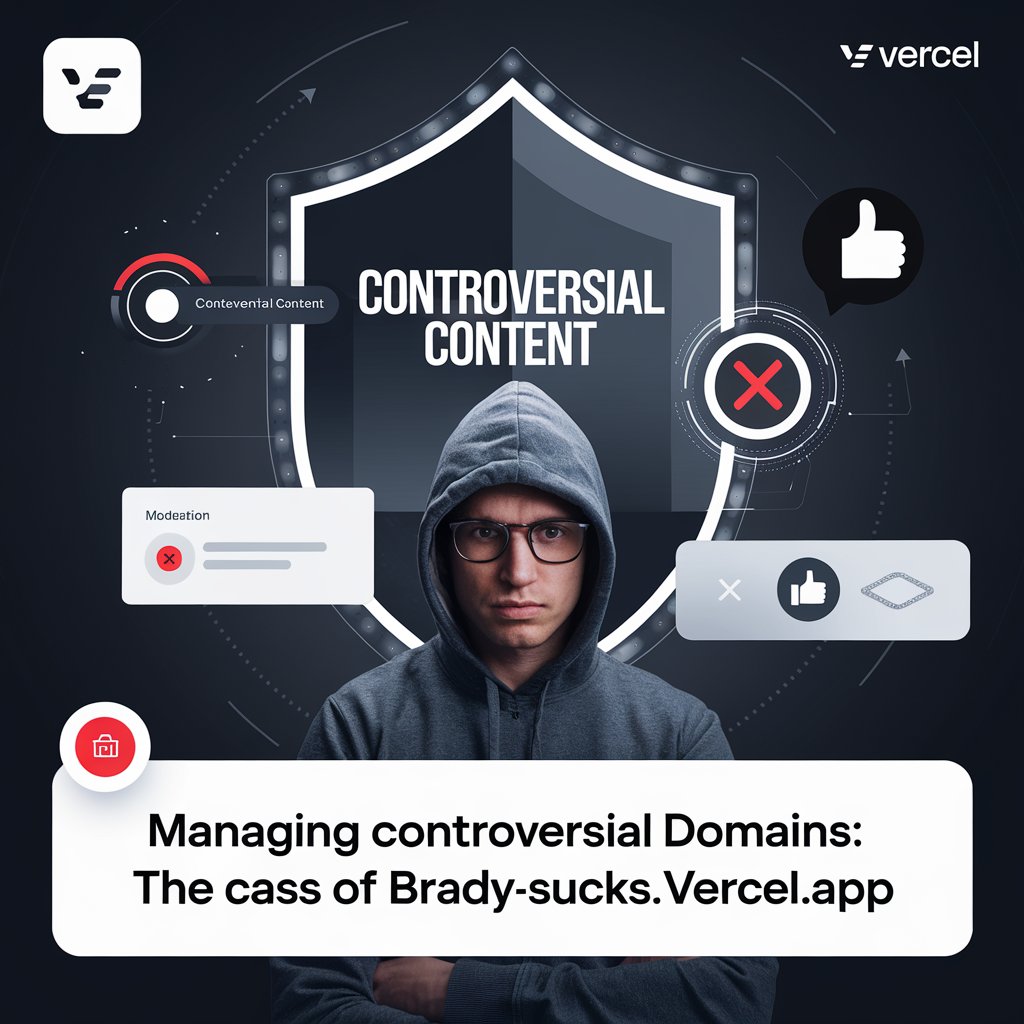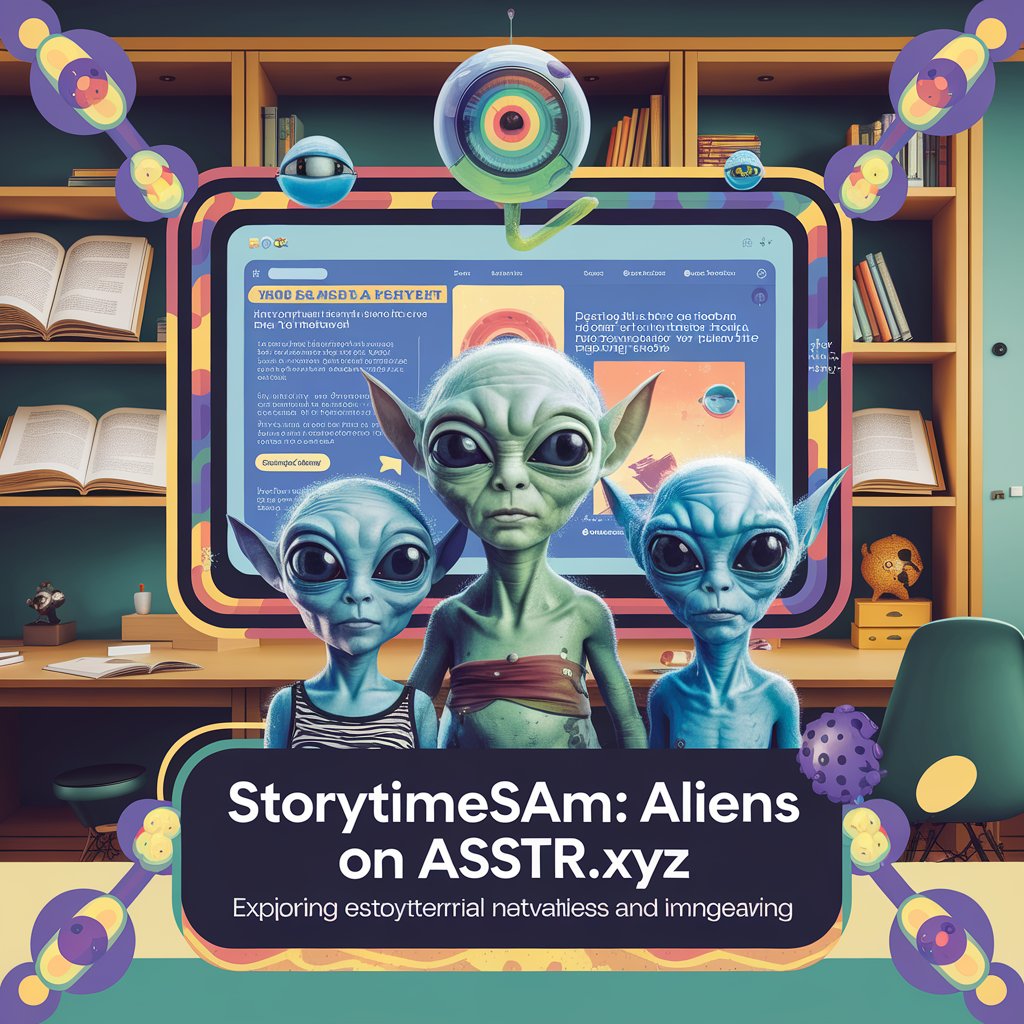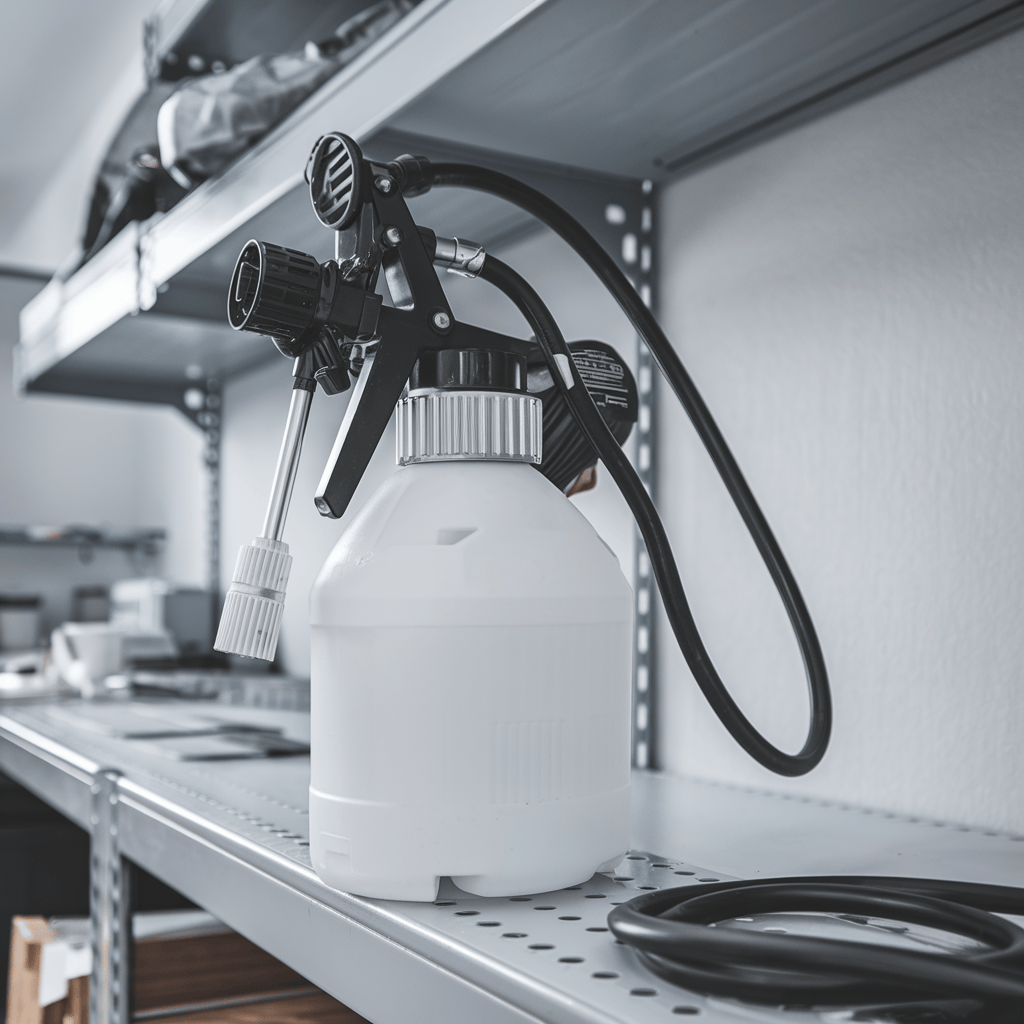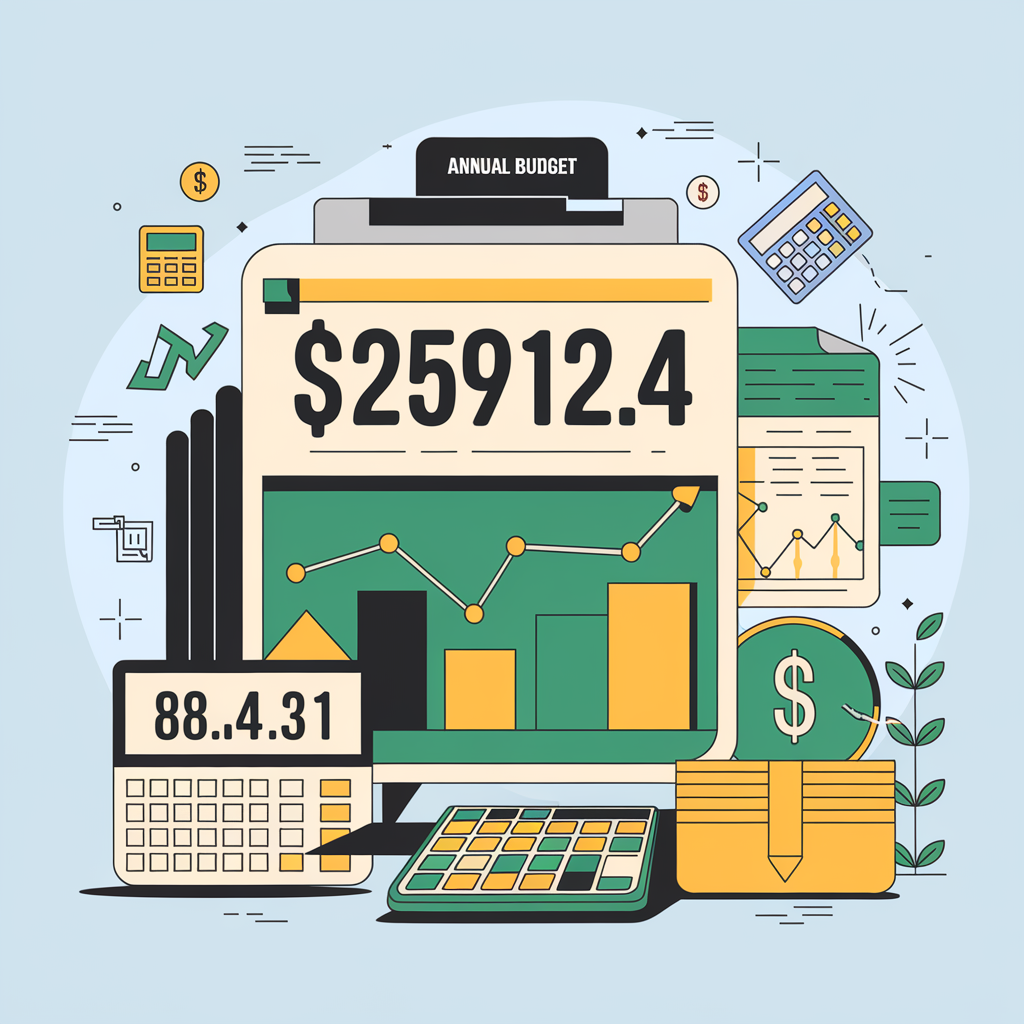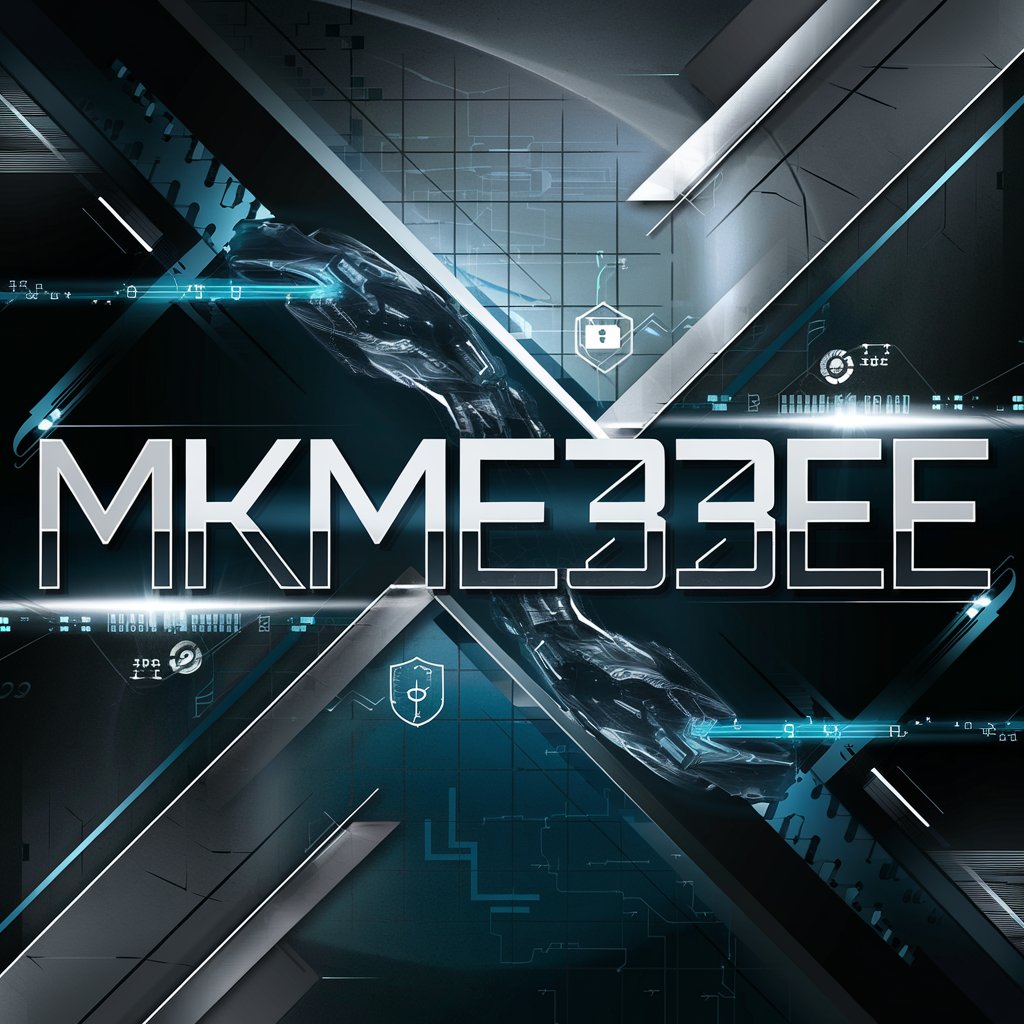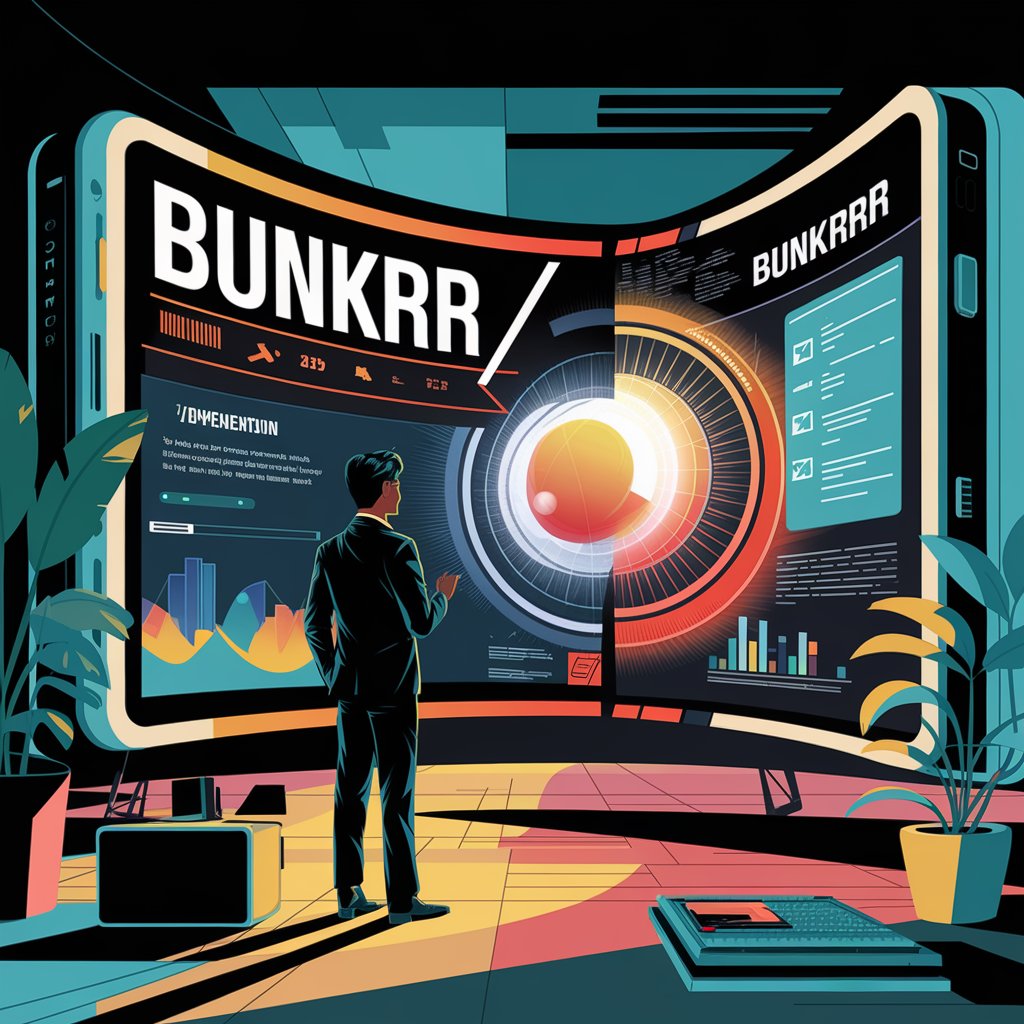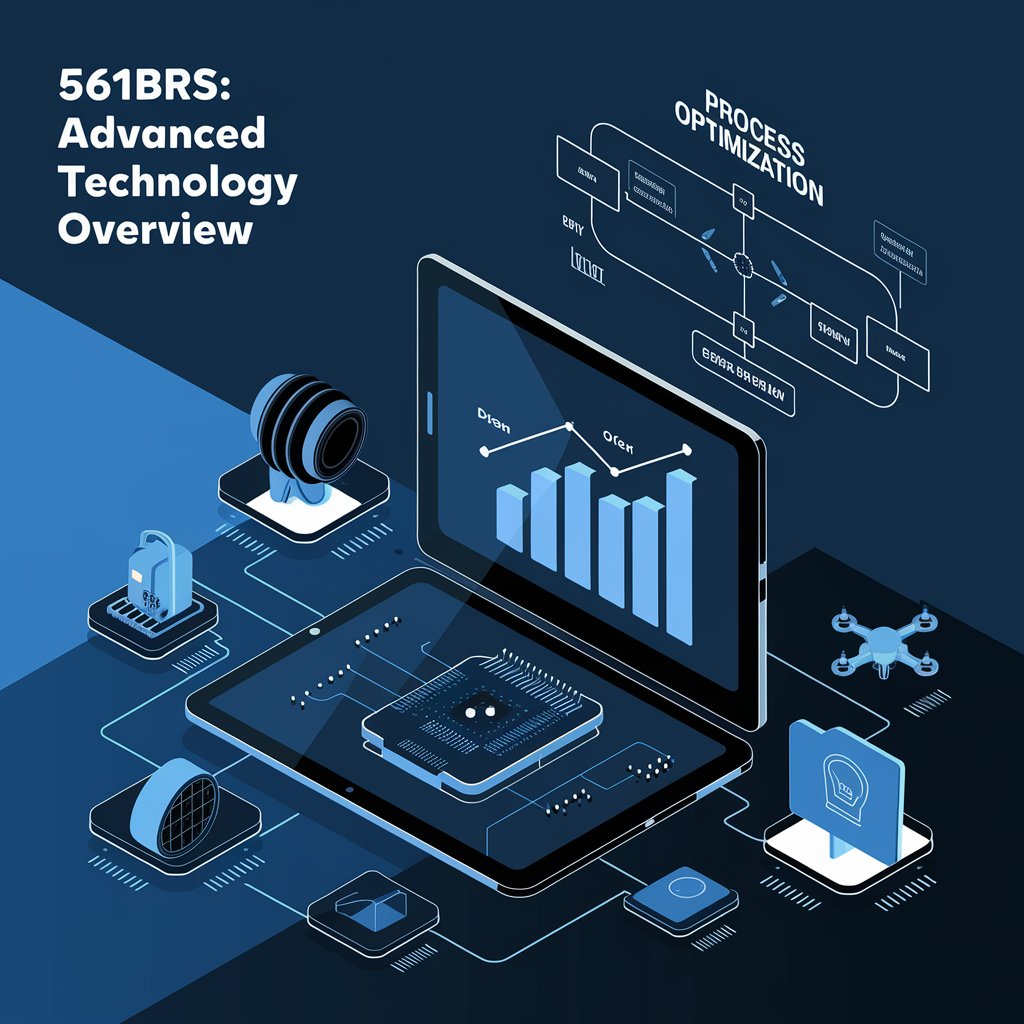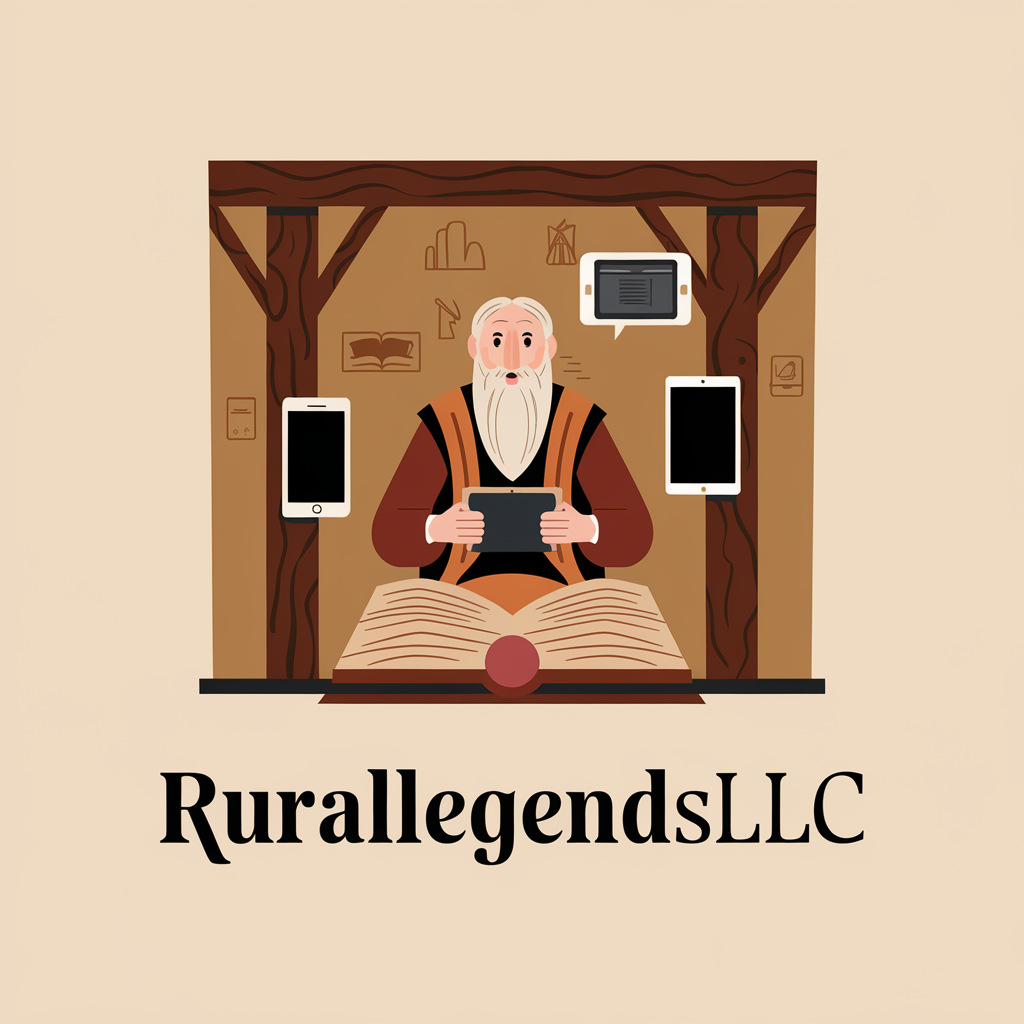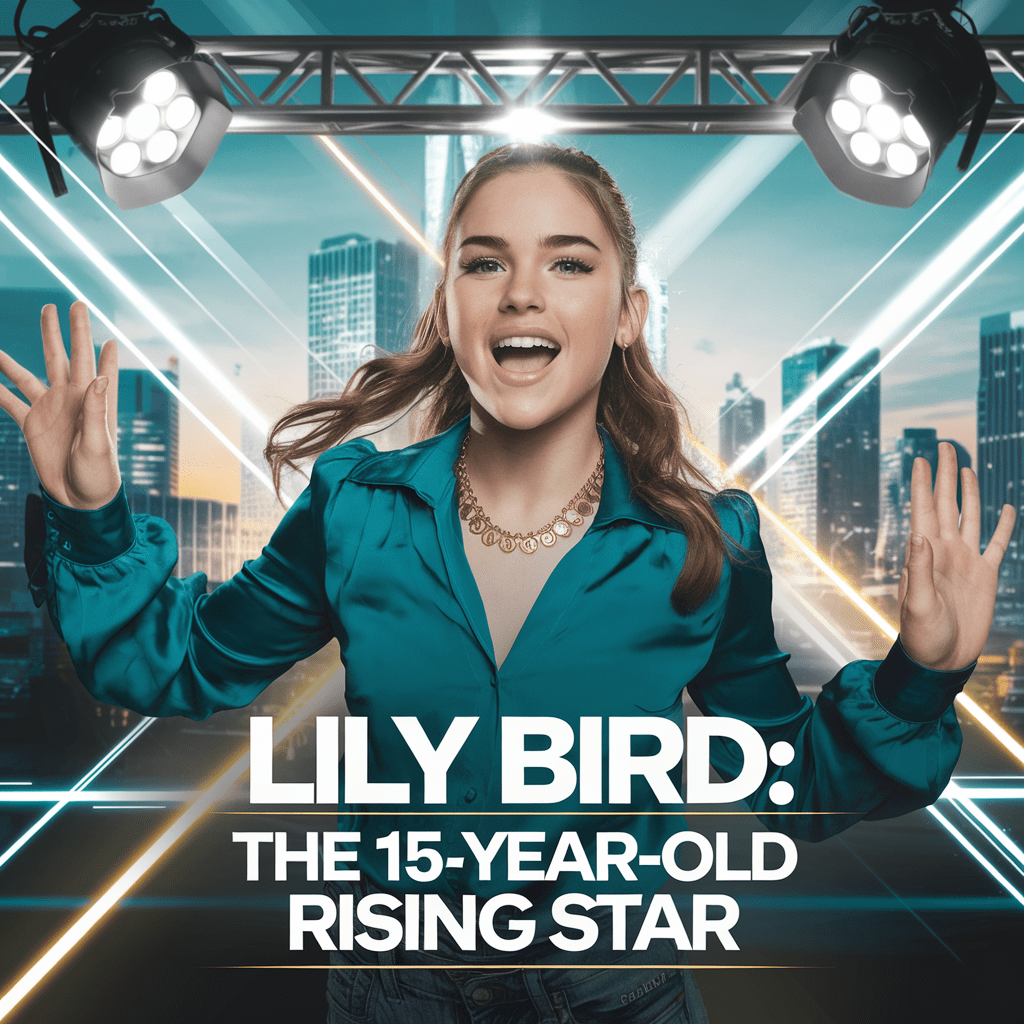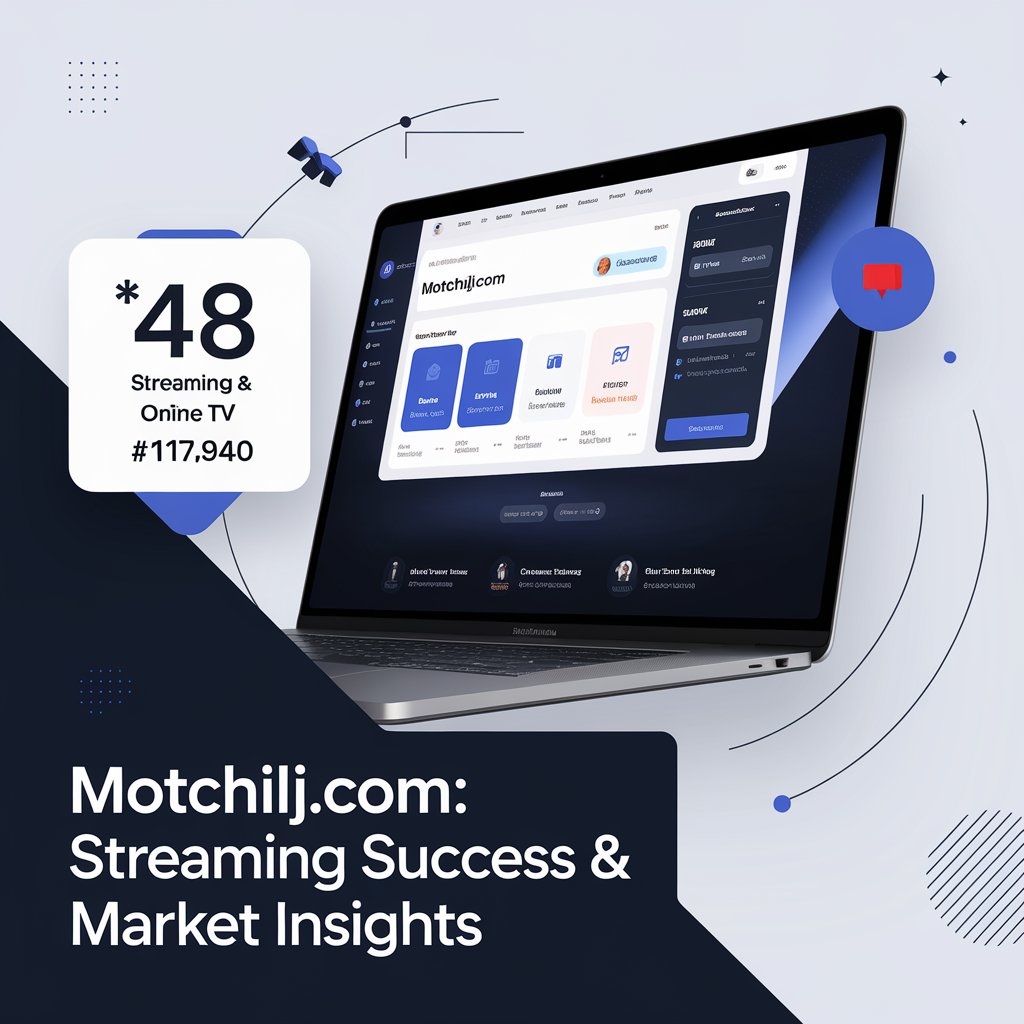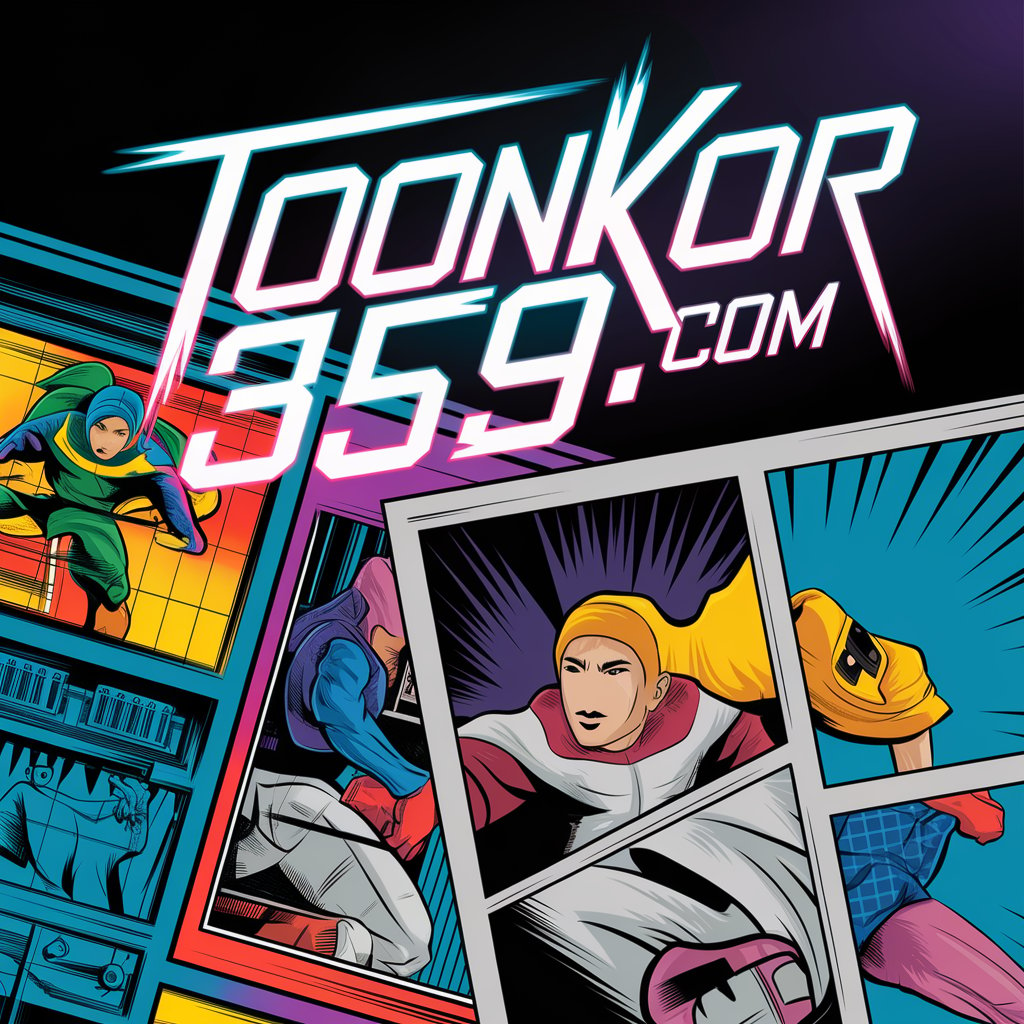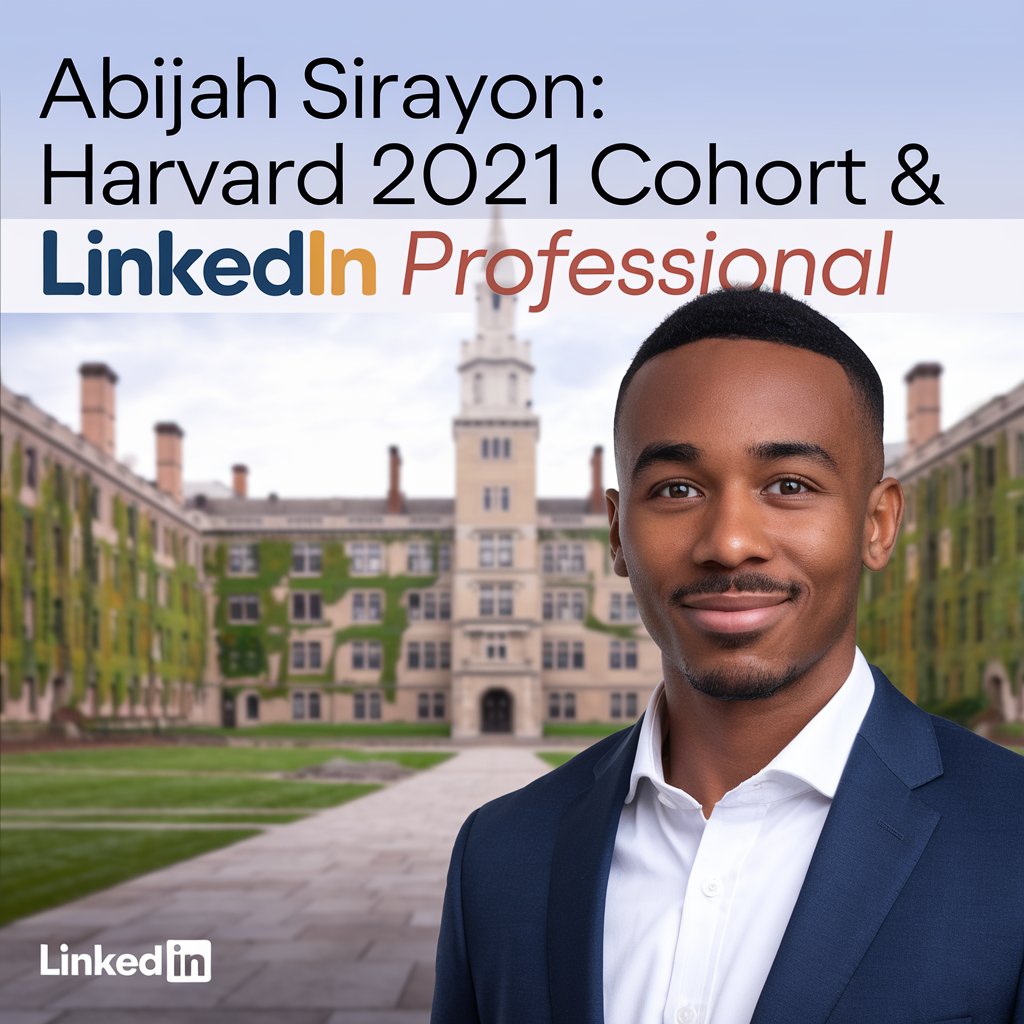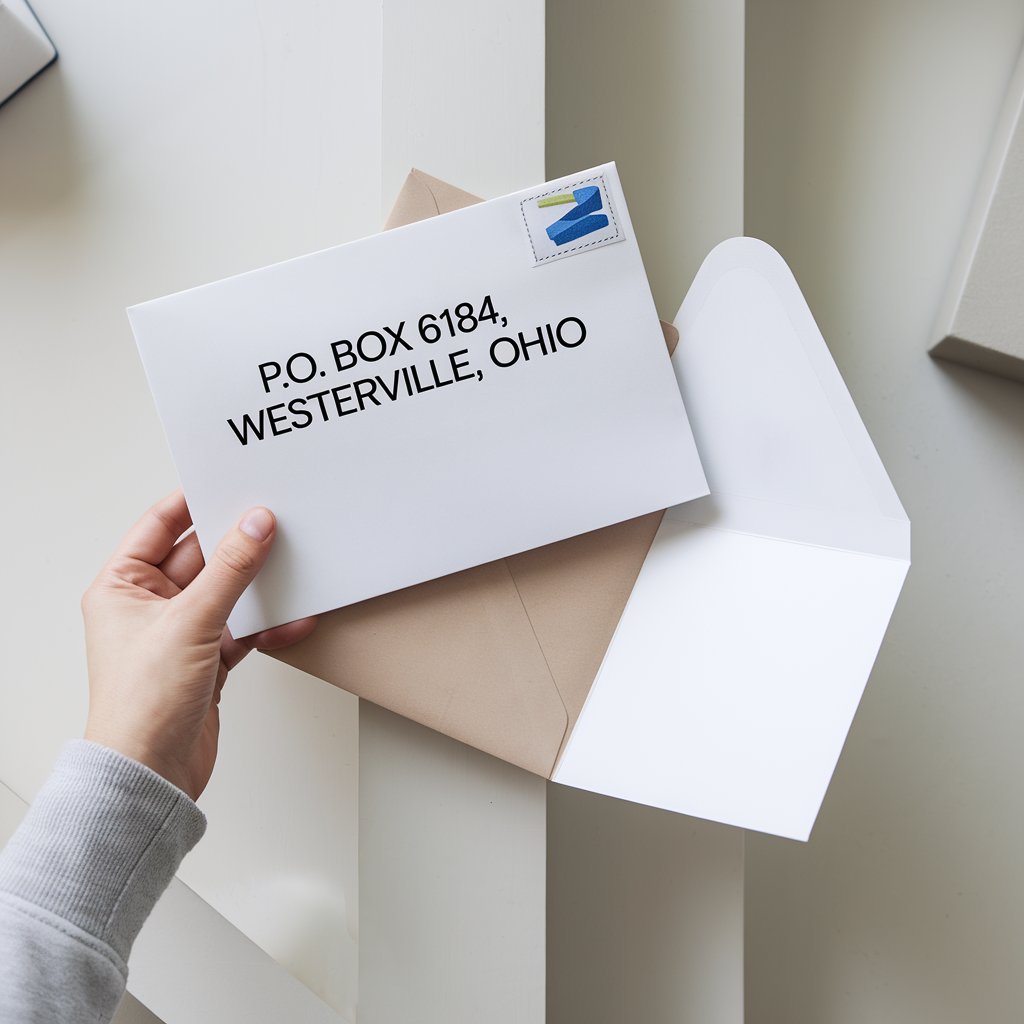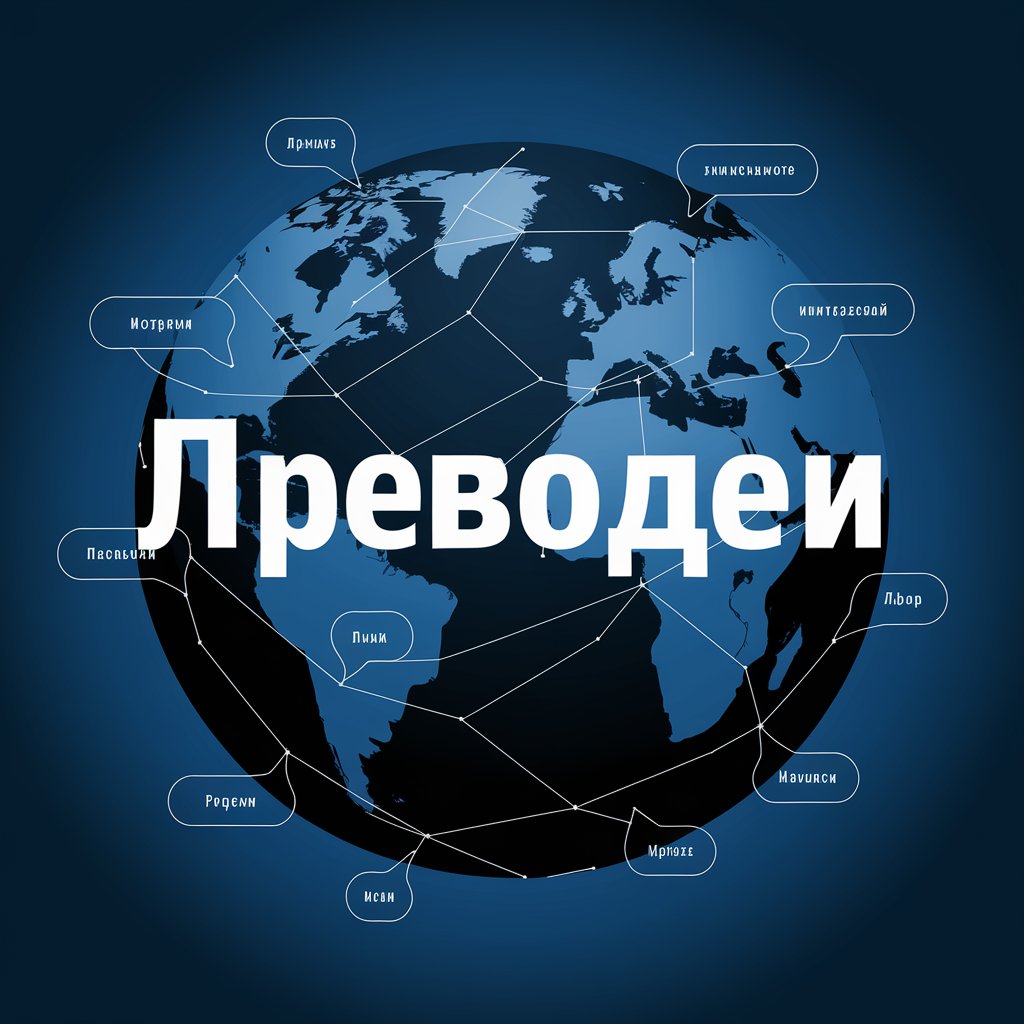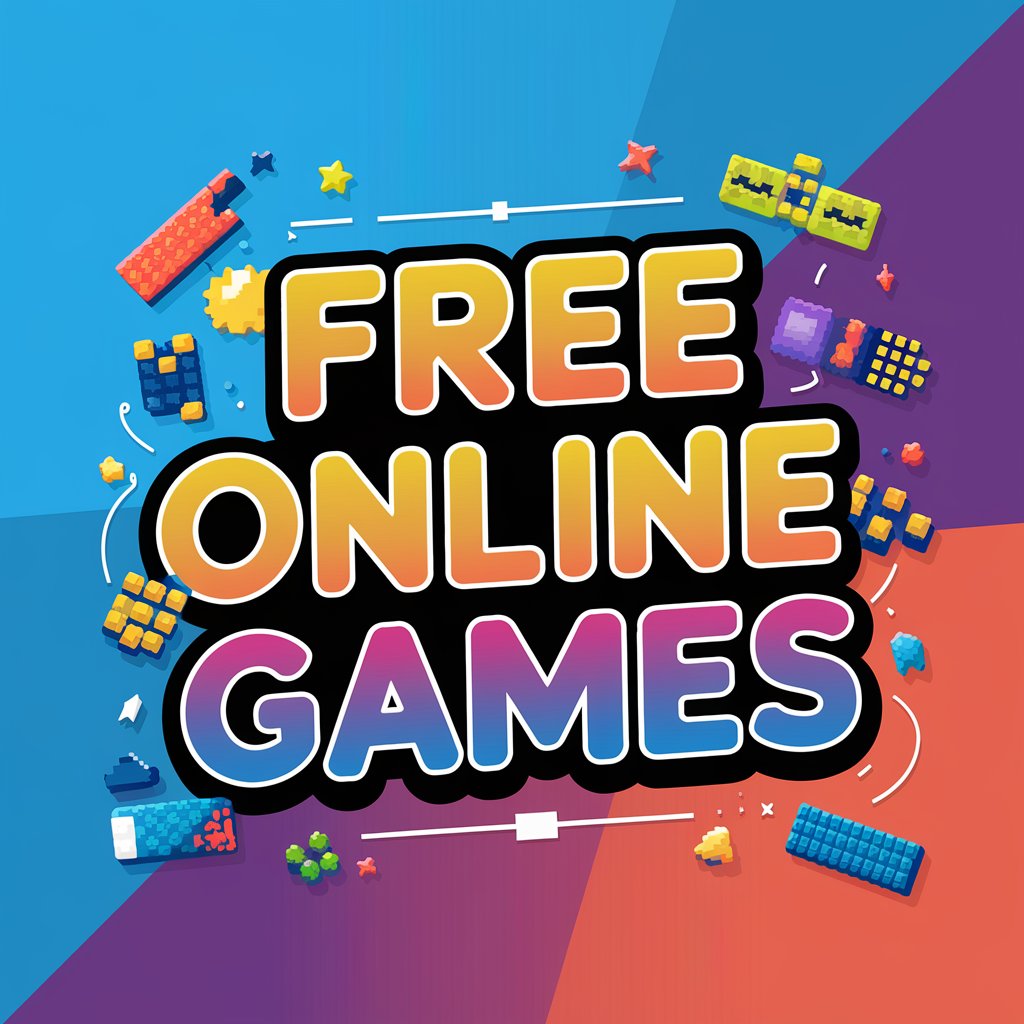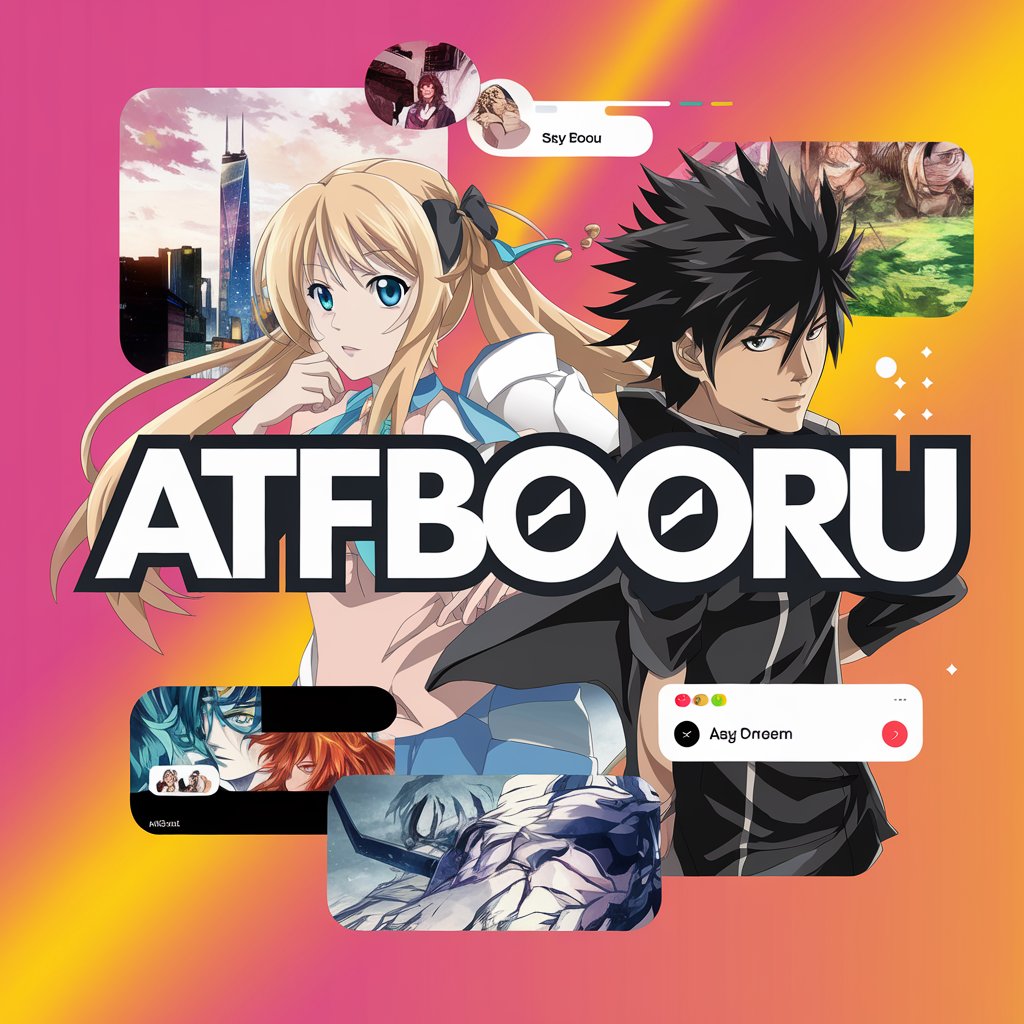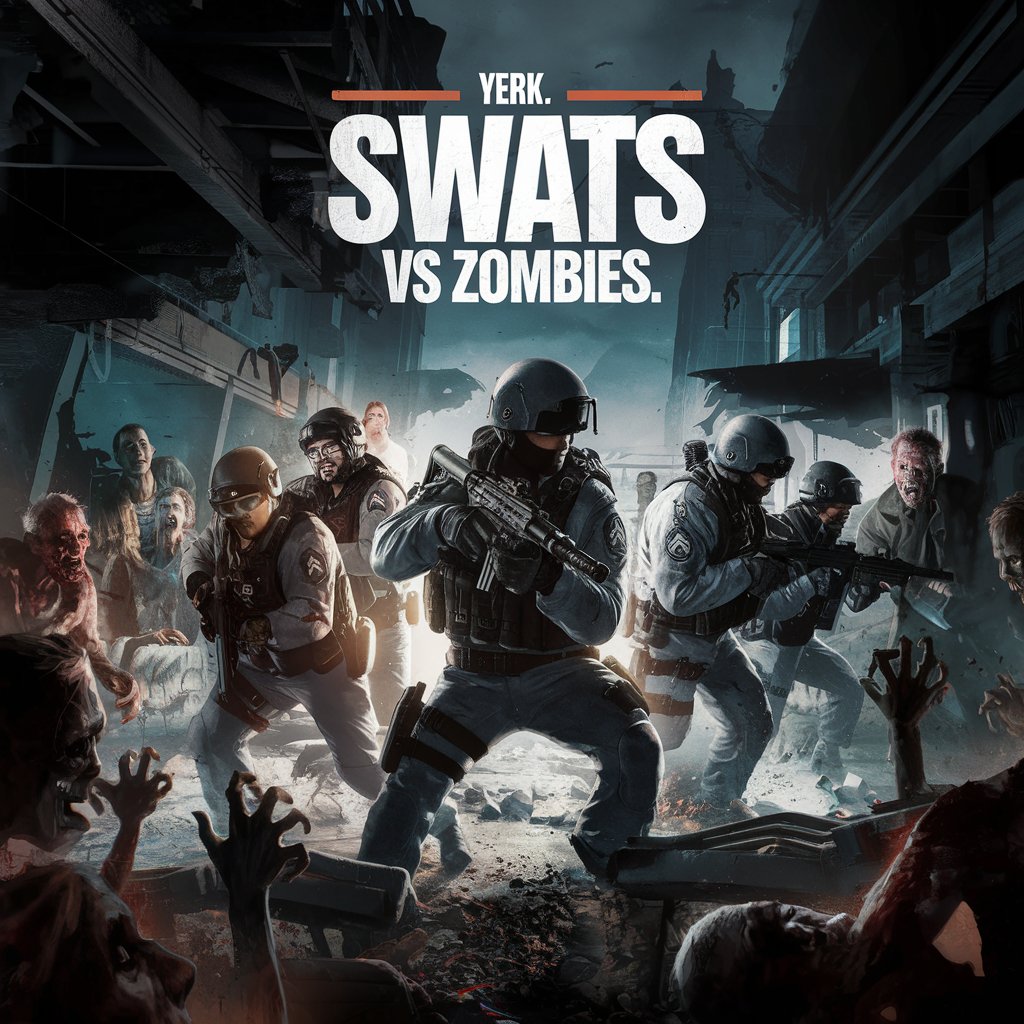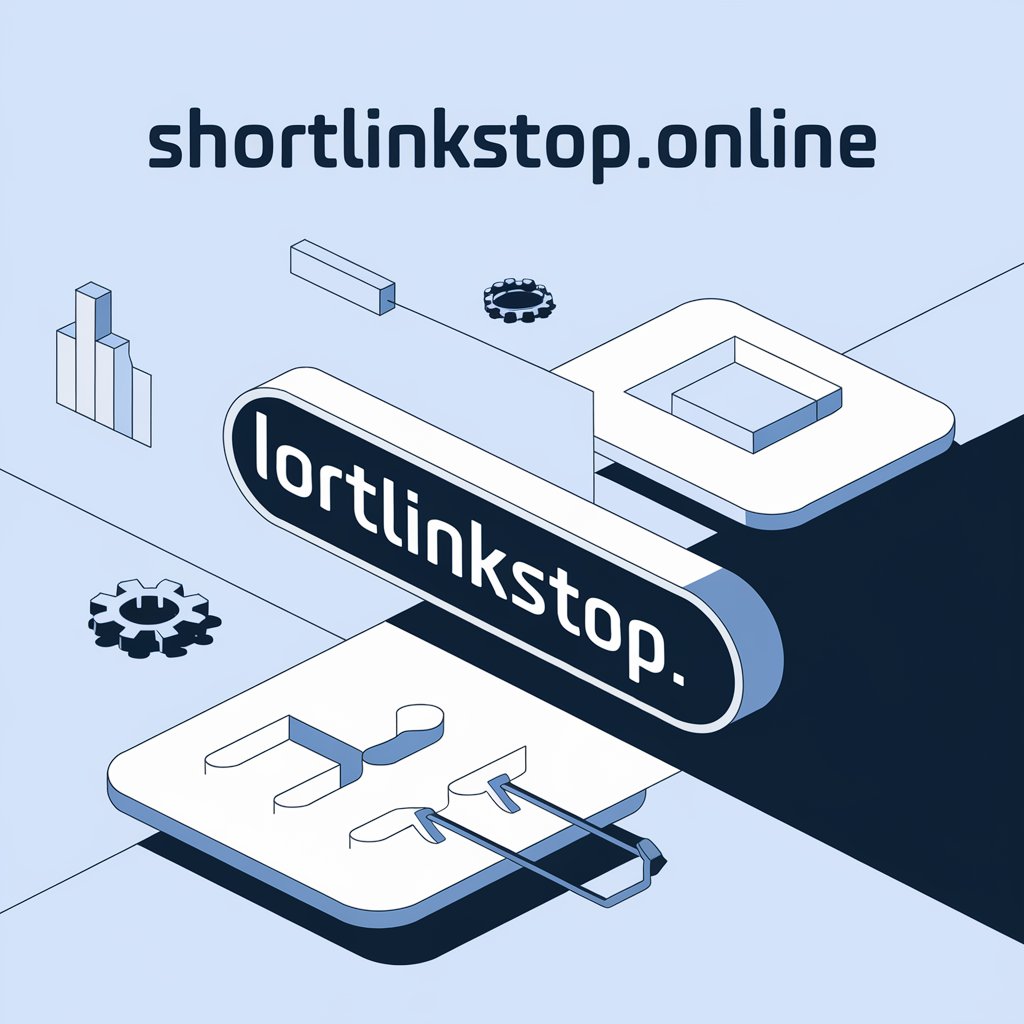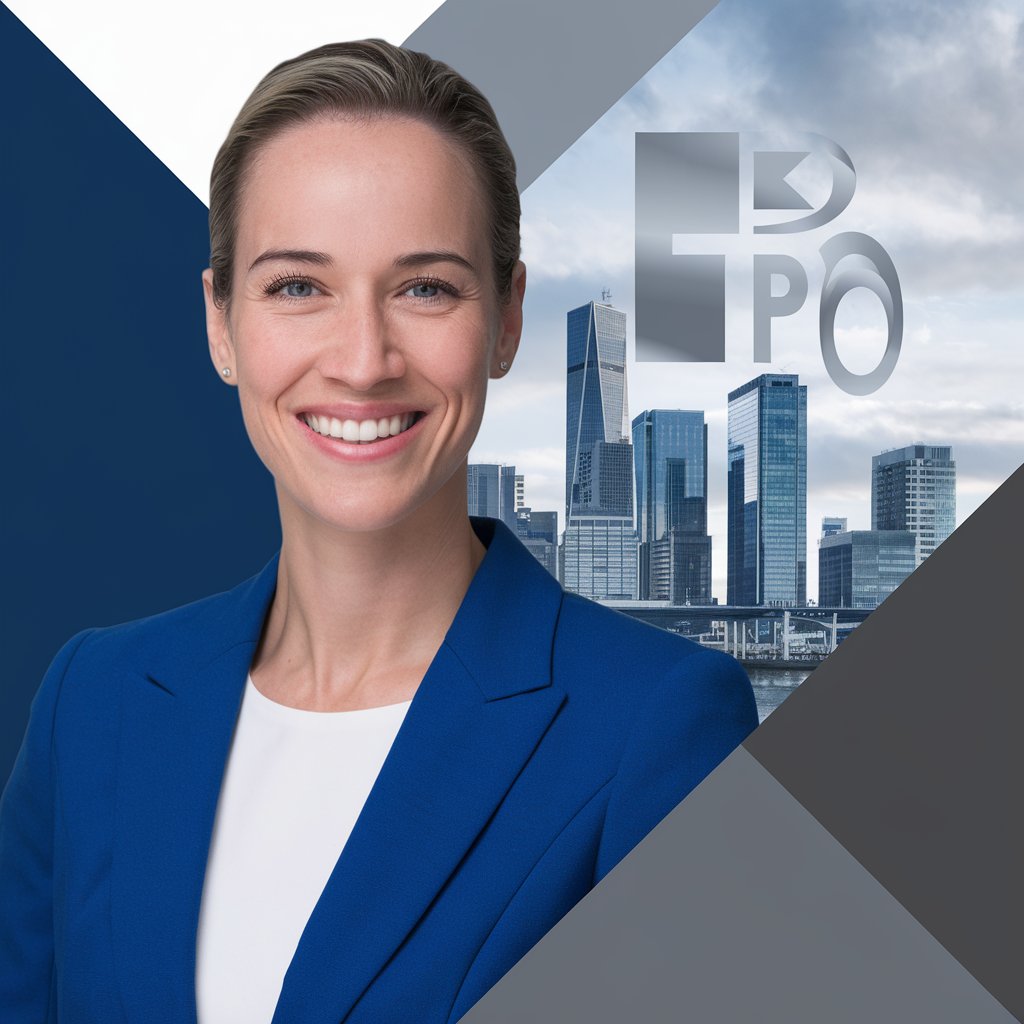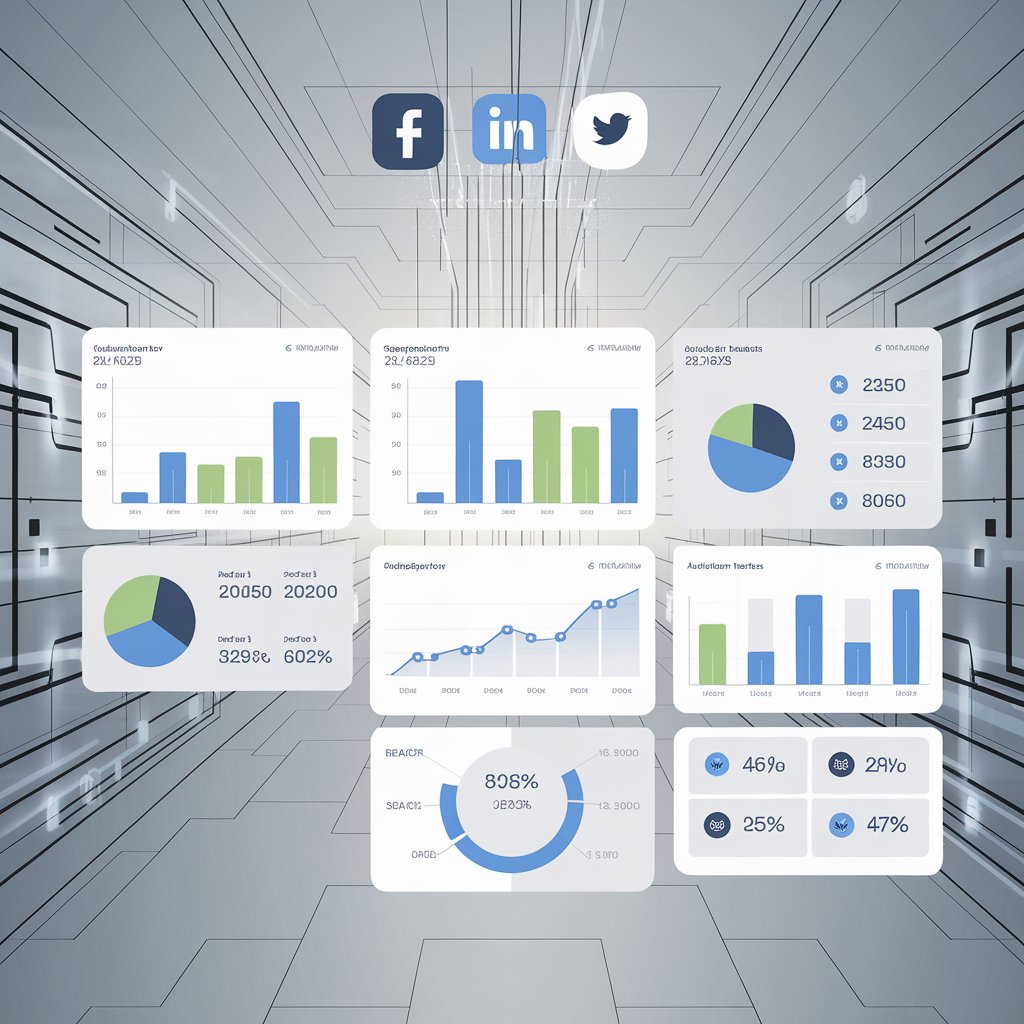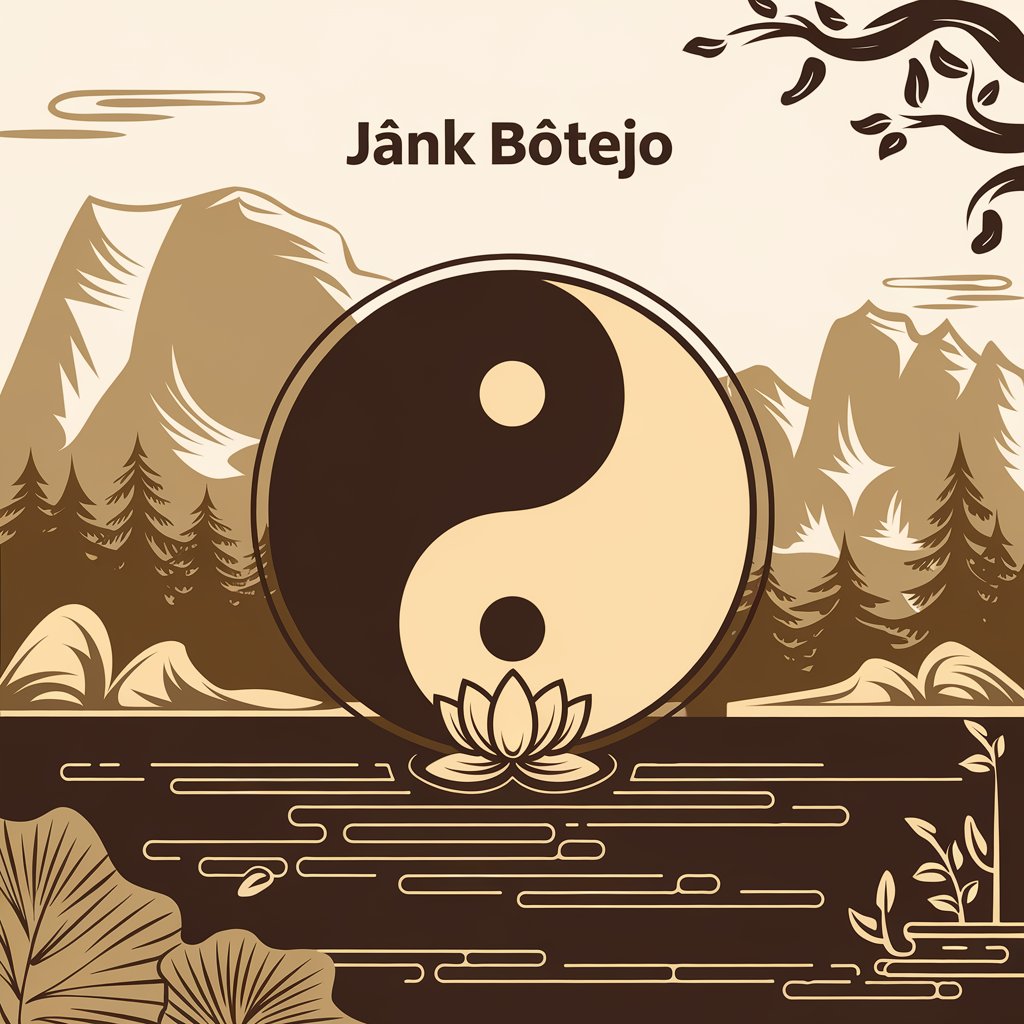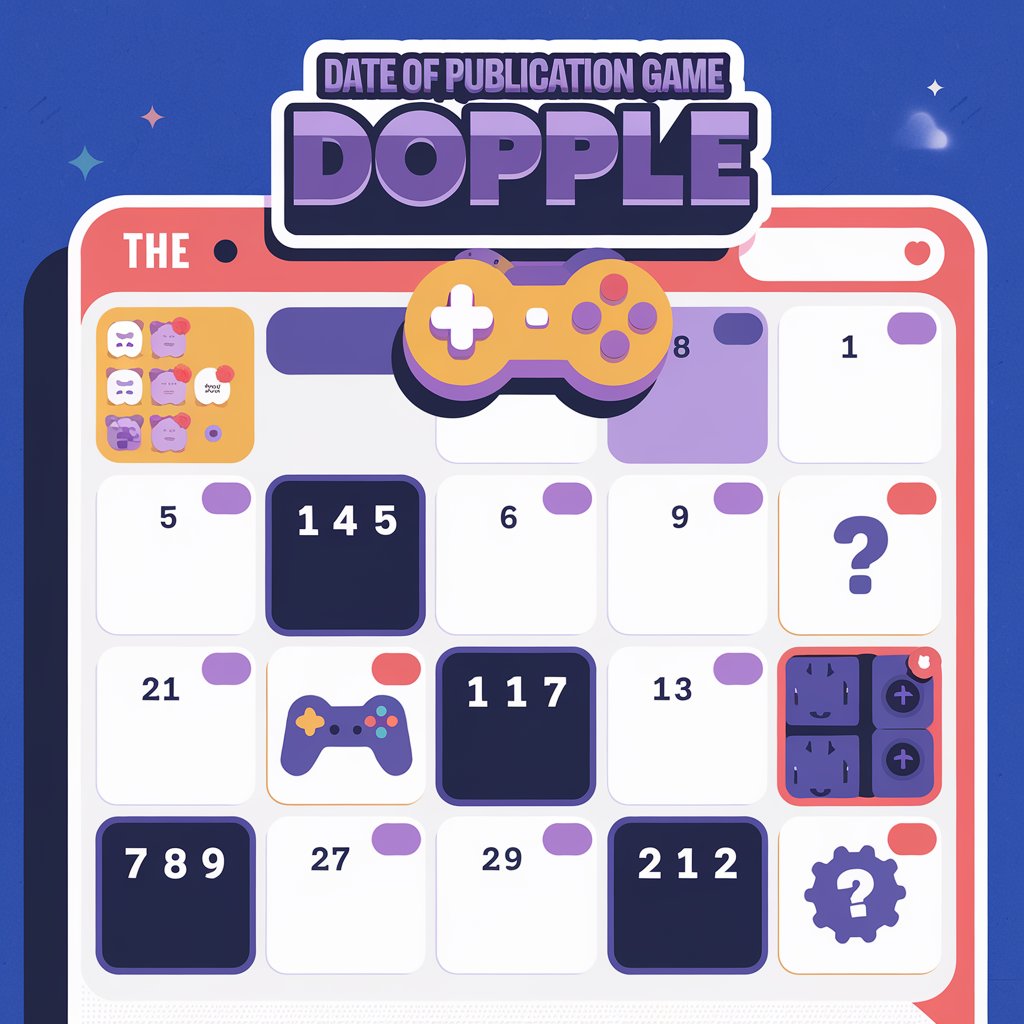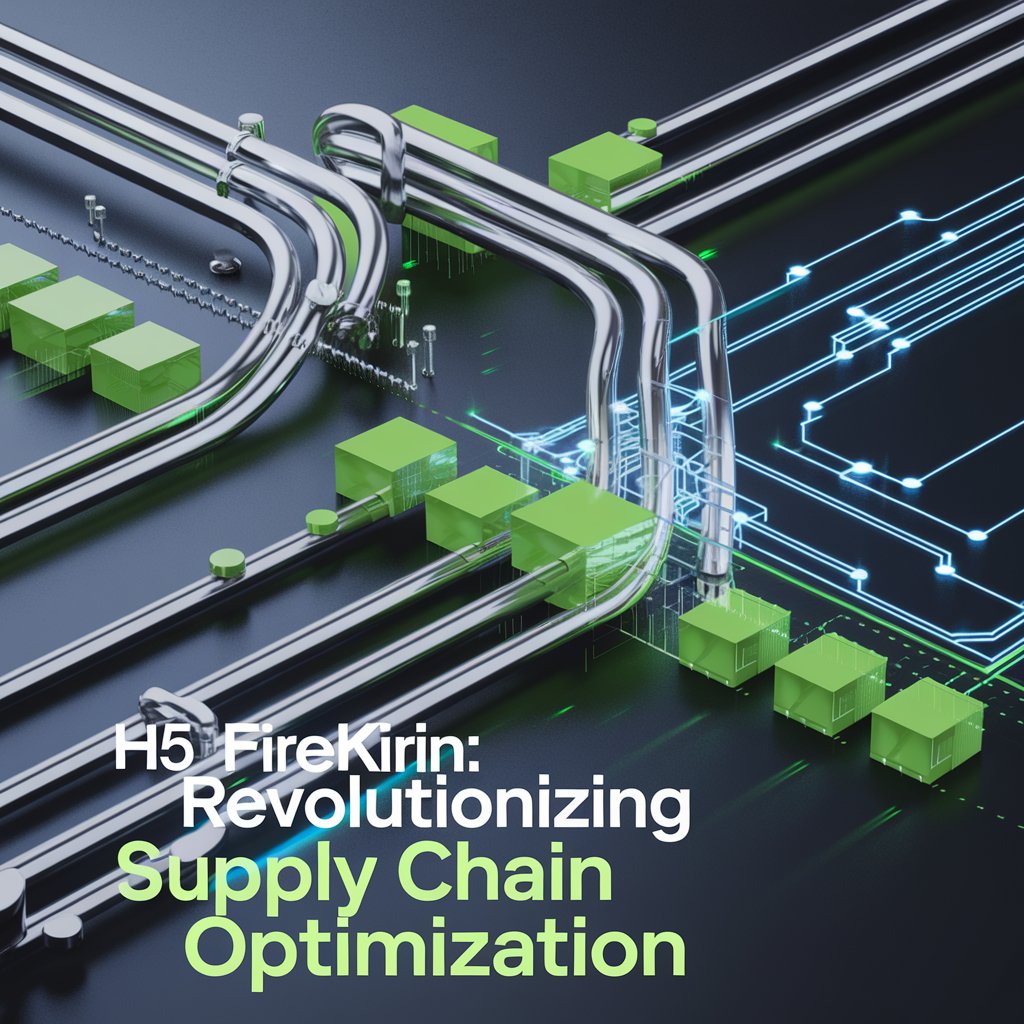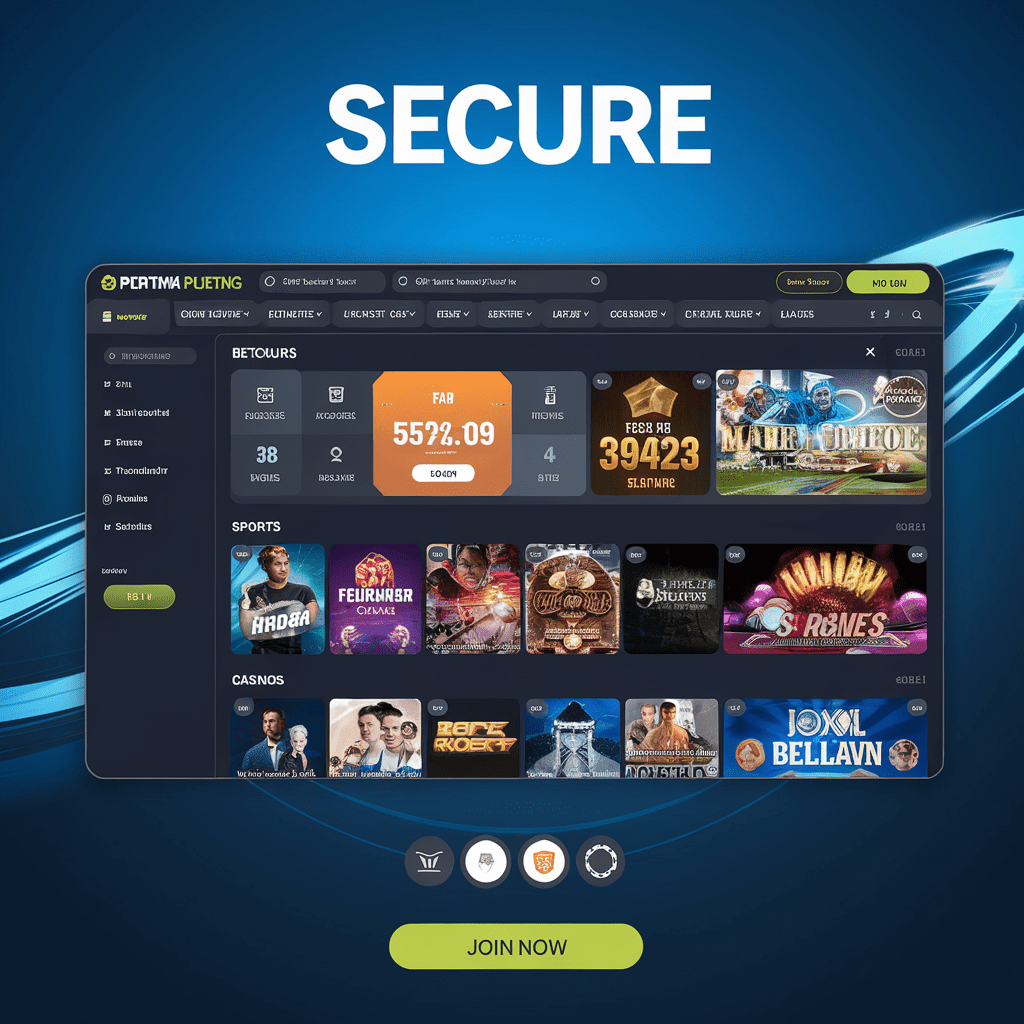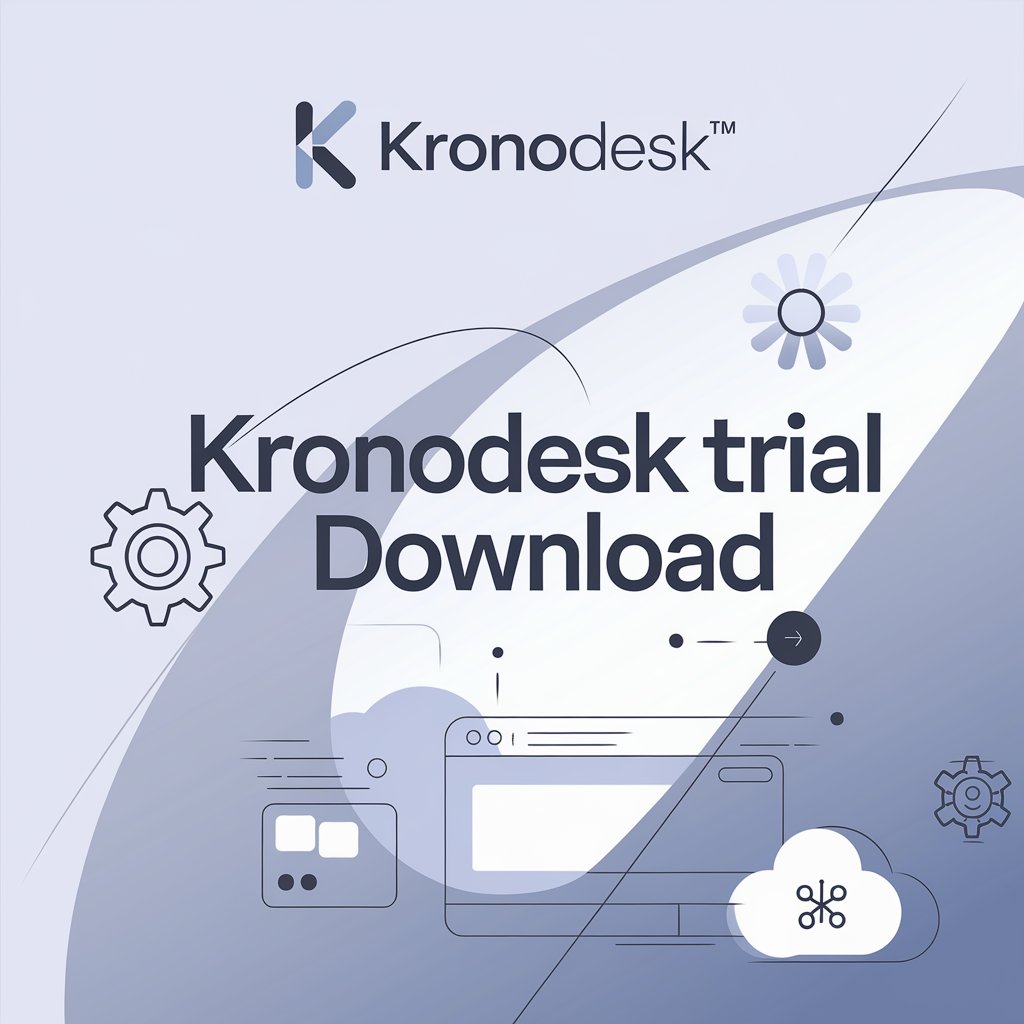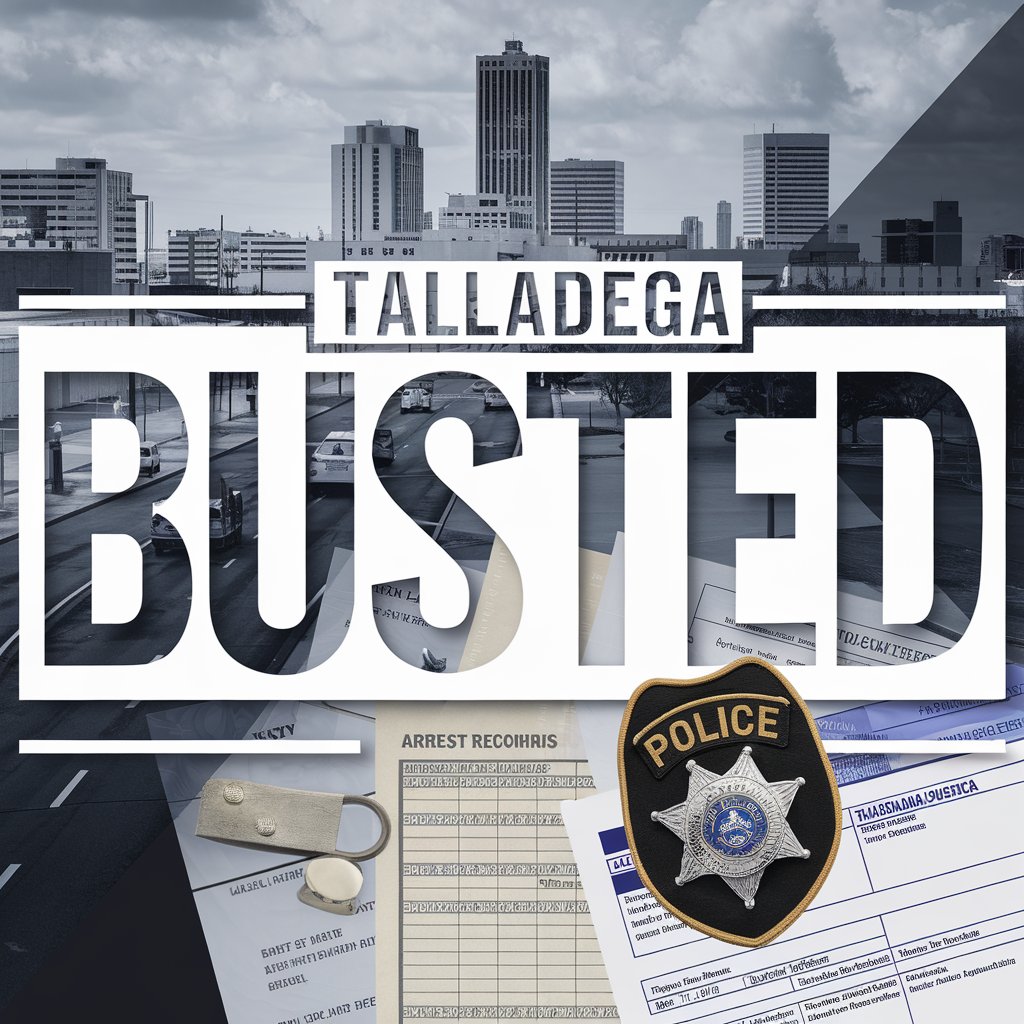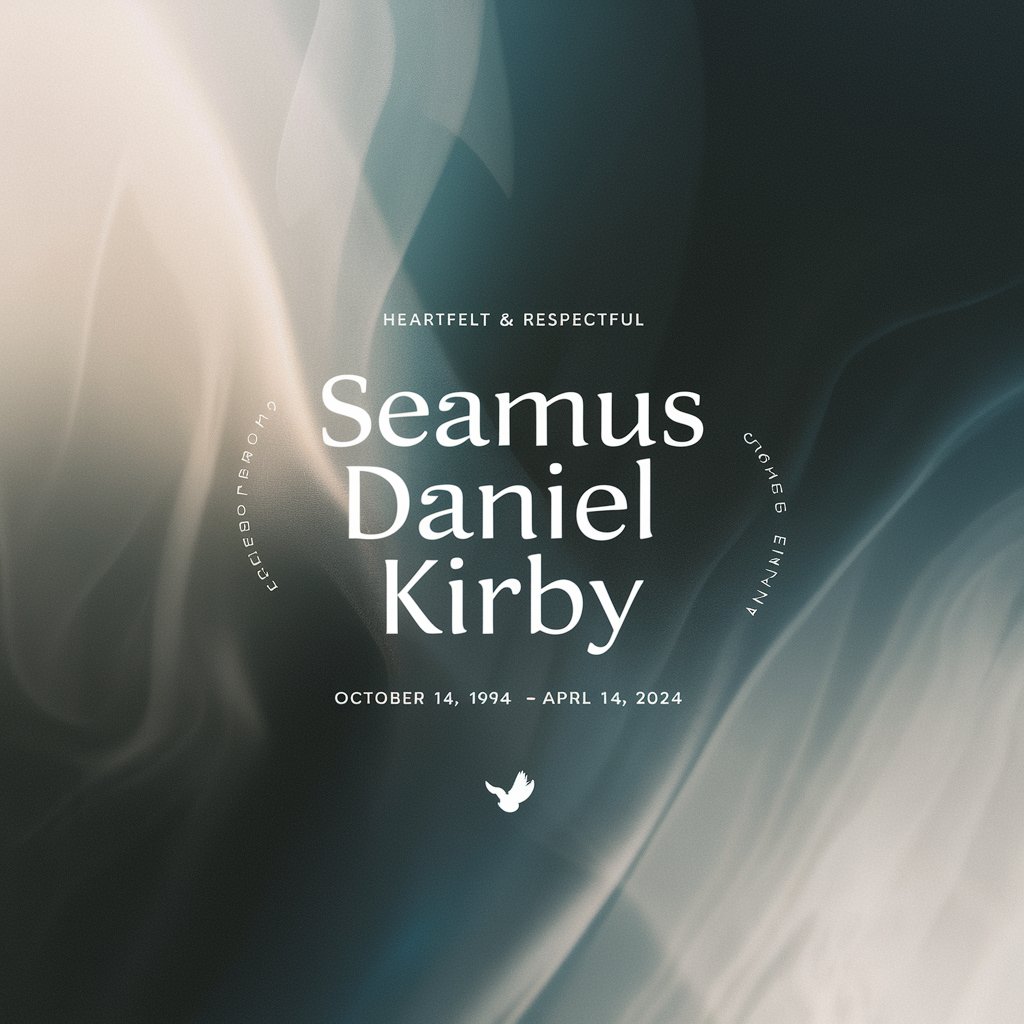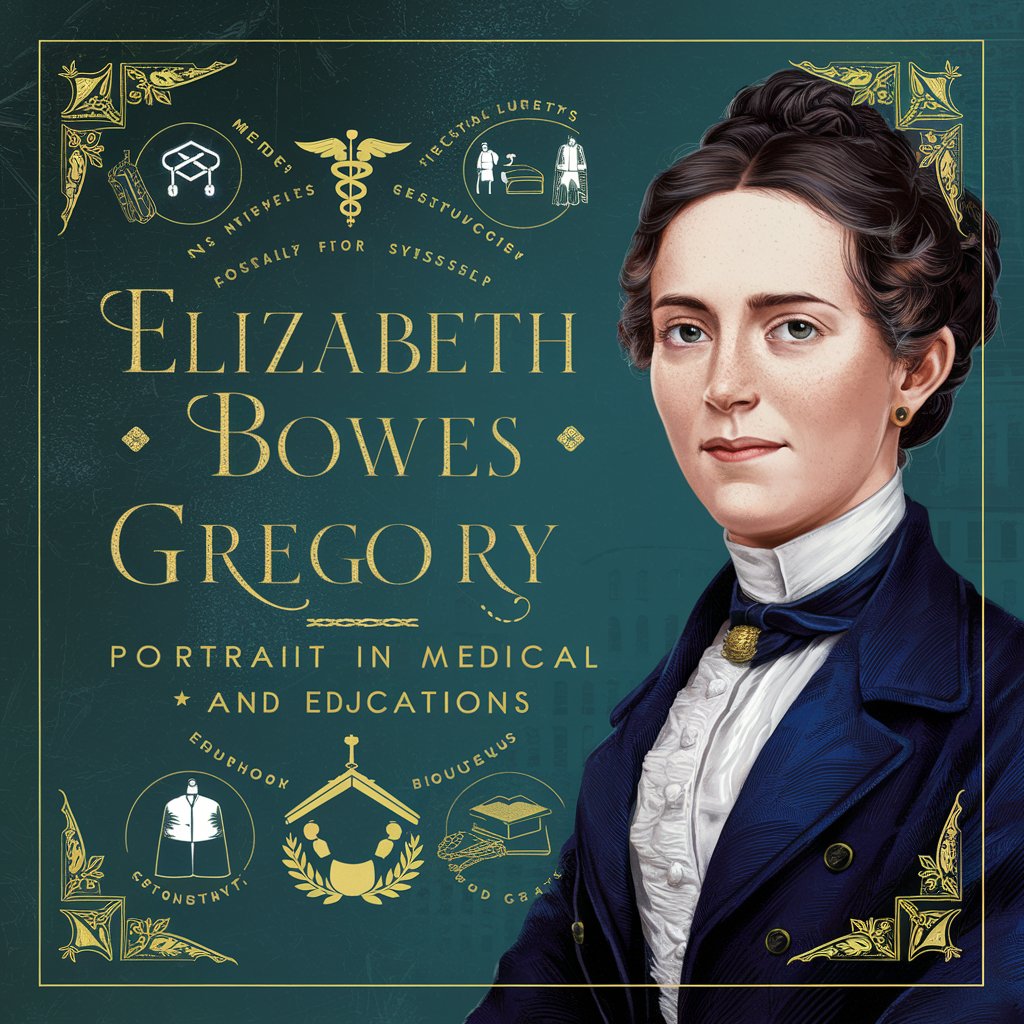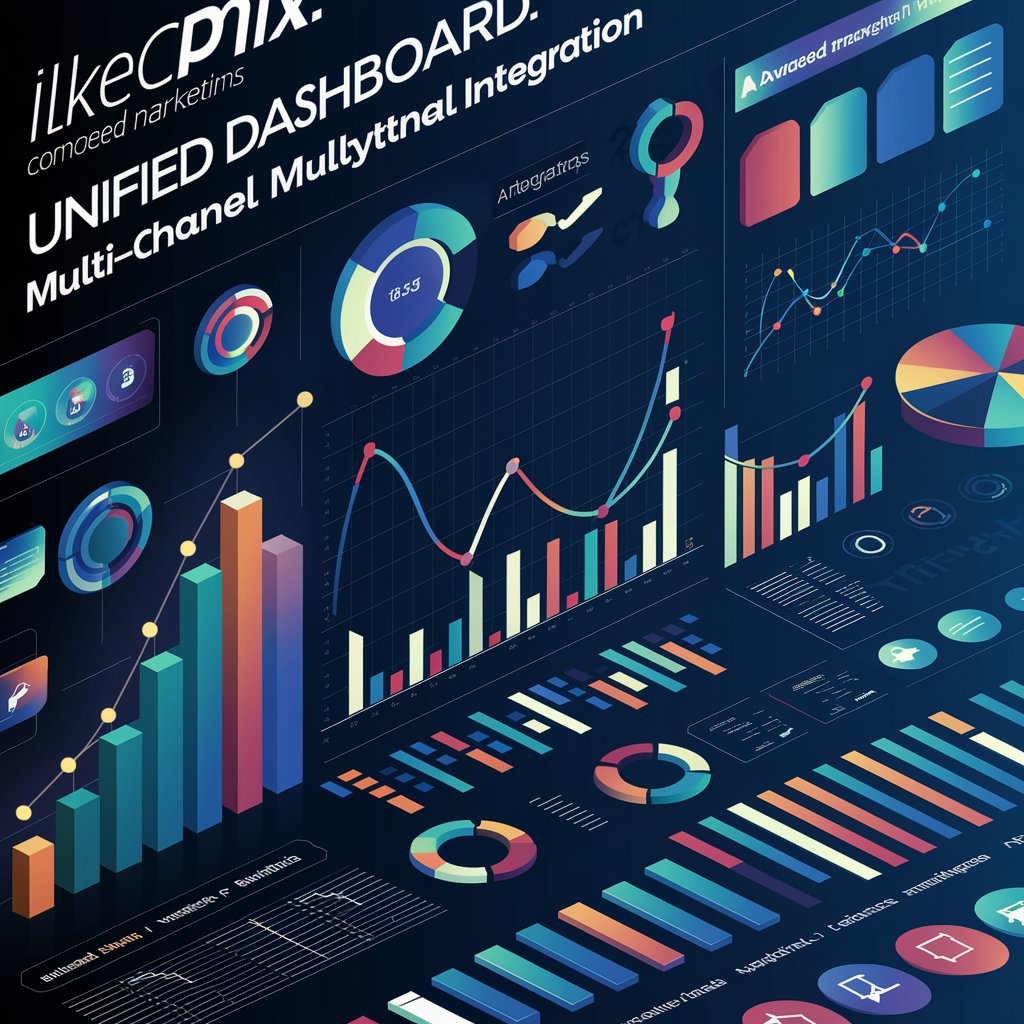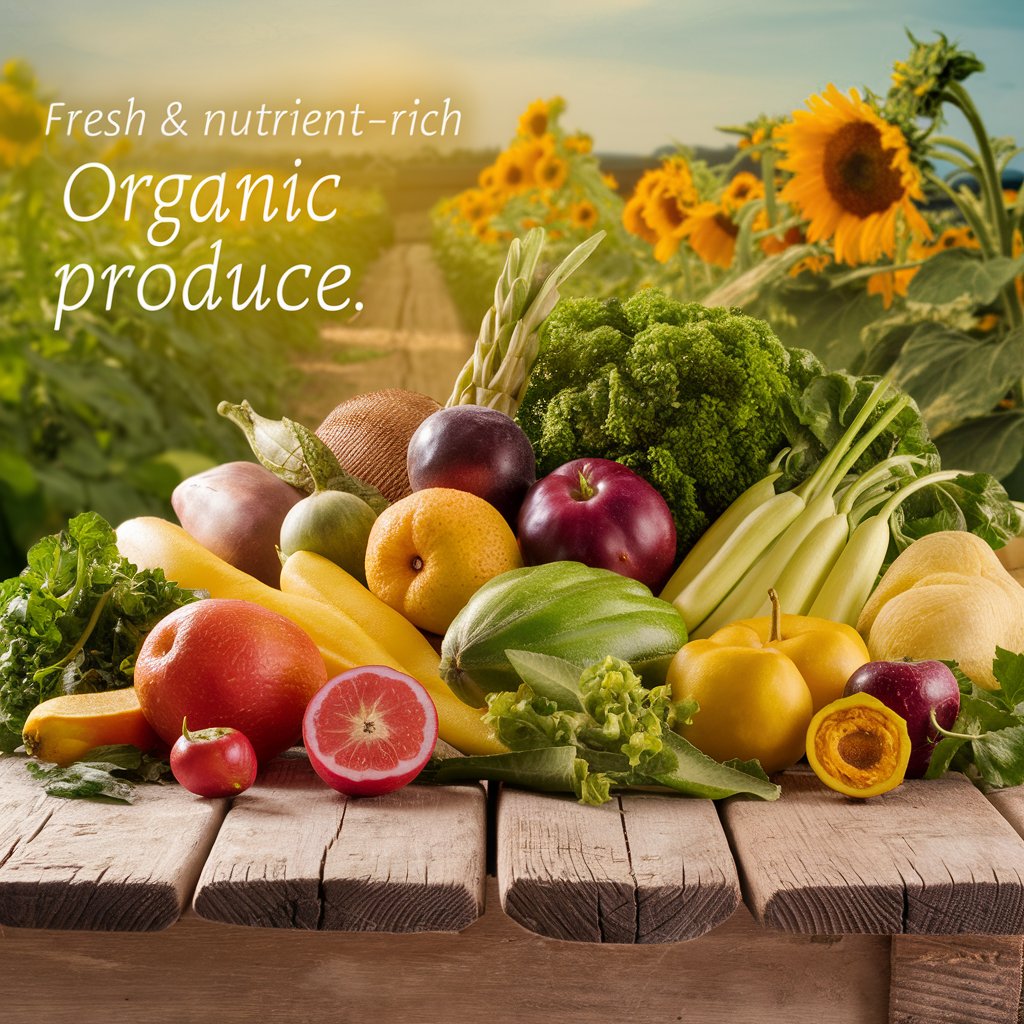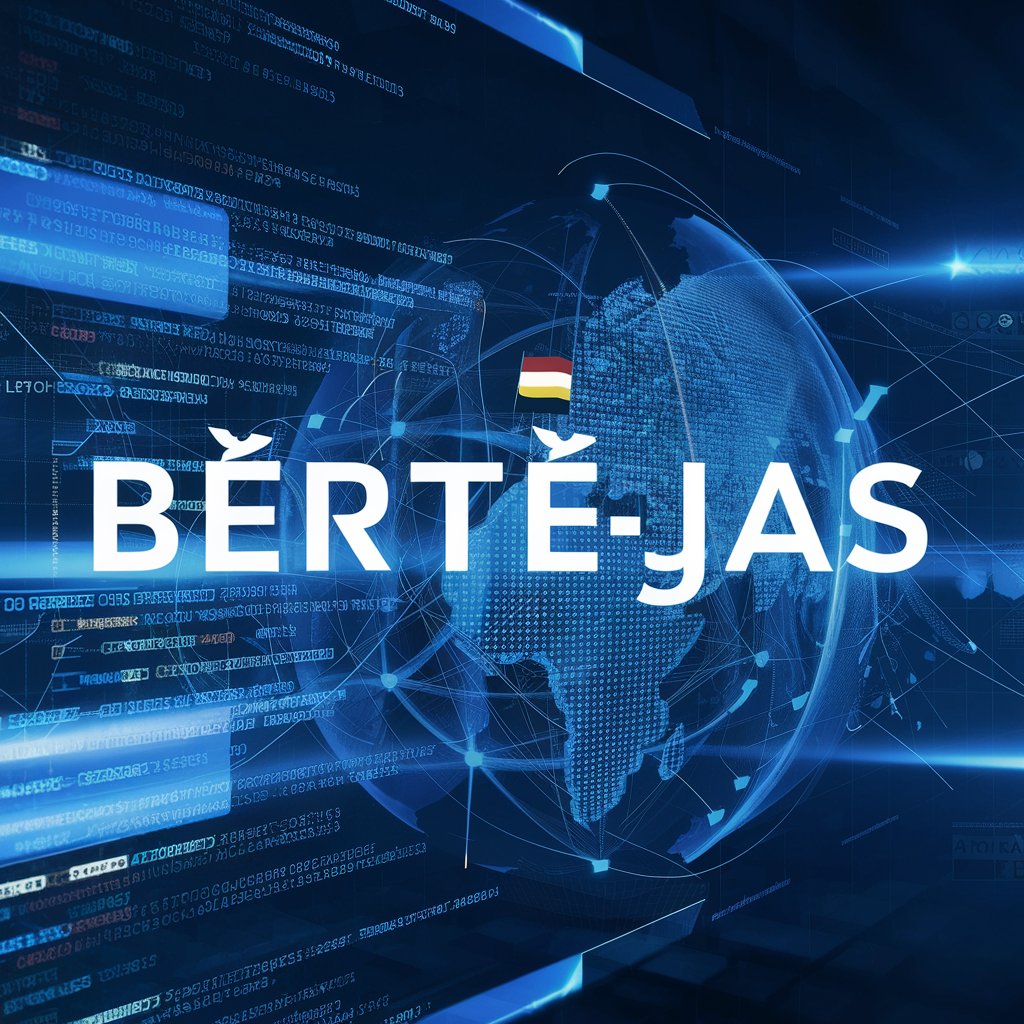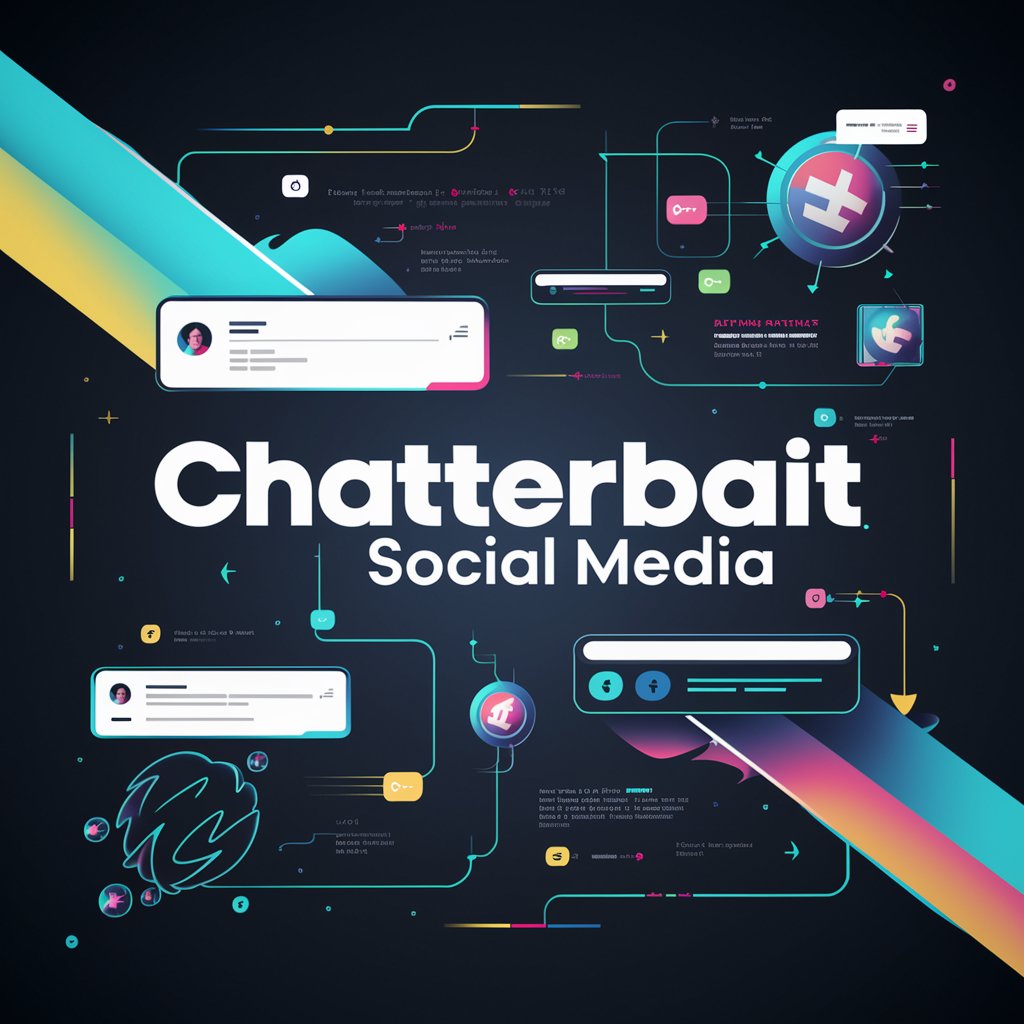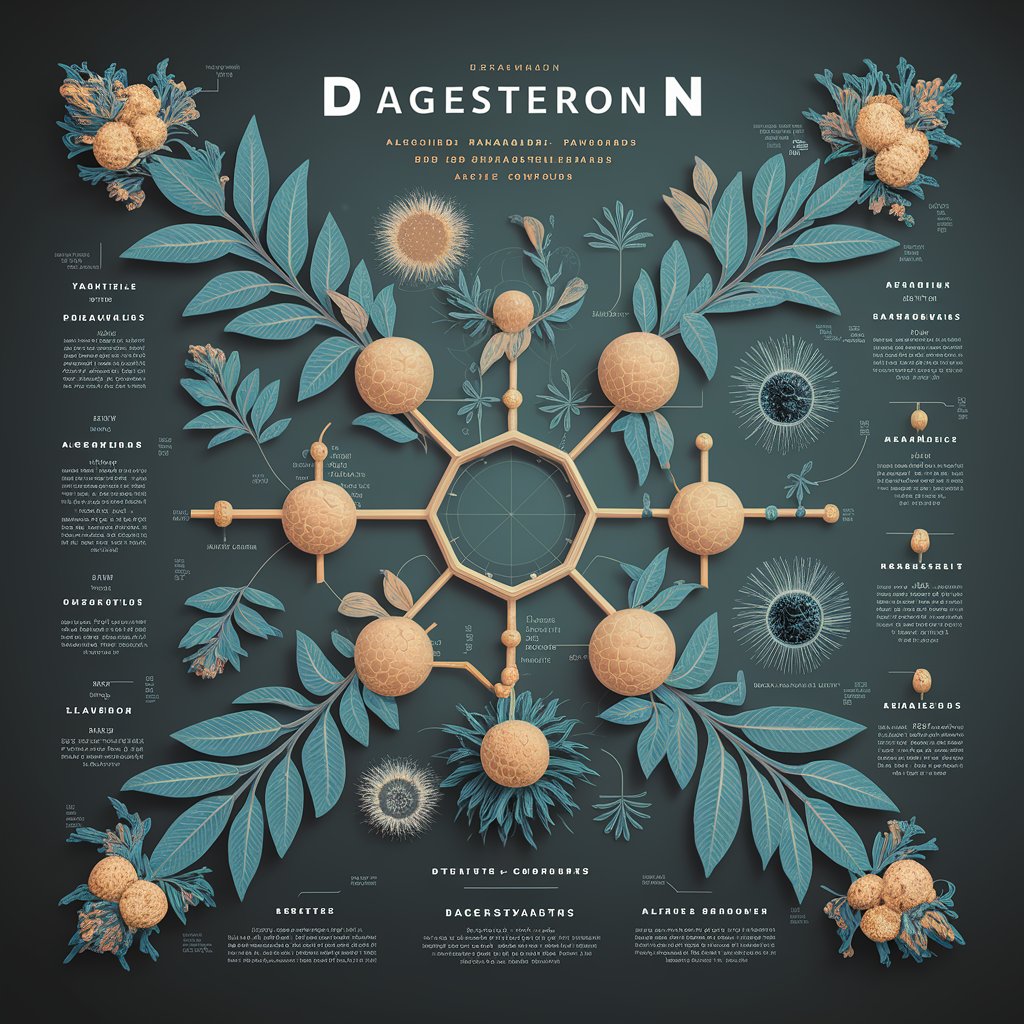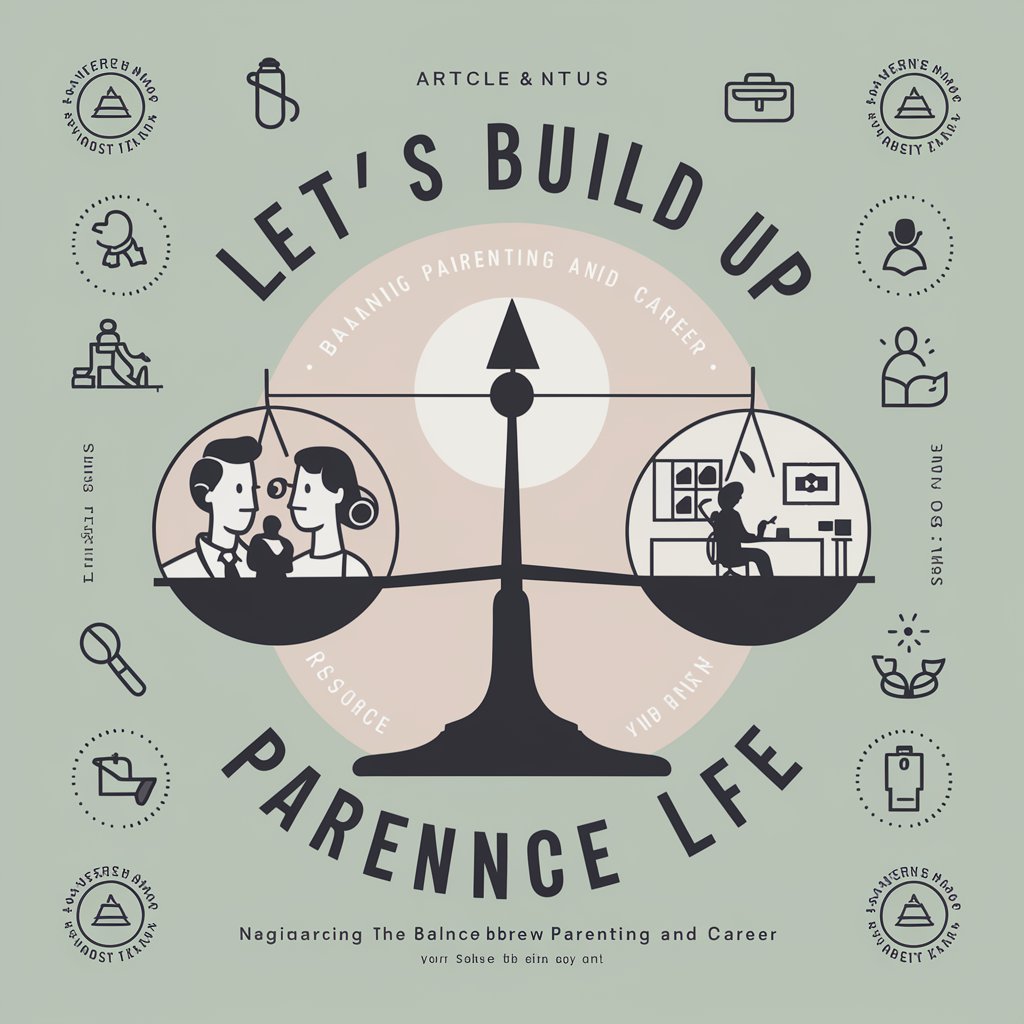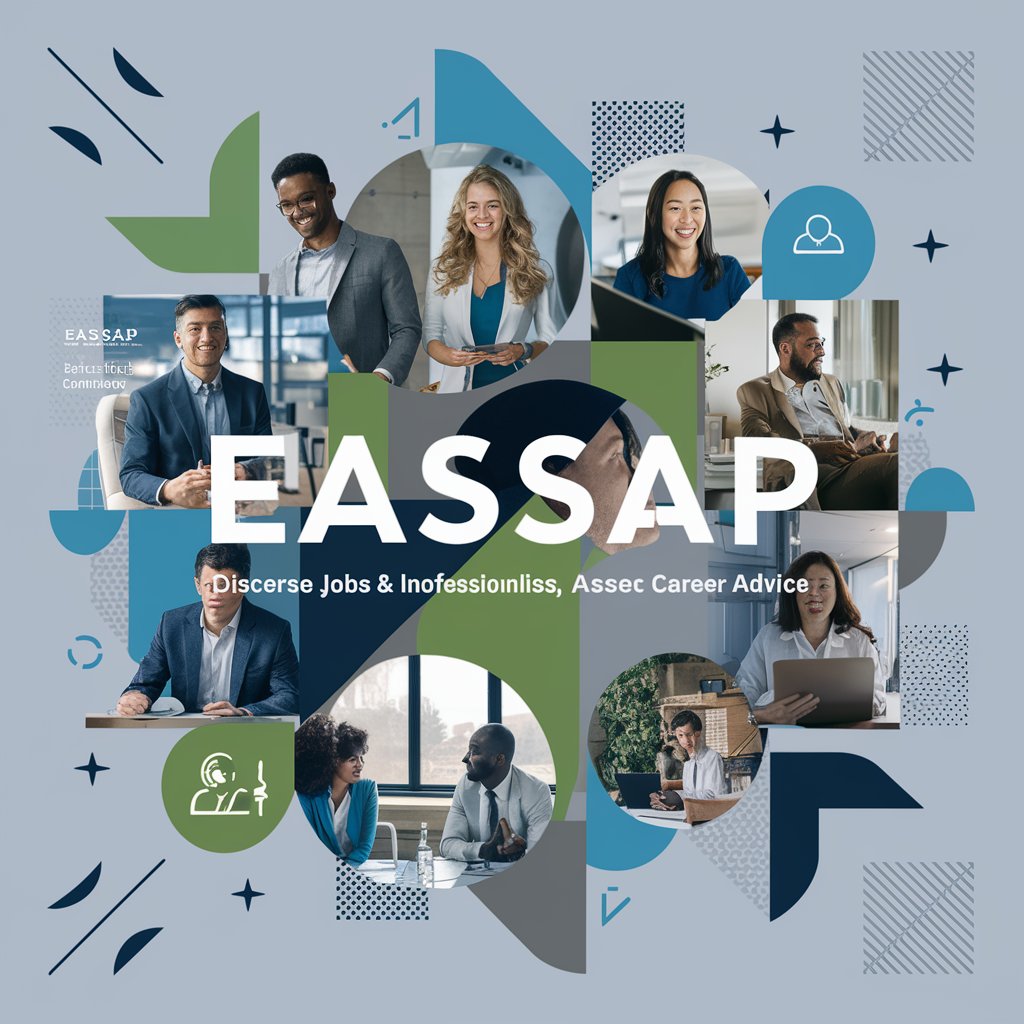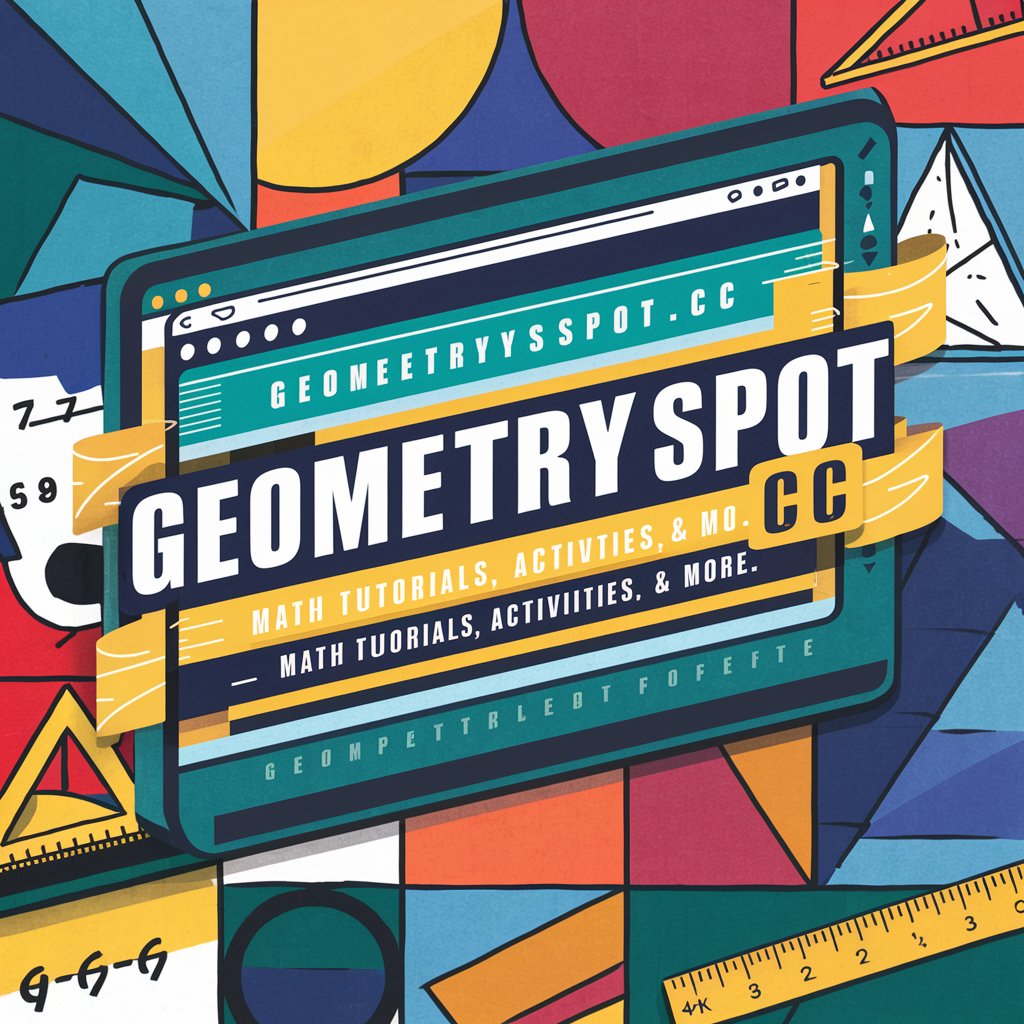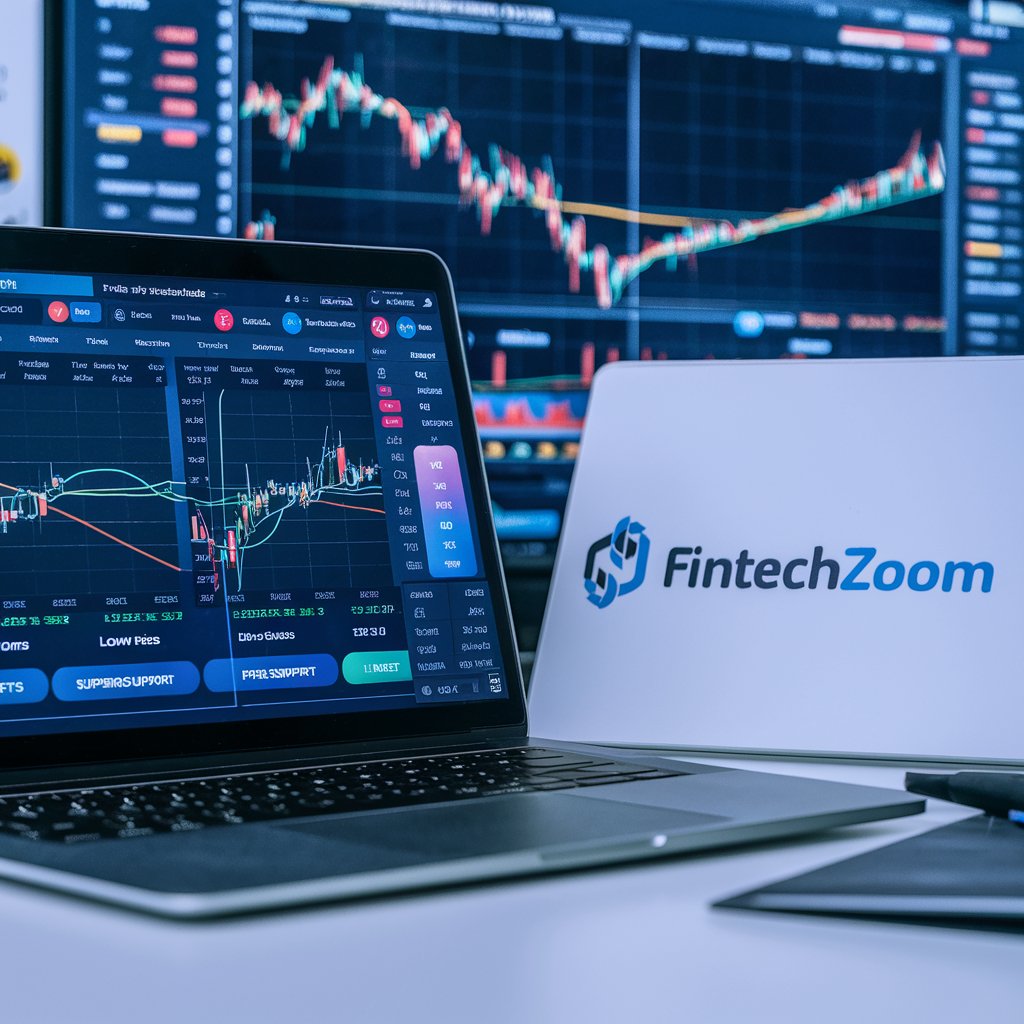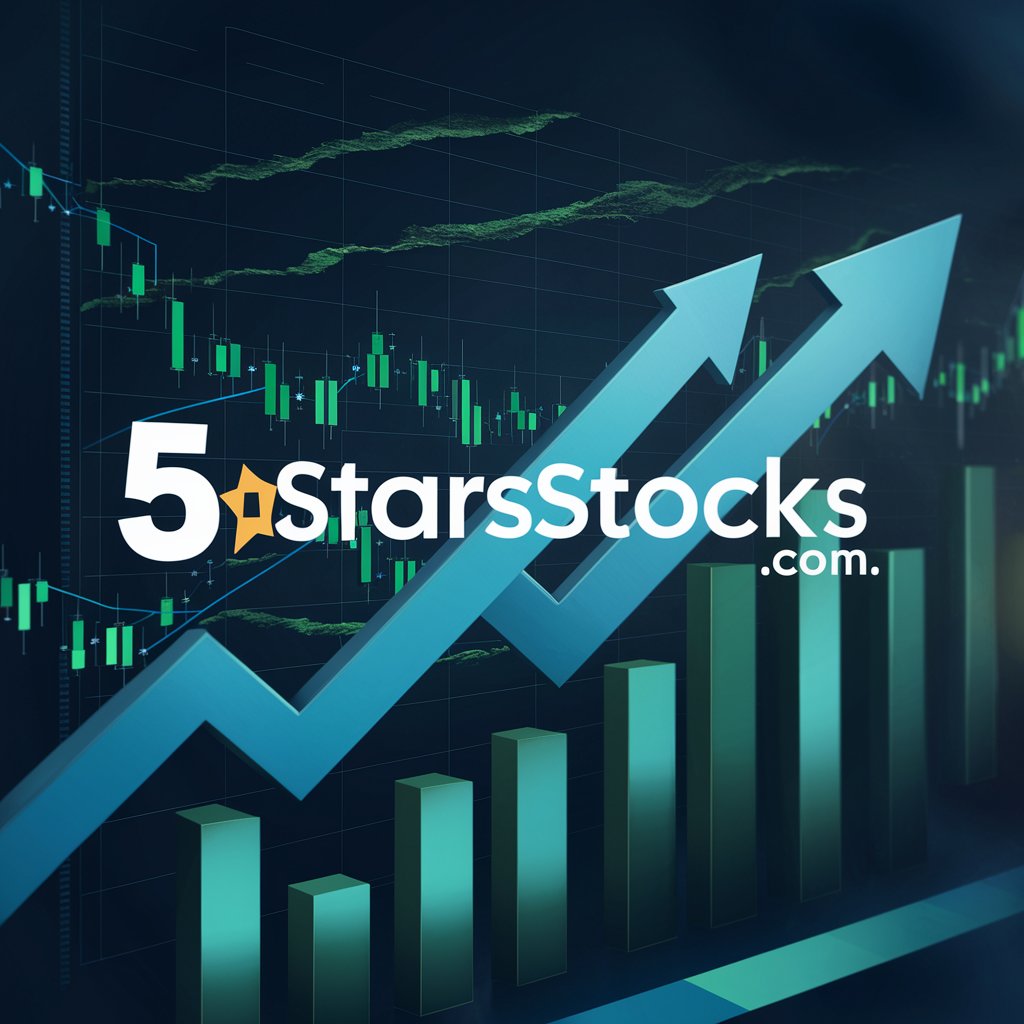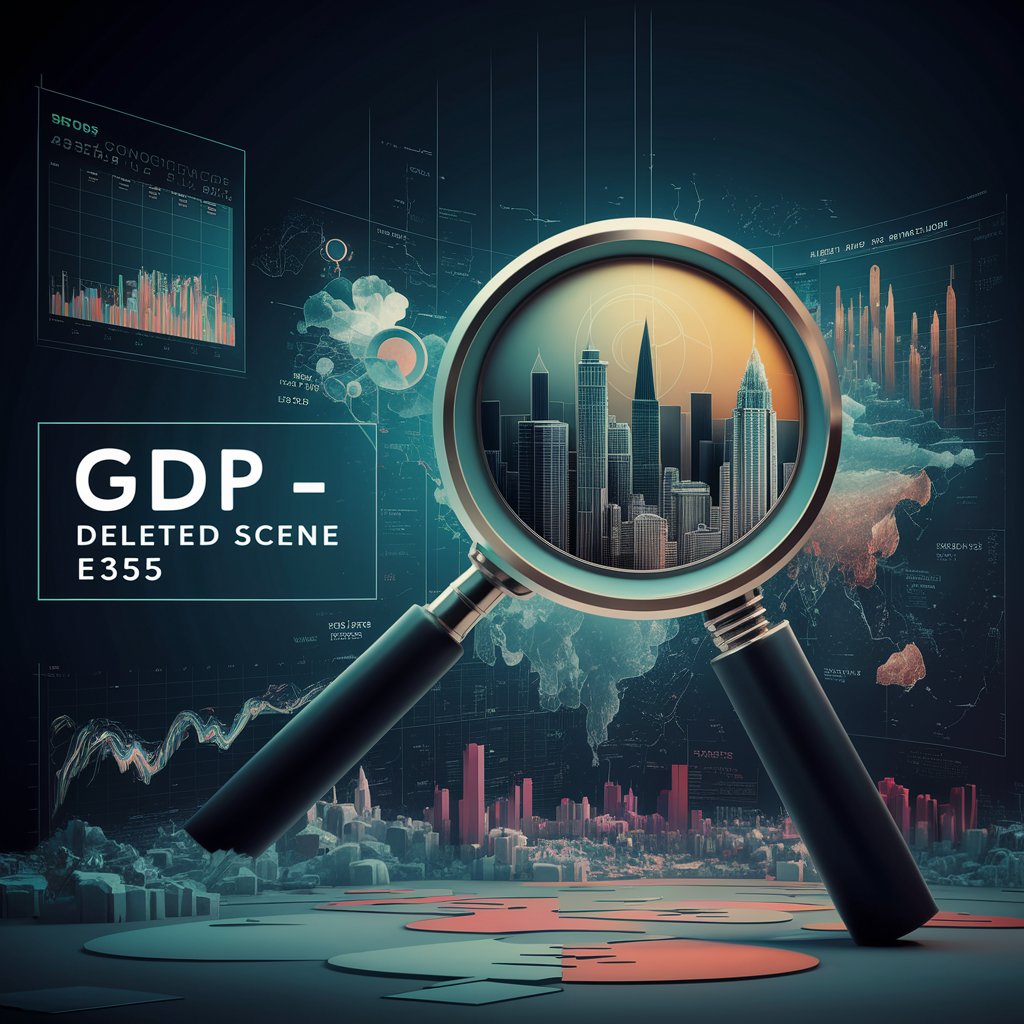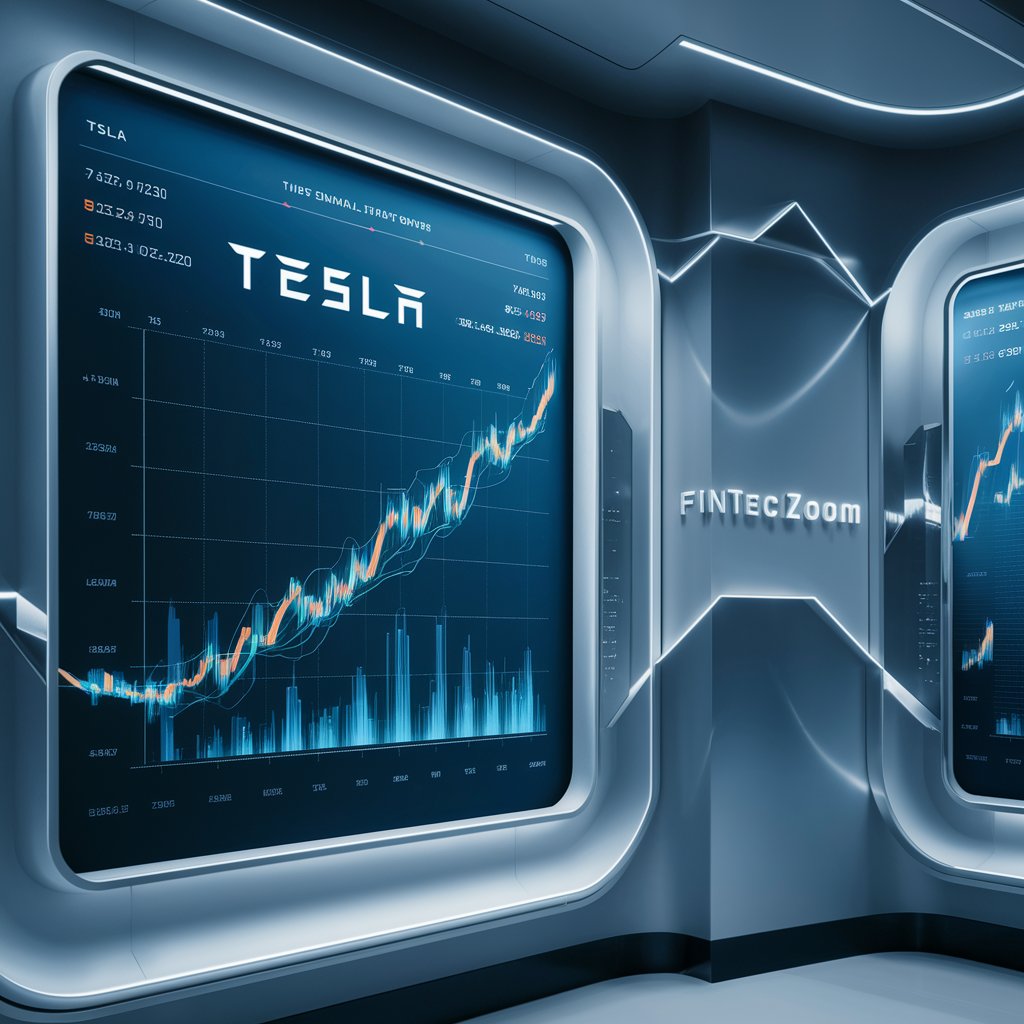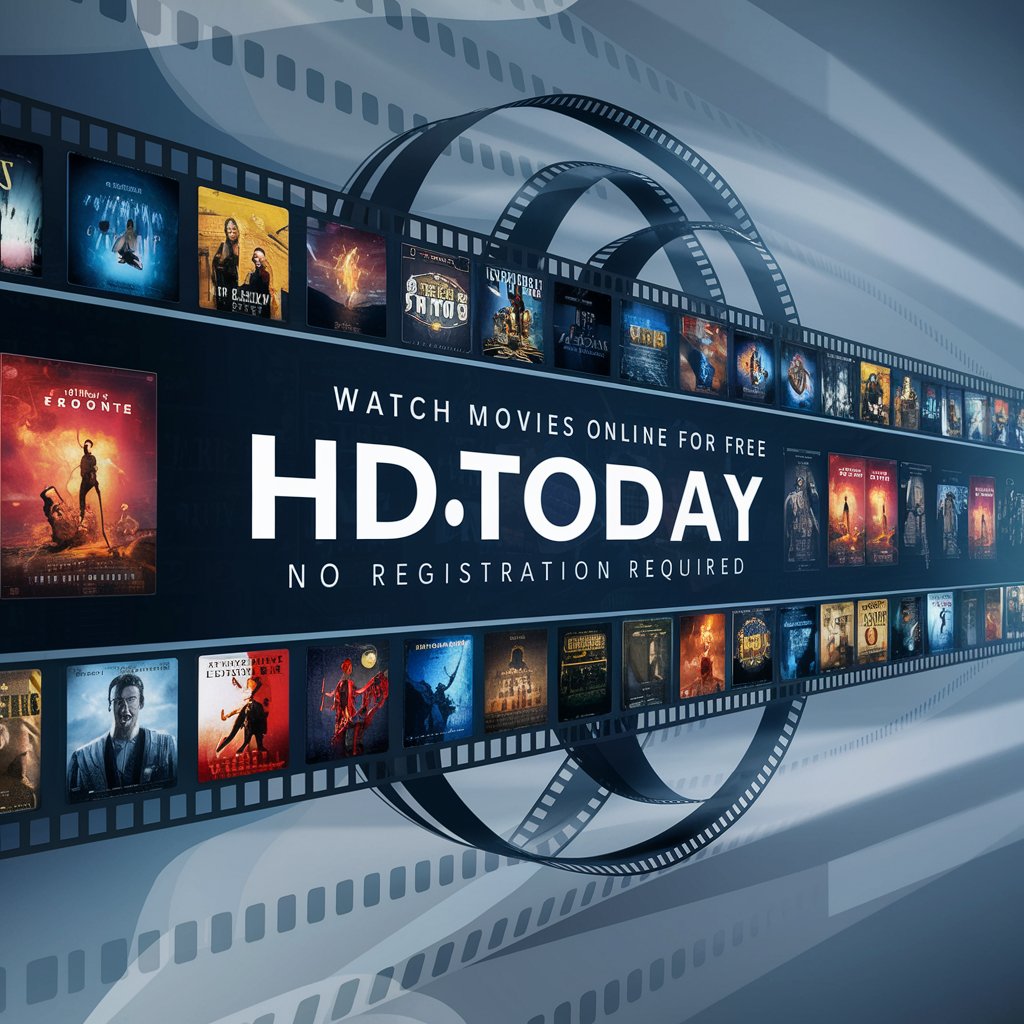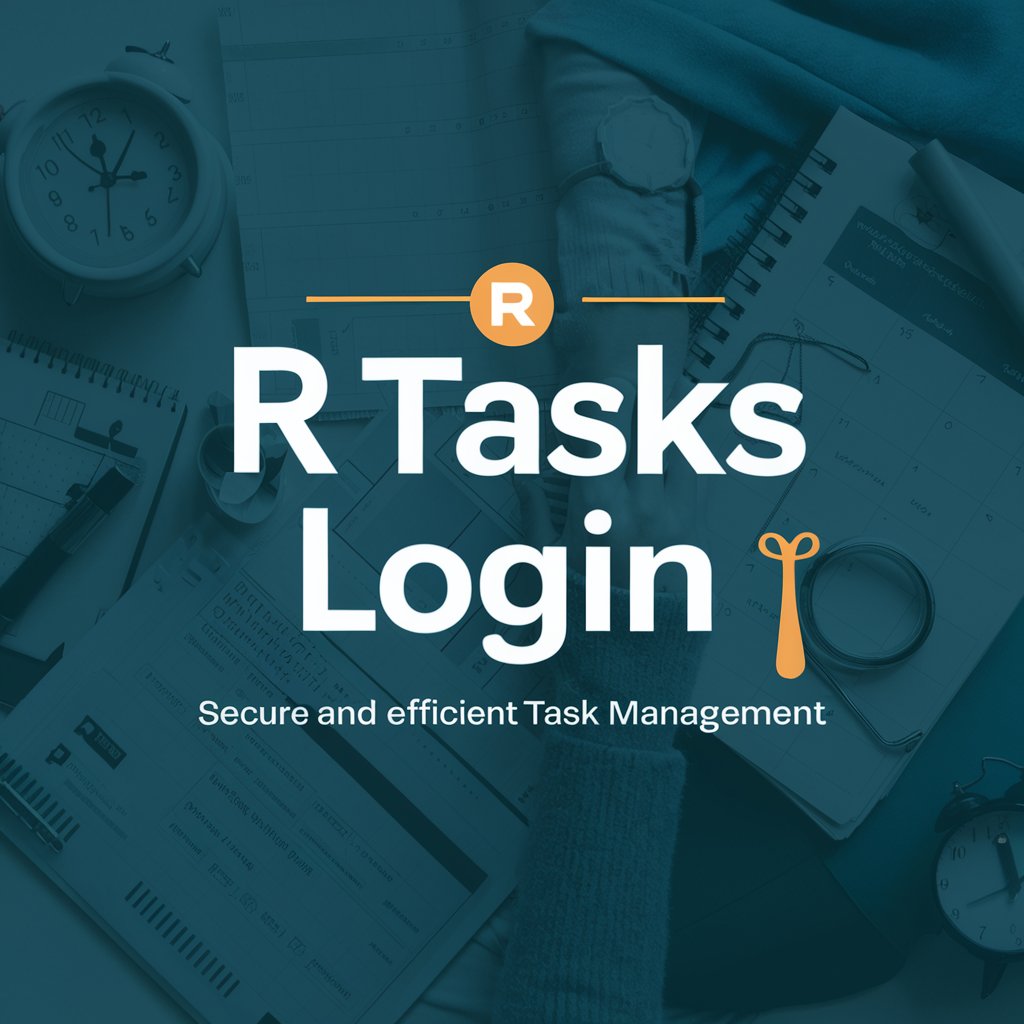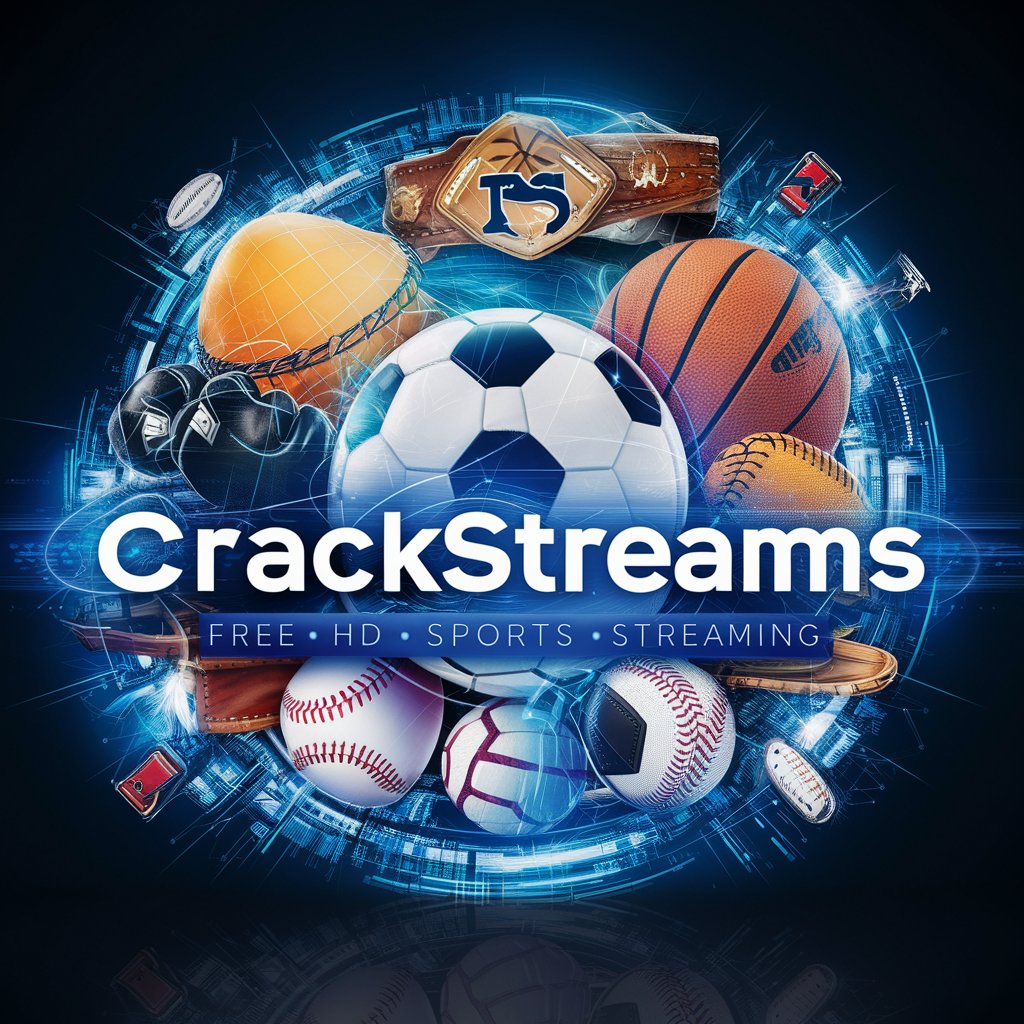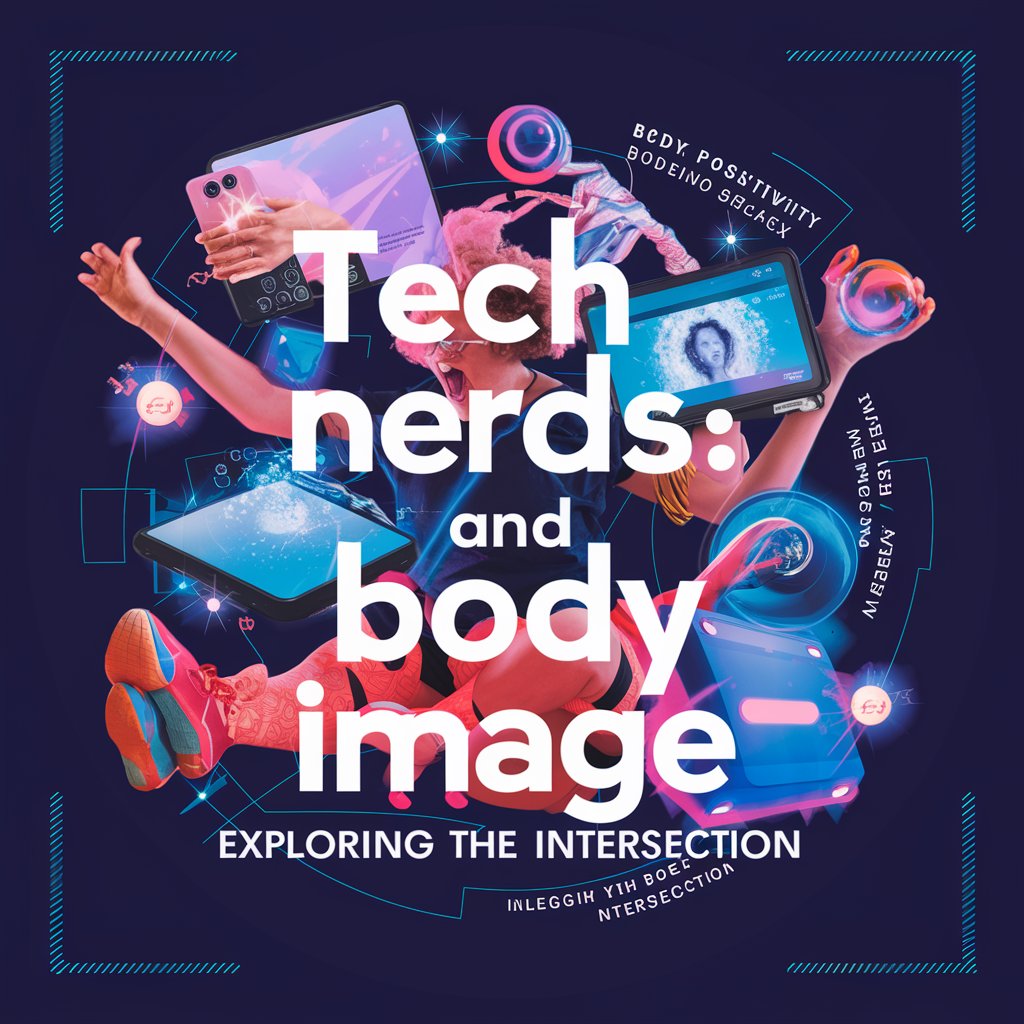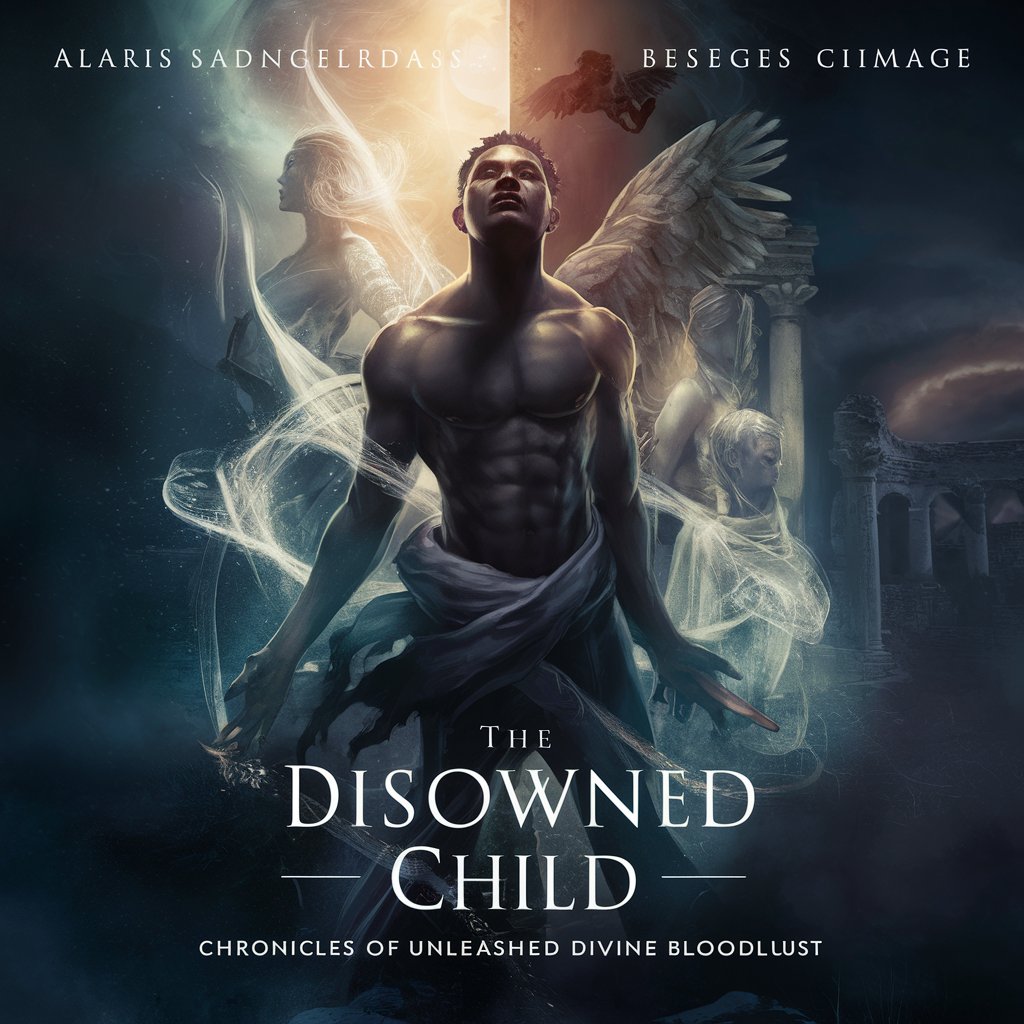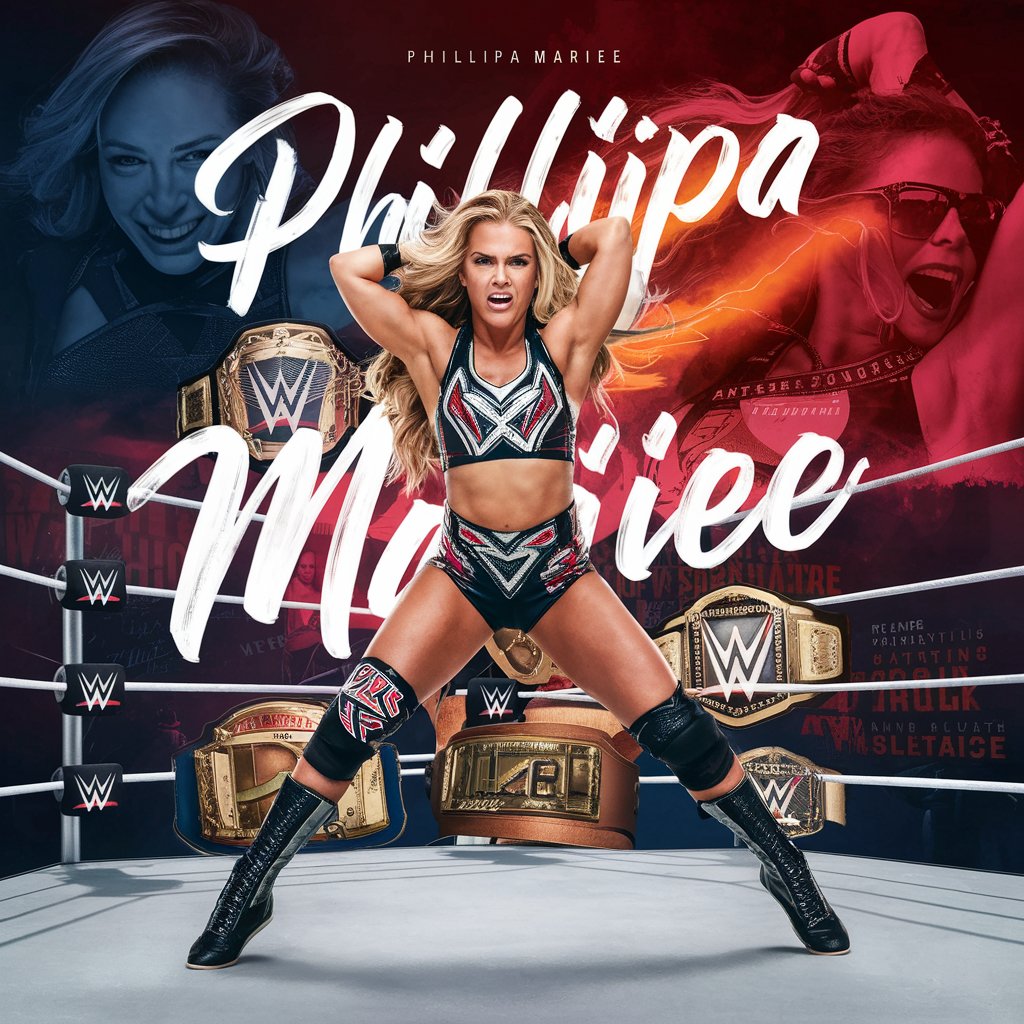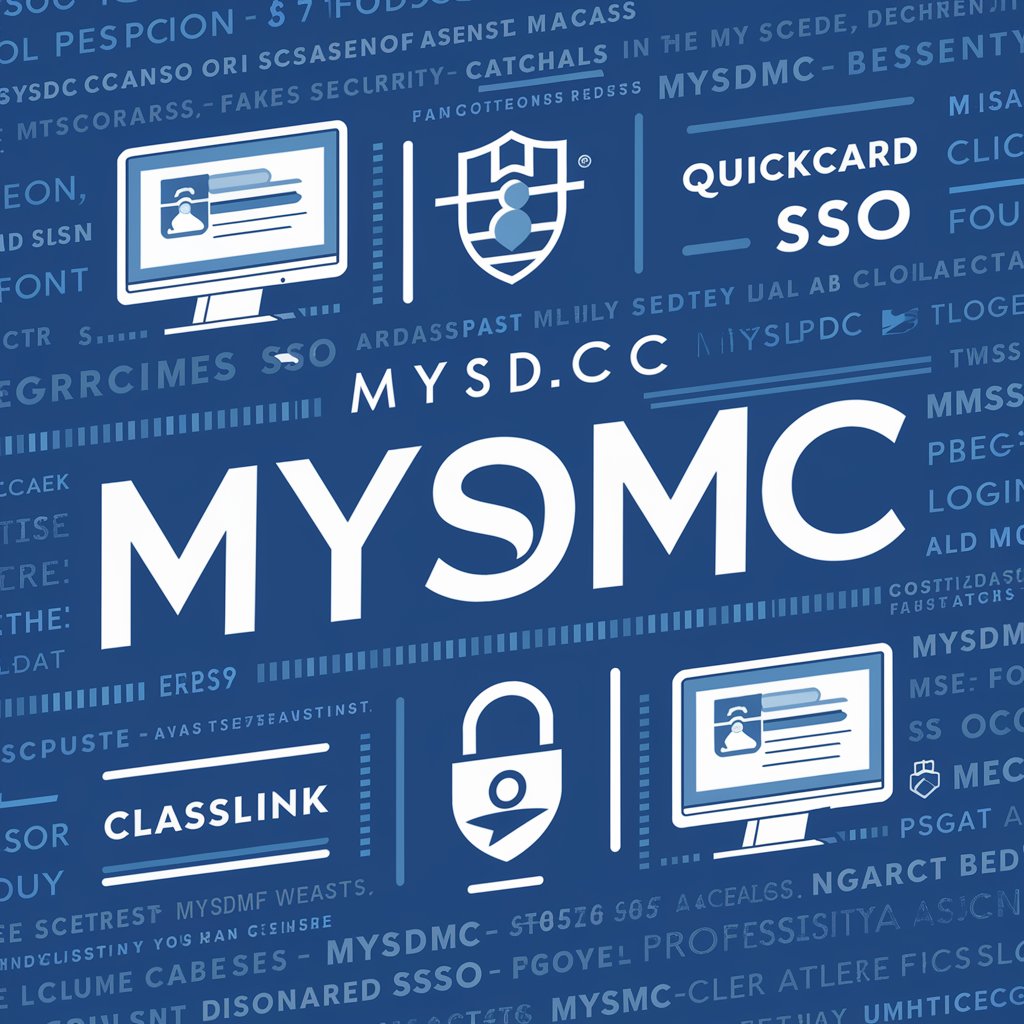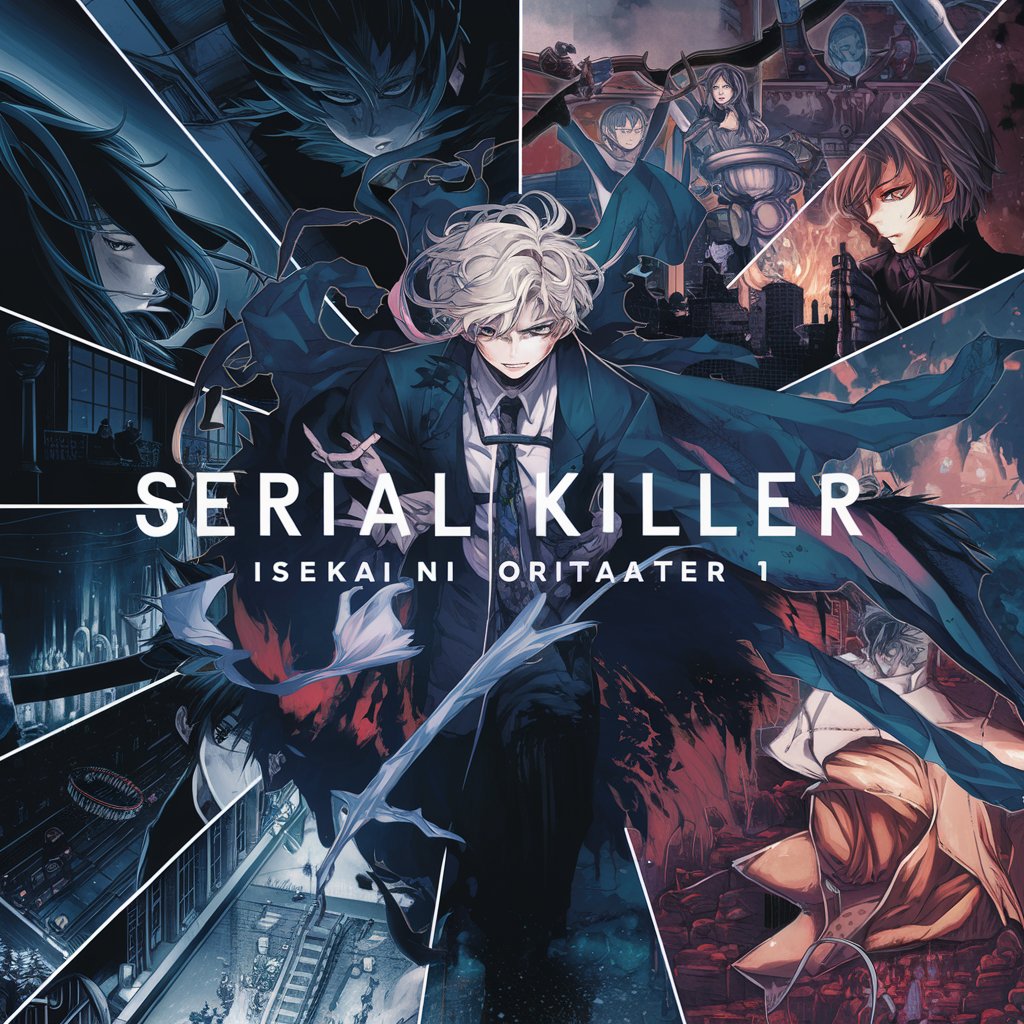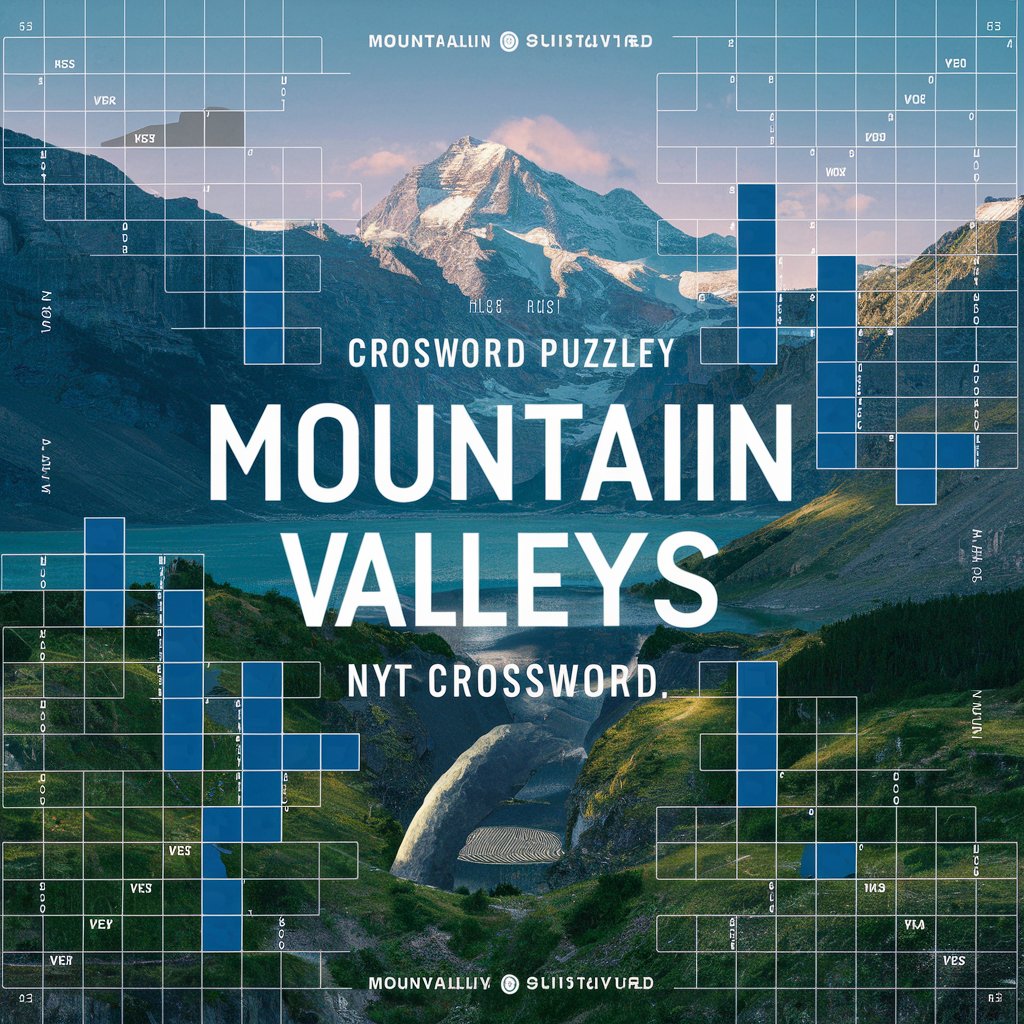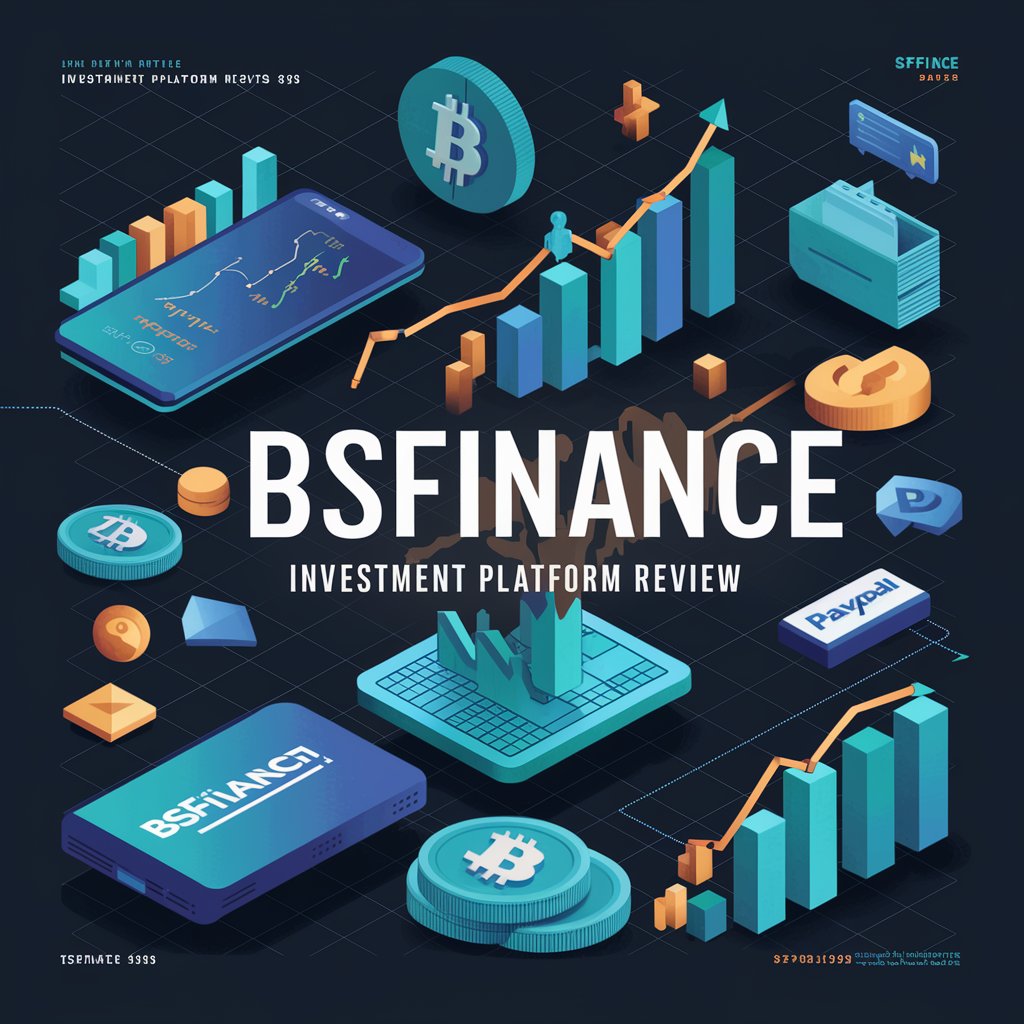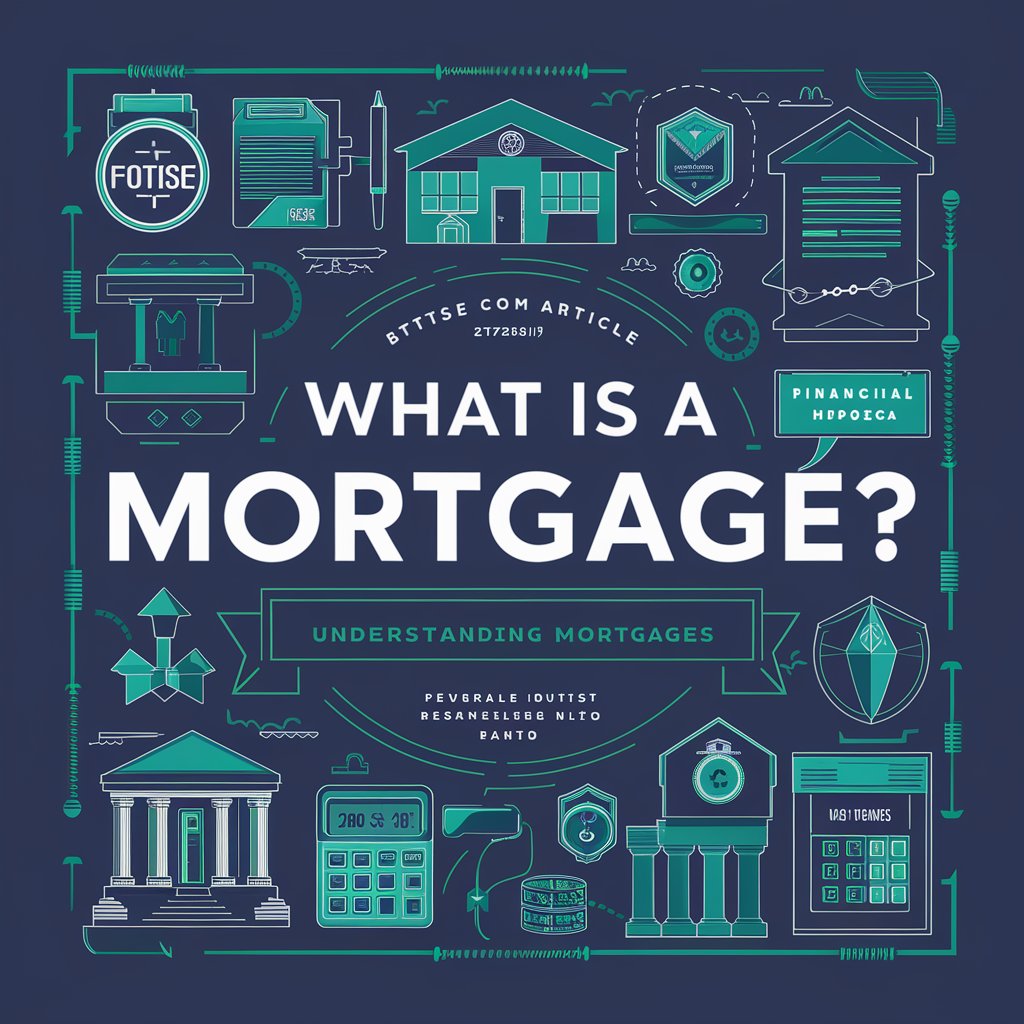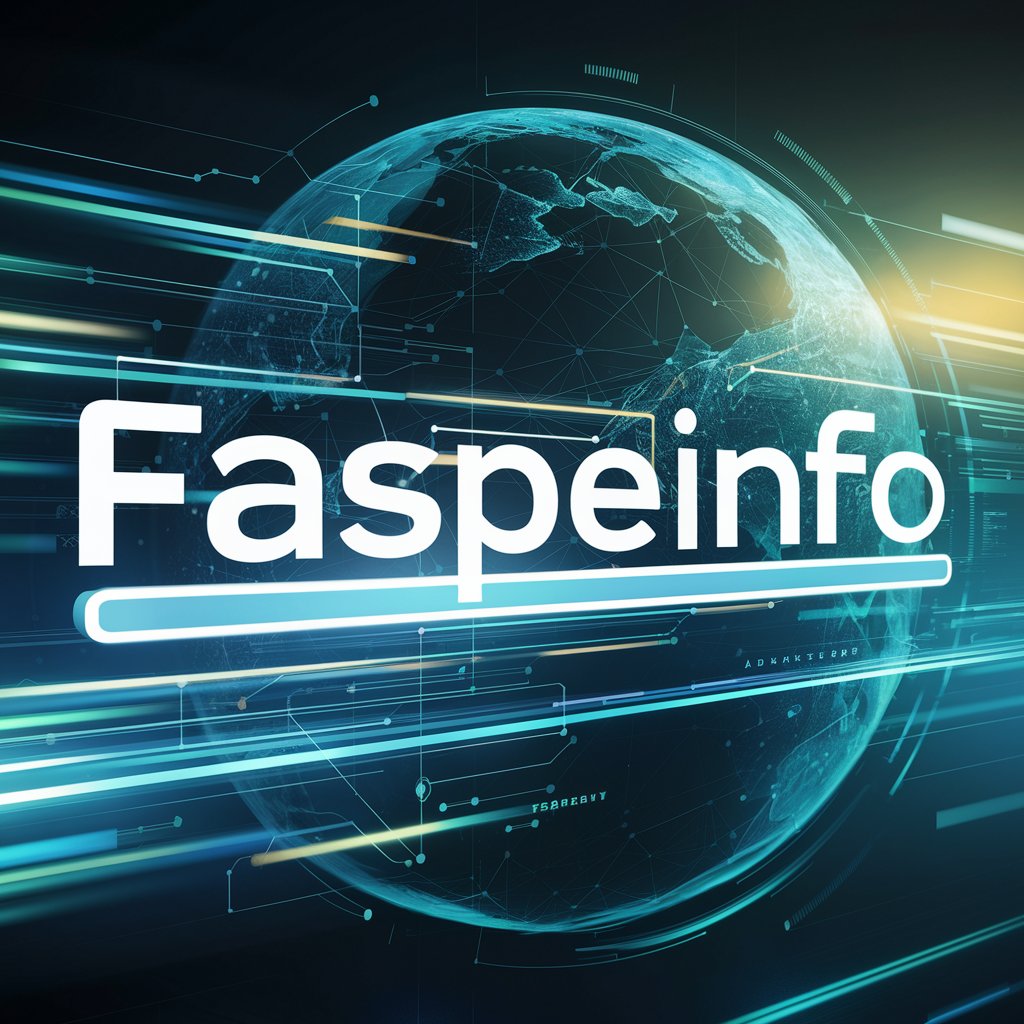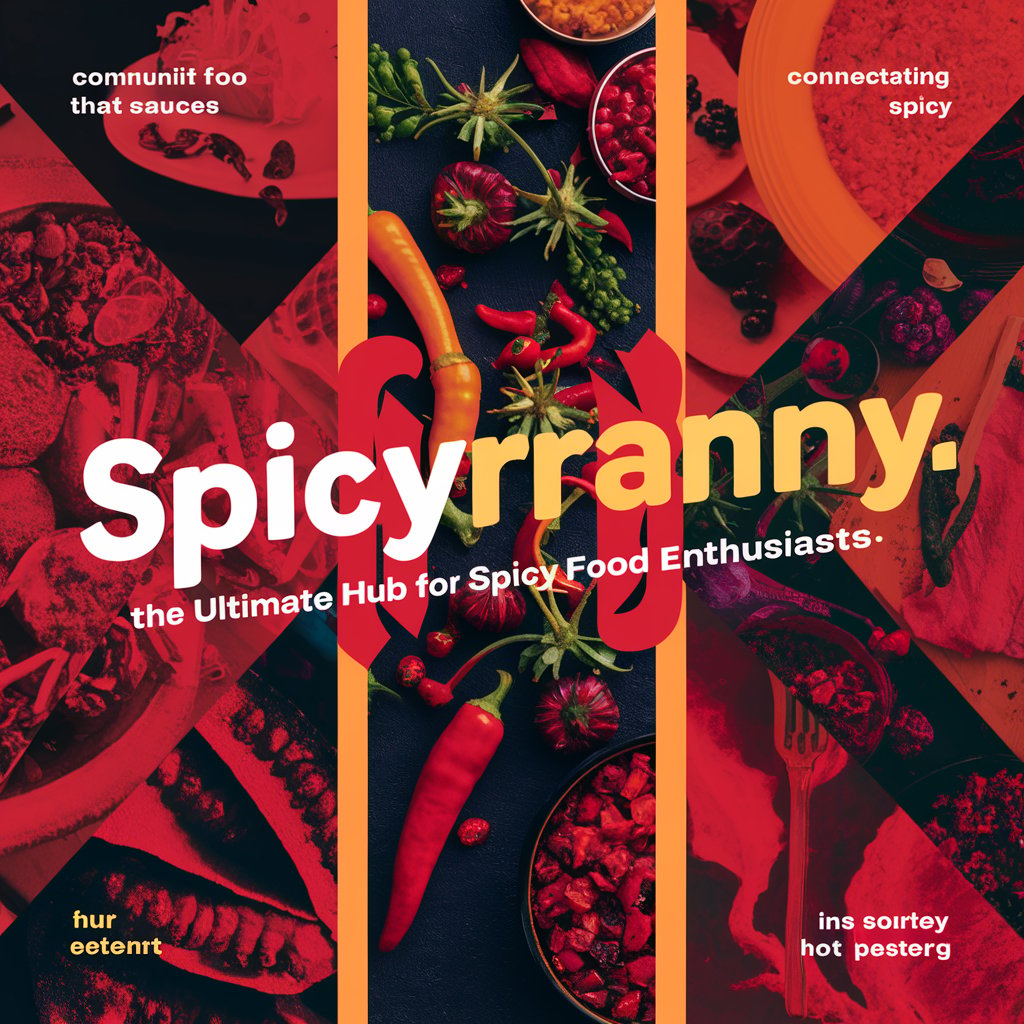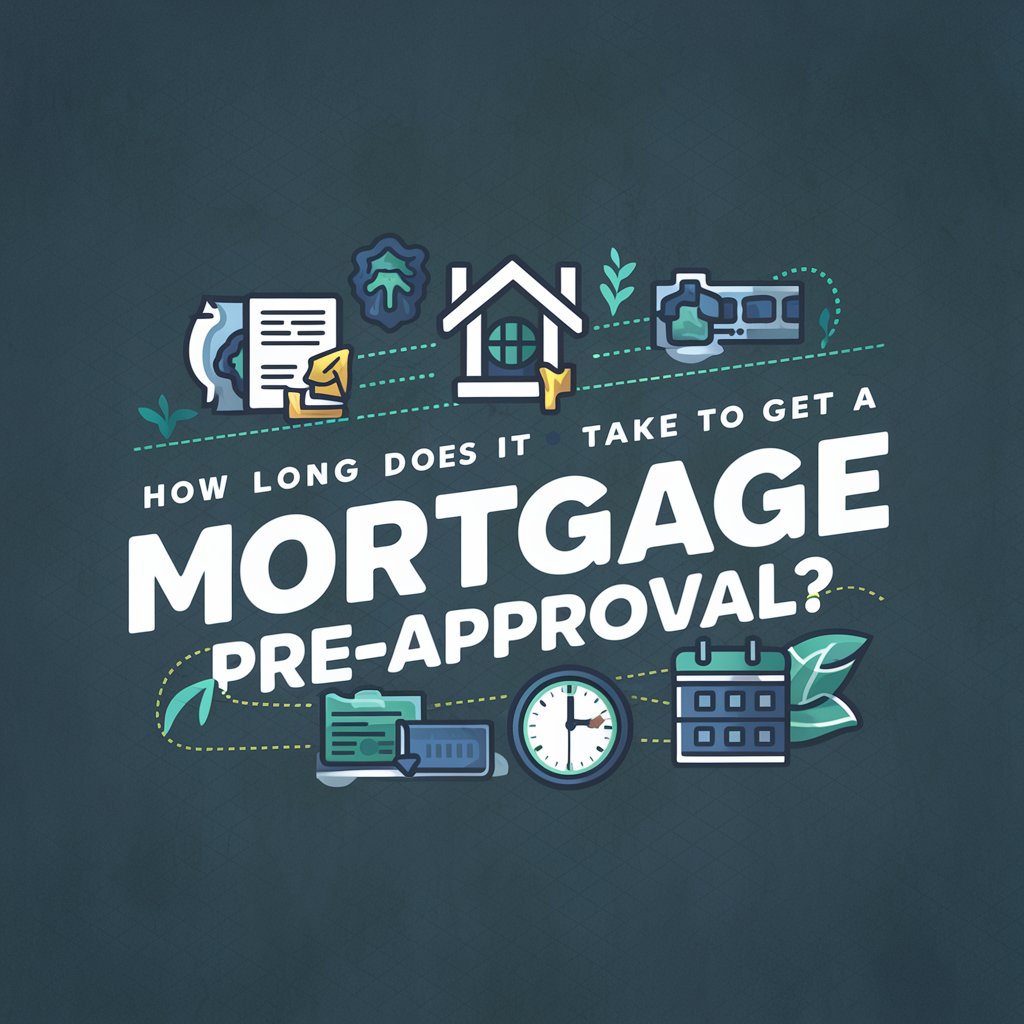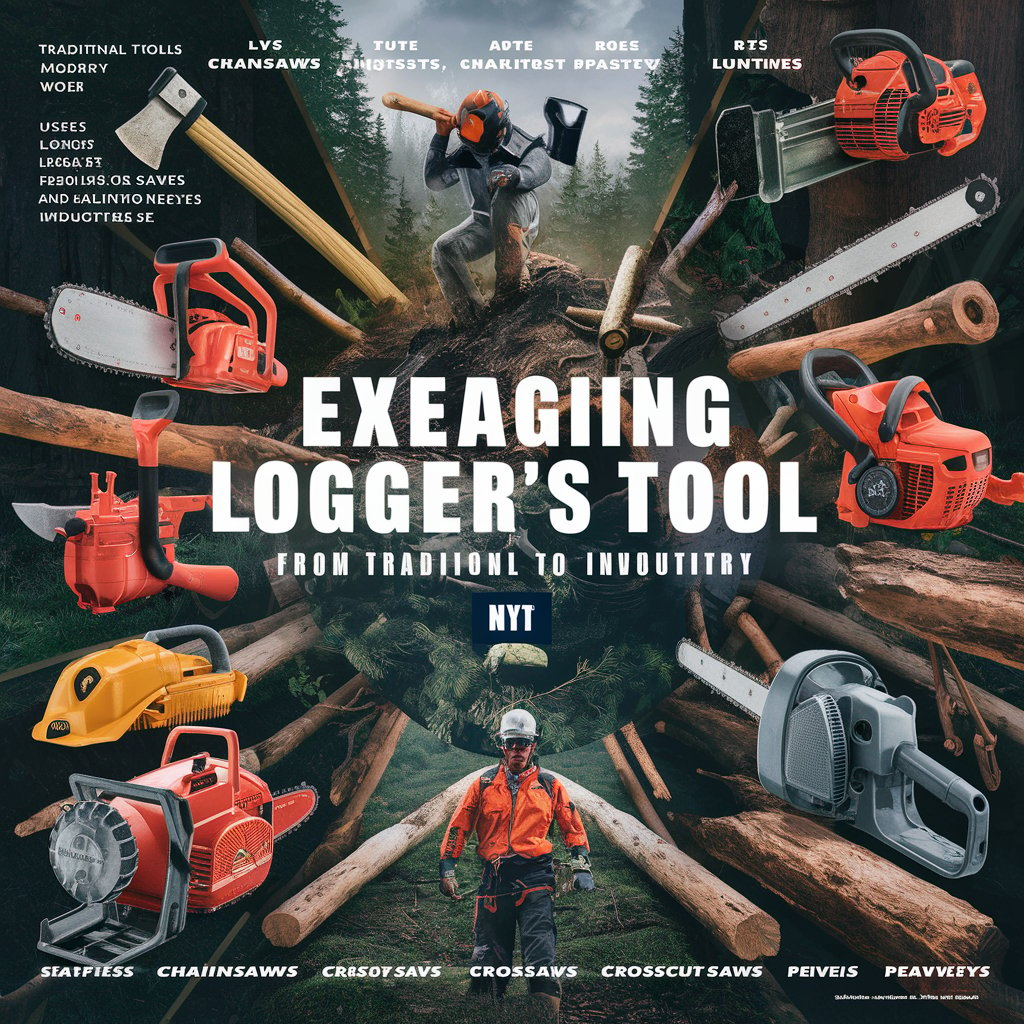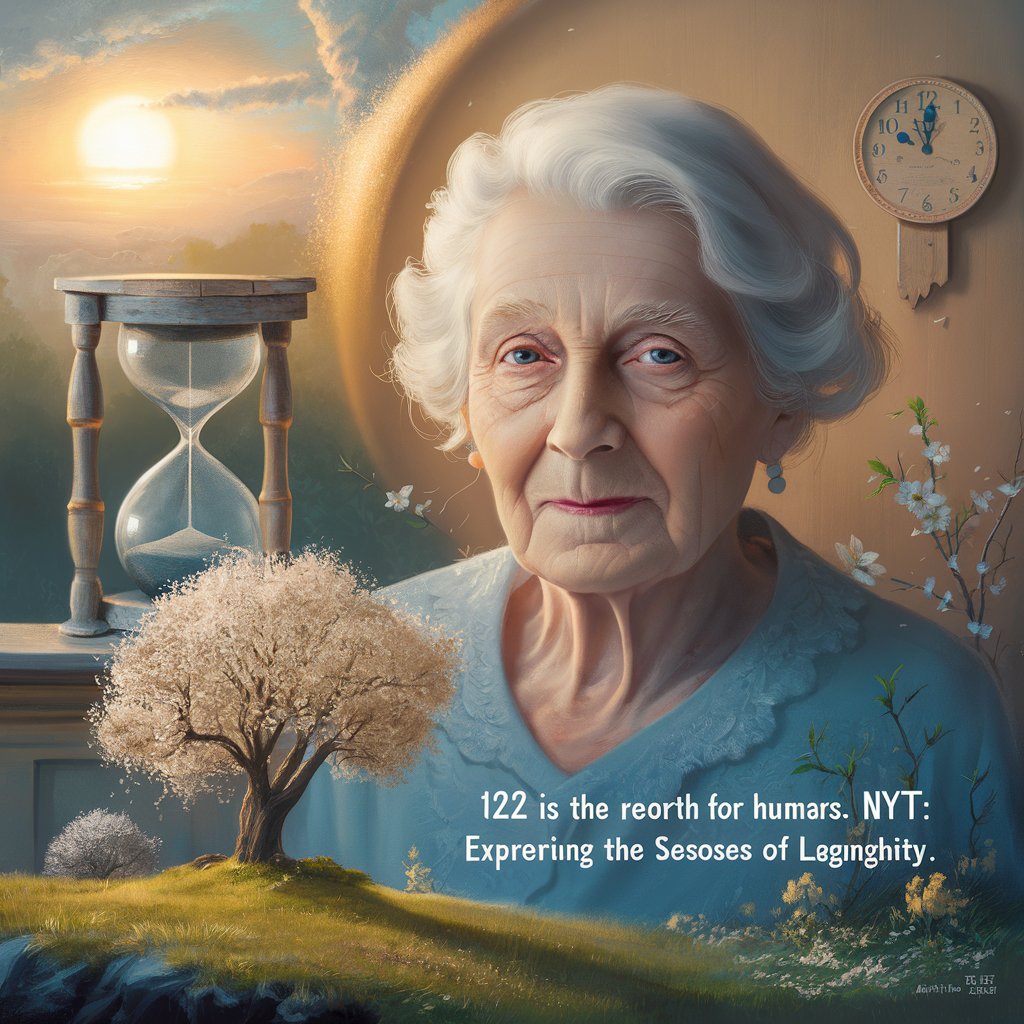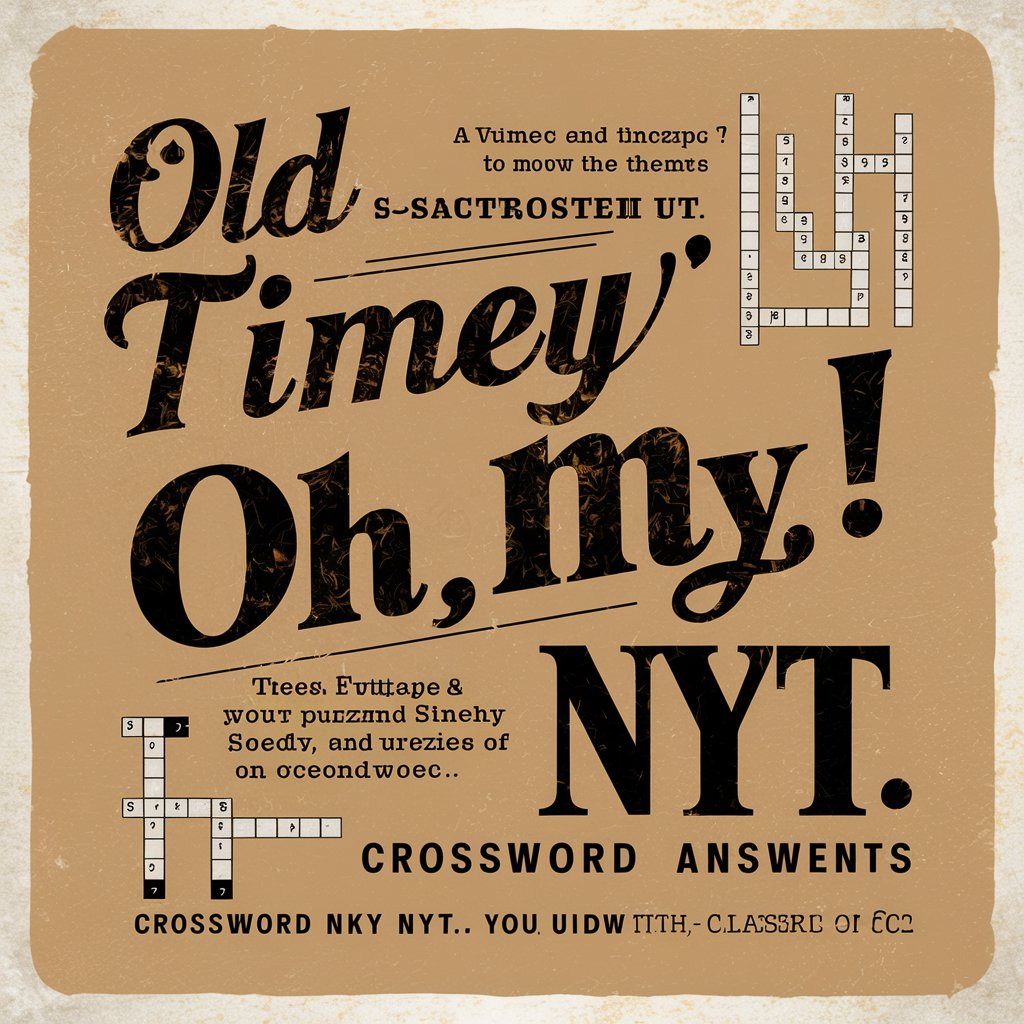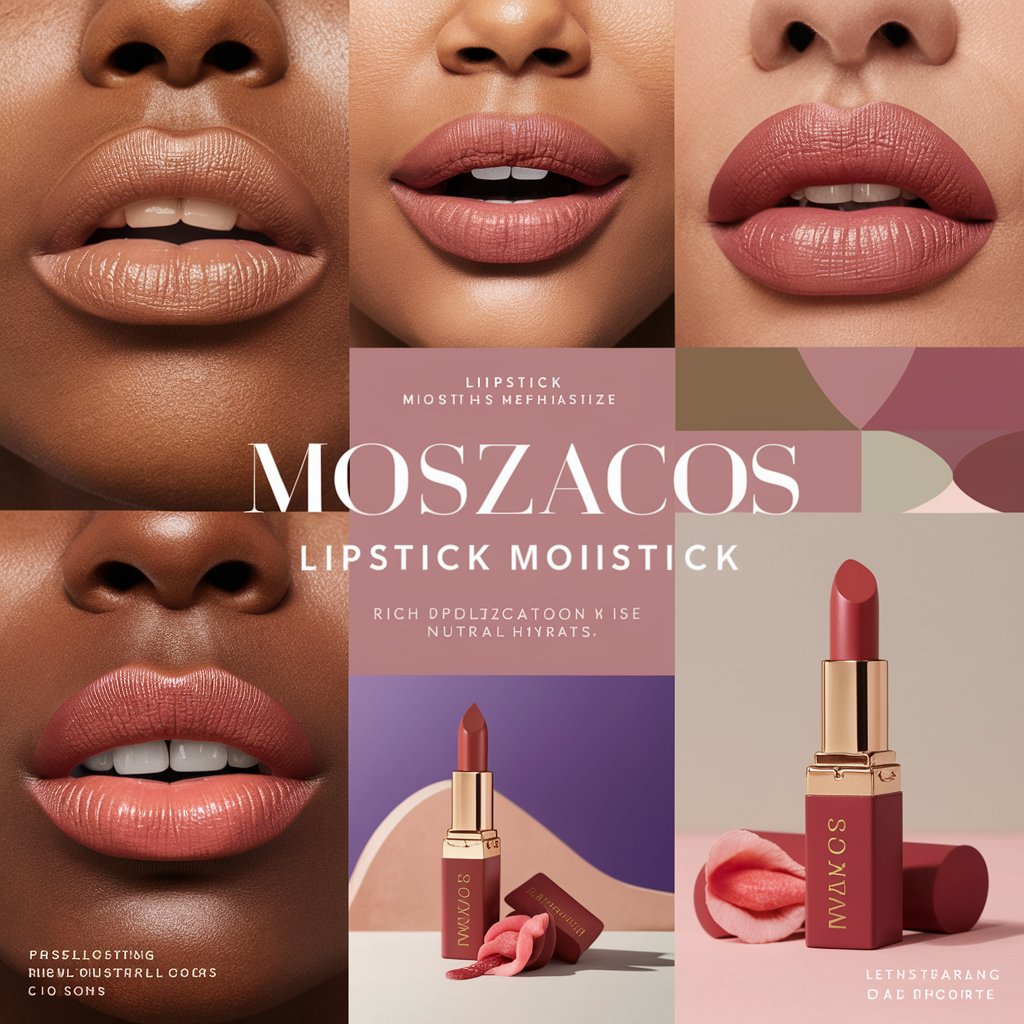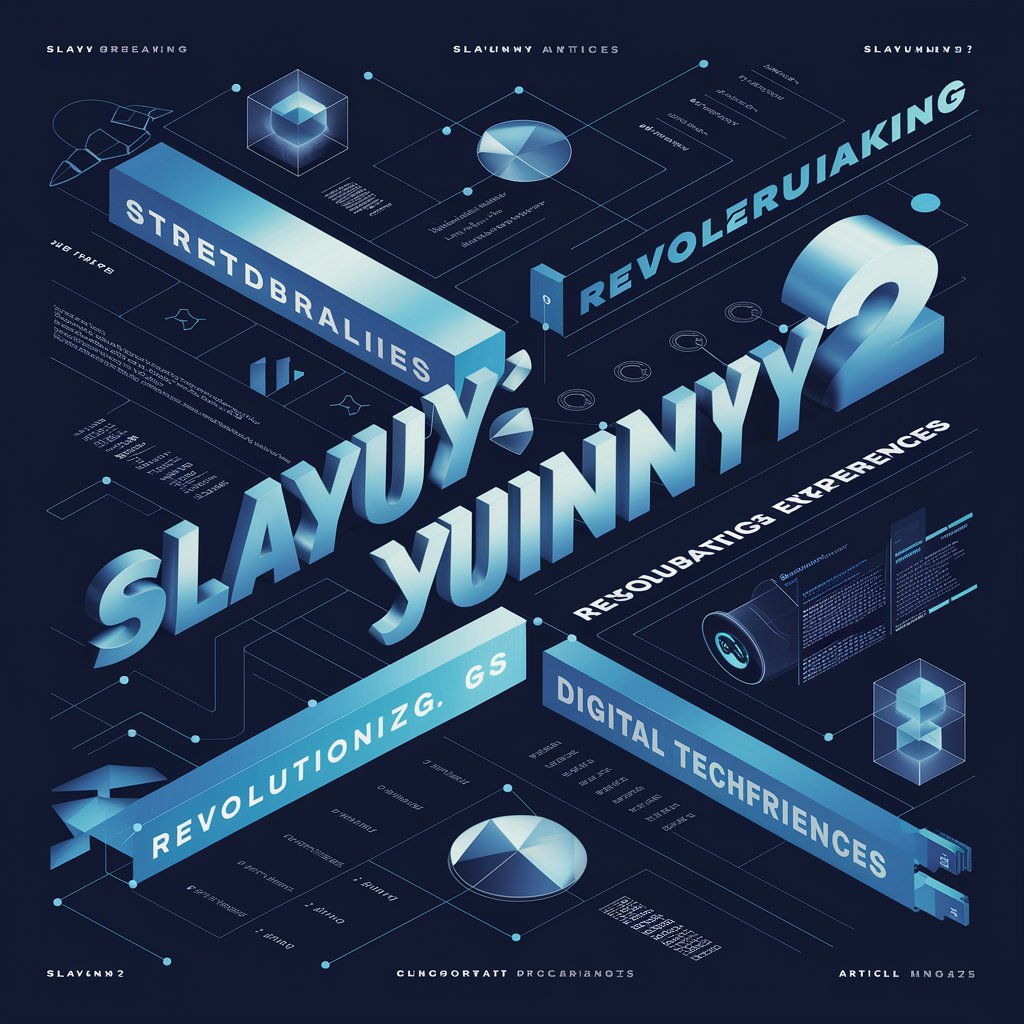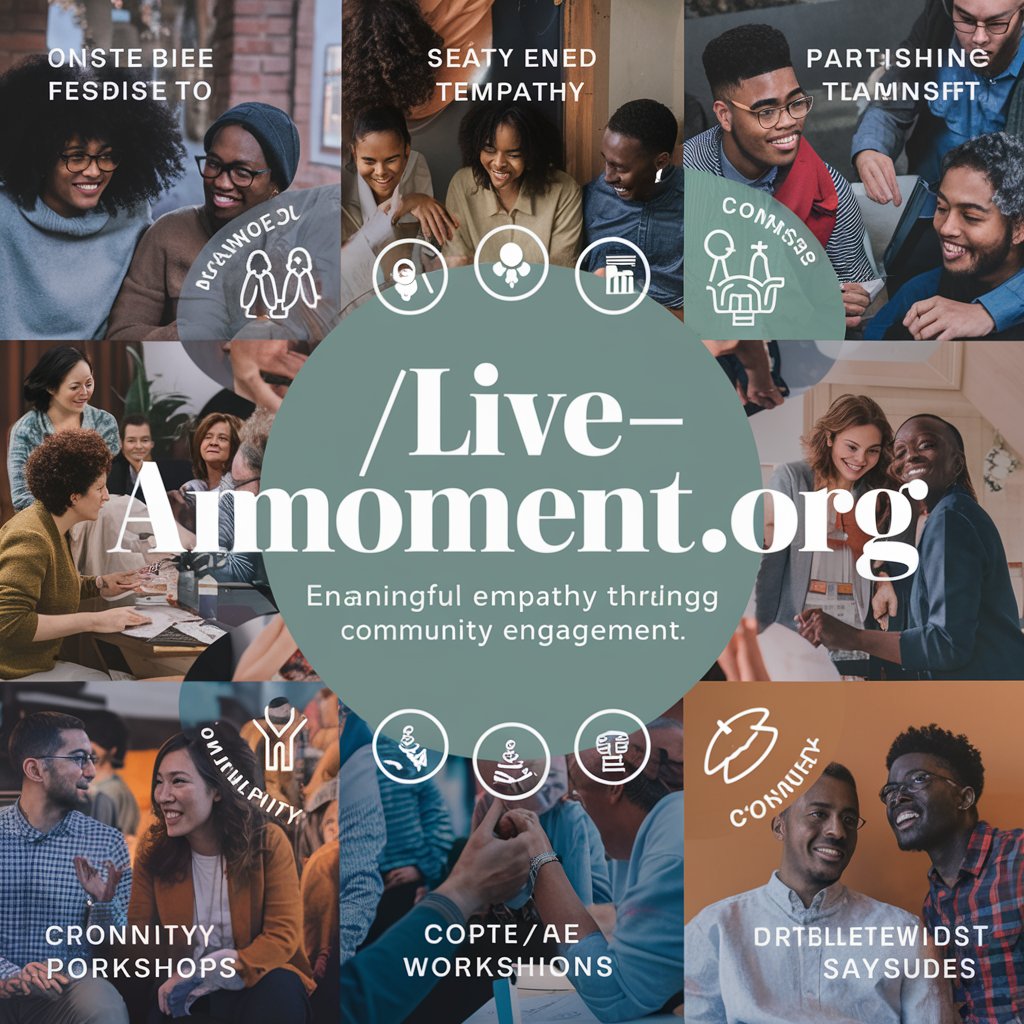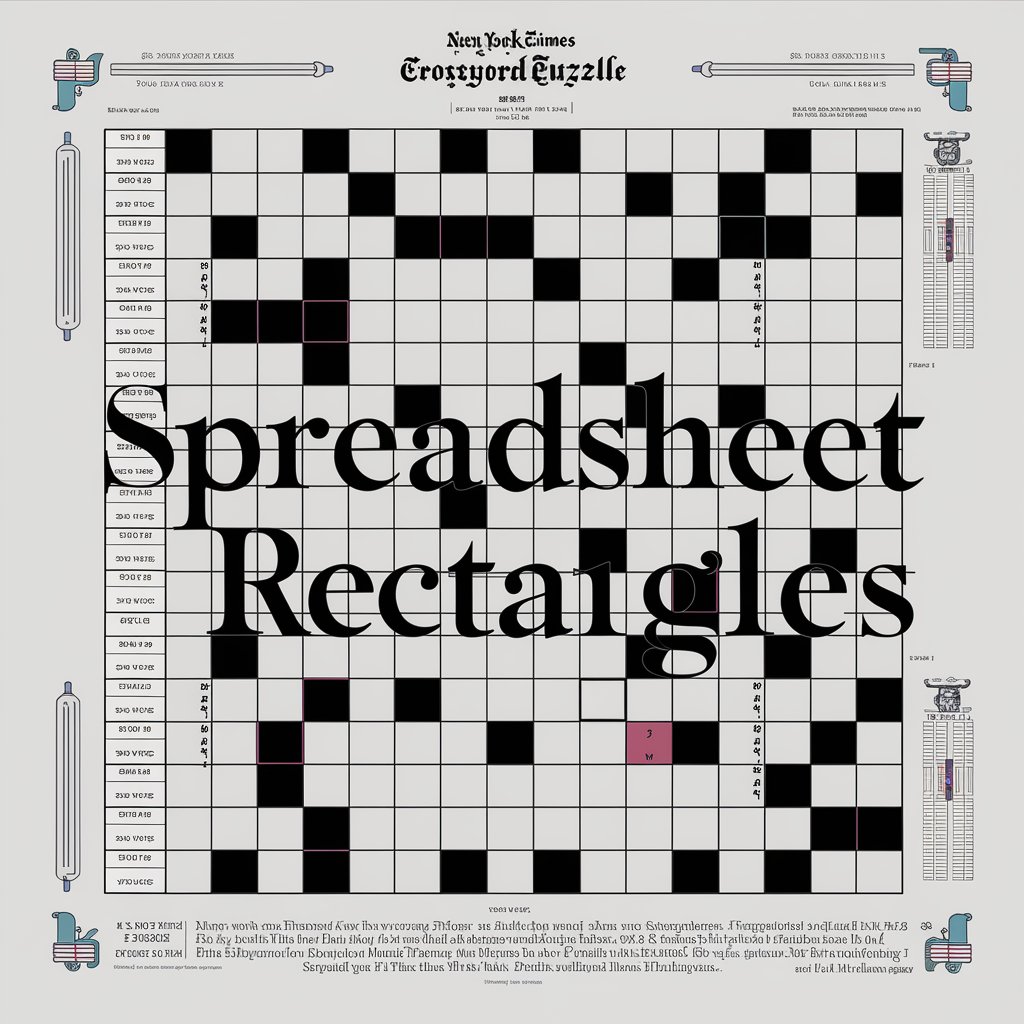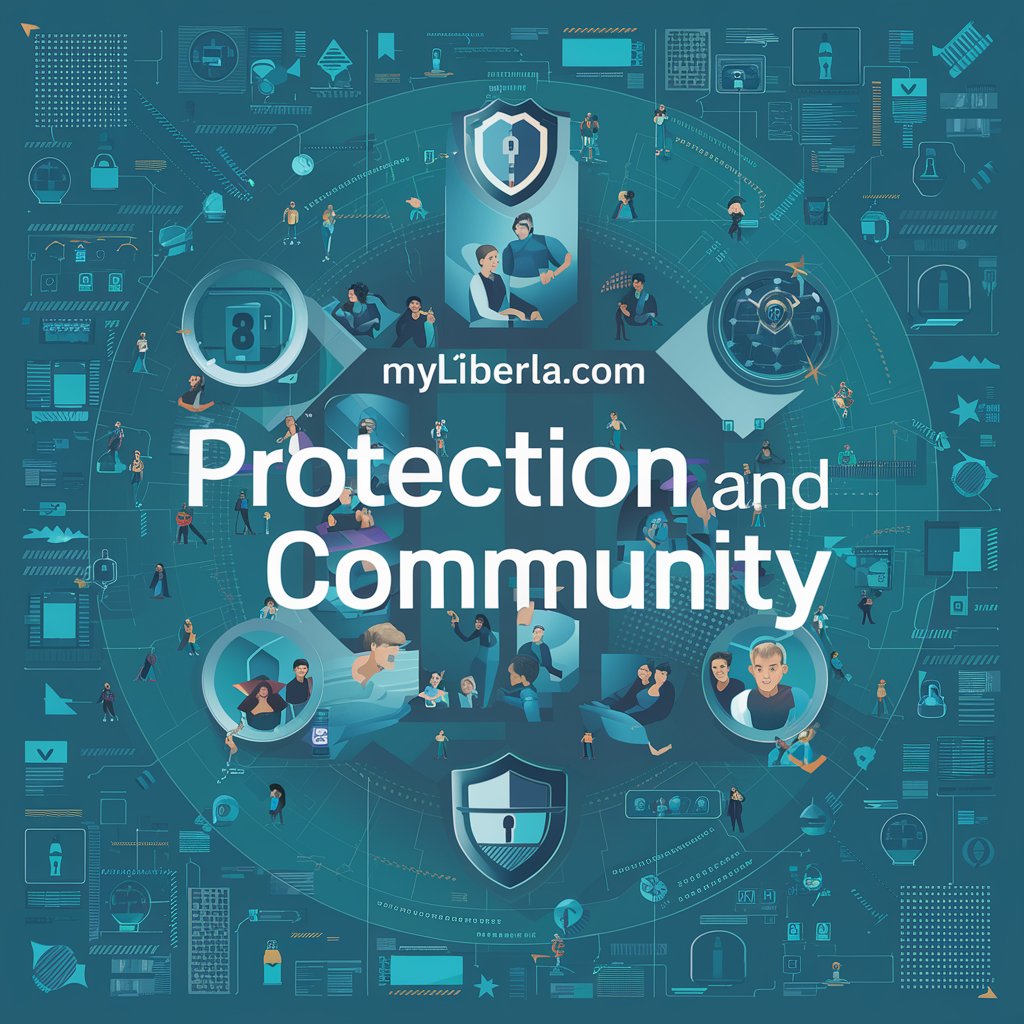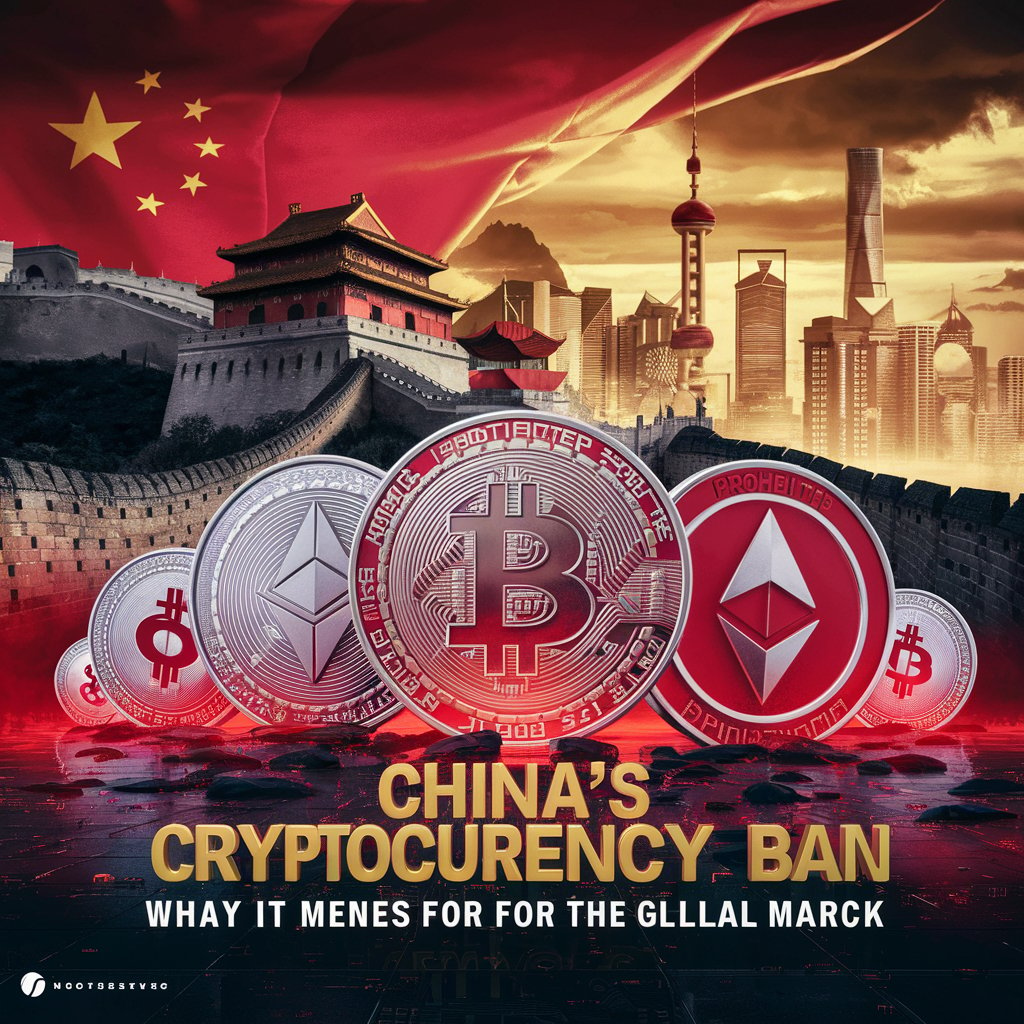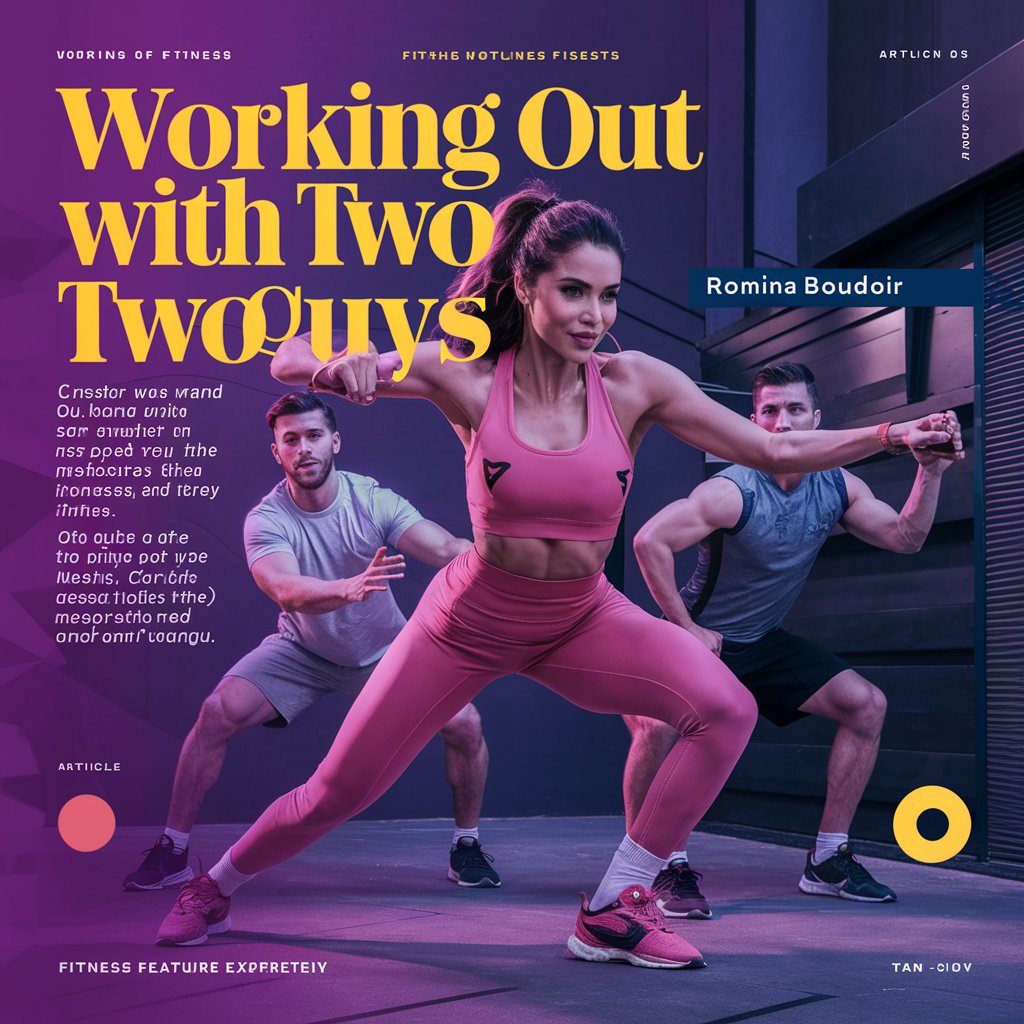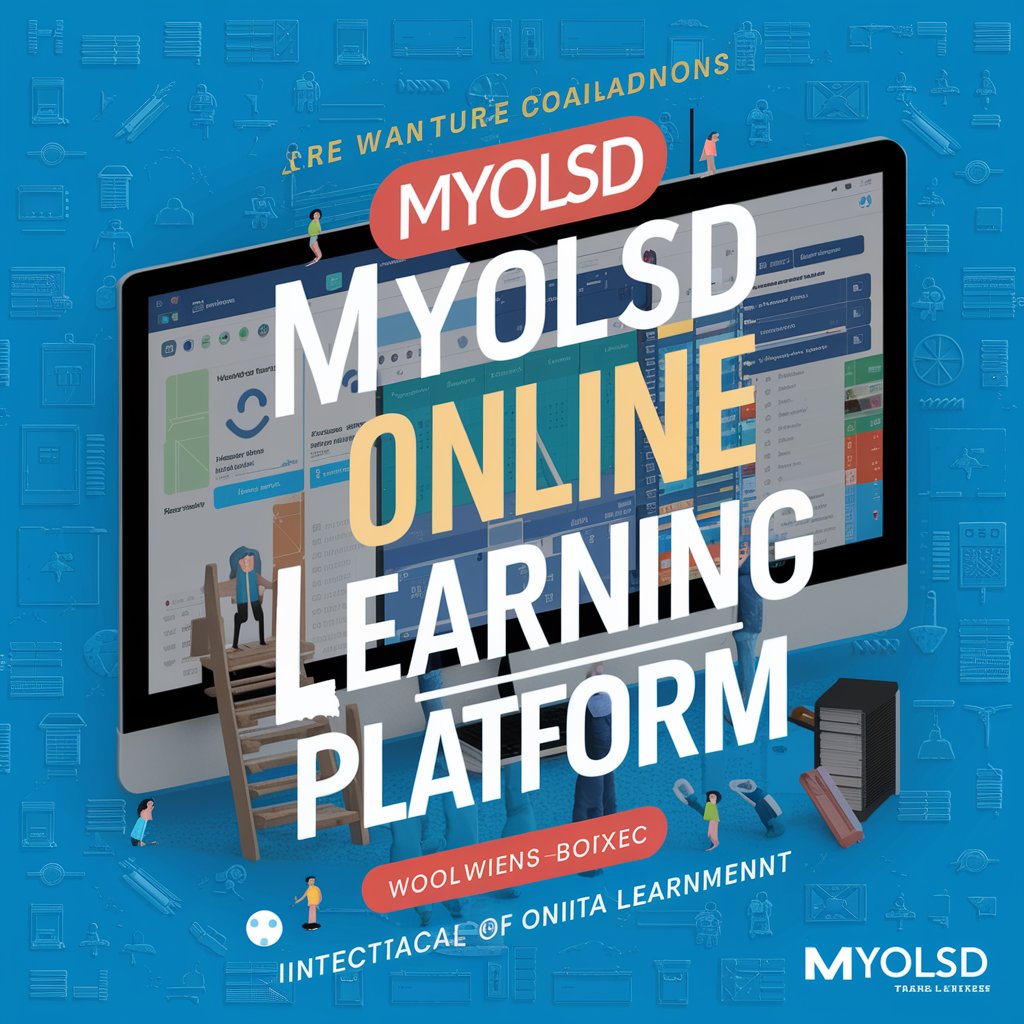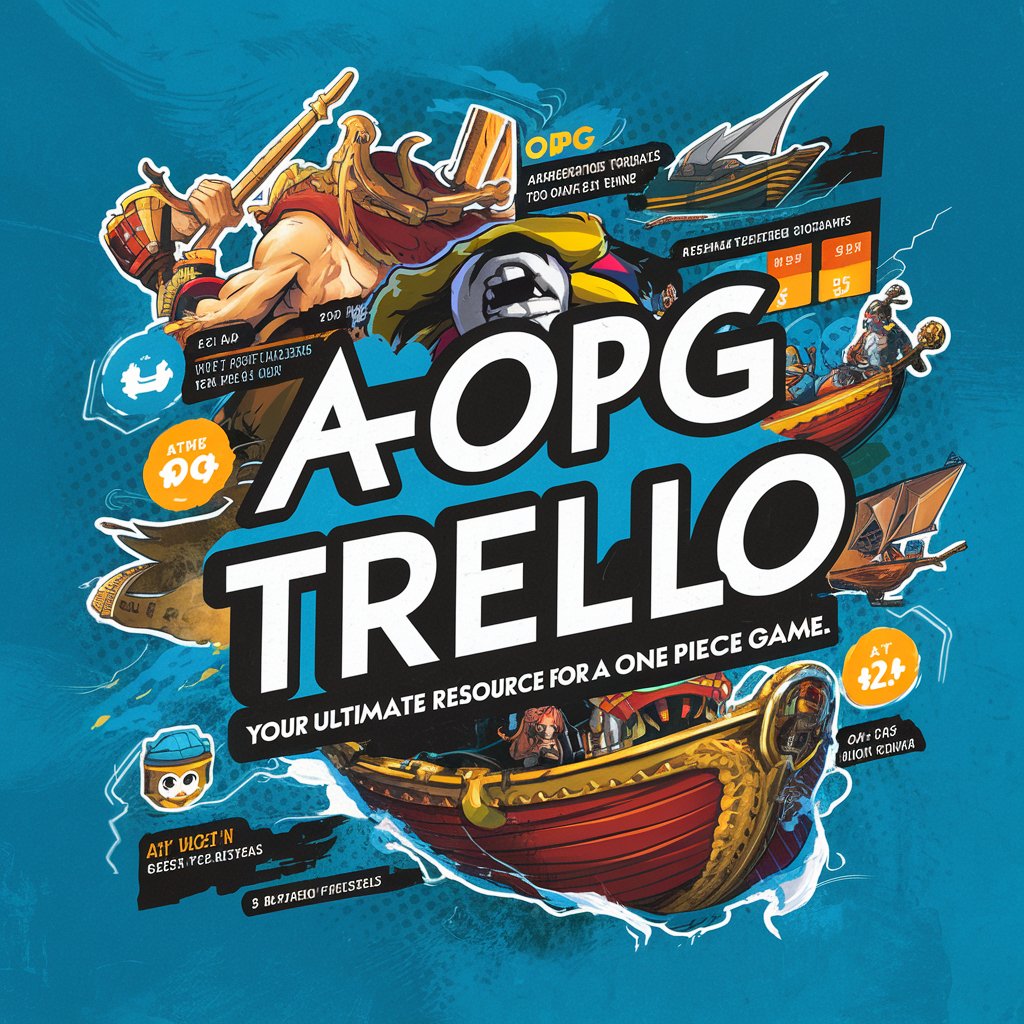Effective Demand Generation Strategy Examples for Business Growth

Demand generation fuels sustainable business expansion by transforming awareness into qualified engagement and, ultimately, long-term customers. While tools and tactics provide structure, it’s real-world strategies that reveal how demand generation works at scale. The following demand generation strategy examples showcase how successful companies created and executed impactful campaigns—each one offering practical lessons for businesses looking to accelerate growth.
Dropbox’s Viral Referral Engine
Dropbox’s early growth hinged on a powerful, low-cost referral strategy. The company rewarded users with 500MB of free storage for every referral—up to 16GB—creating an irresistible incentive to share.
With referral prompts embedded in the app and email, sharing was seamless. Users quickly spread the word, tapping into personal networks to grow Dropbox’s reach organically.
Results: Dropbox scaled from 100,000 to 4 million users in just 15 months. Referrals accounted for 35% of total signups. Later, the company nurtured these free users into premium plans through upsell campaigns—illustrating how viral acquisition and lifecycle marketing can work in tandem.
HubSpot’s Content-Driven Ecosystem
HubSpot redefined demand generation by making inbound marketing synonymous with their brand. They built an extensive library of free educational content—guides, webinars, templates, and certification courses—that taught prospects how to generate leads, optimize funnels, and automate marketing.
A visitor who downloaded a lead generation eBook was funneled into an automated email series, invited to try free tools like the website grader, and gradually nurtured toward CRM or software sign-up.
Results: By 2023, HubSpot surpassed 215,000 customers globally. Their strategy proves that consistent, high-value content—distributed freely—can attract, engage, and convert audiences at scale.
Zoom’s Timely Accessibility Play
Zoom’s explosive growth during the 2020 pandemic wasn’t accidental—it was a textbook example of demand generation strategy meeting perfect timing. They removed friction by expanding their free tier, allowing unlimited 40-minute meetings during lockdowns.
Marketing teams amplified this with tutorials, webinars on remote work, and awareness campaigns across digital channels. Once users signed up, Zoom nurtured them with onboarding emails and upsell prompts for paid features like cloud recording and larger meeting capacities.
Results: Zoom grew to 497,000 business customers with over 10 employees by Q1 2021—a 470% year-over-year increase. It underscores the impact of meeting market needs with accessibility and targeted follow-up.
Salesforce’s Event-Led Demand Surge
Salesforce turned its annual Dreamforce event into a full-scale demand generation platform. The event, once exclusive to customers, opened its doors to prospects with livestreamed keynotes, product demos, and industry sessions.
After the event, Salesforce segmented attendees by interest—those who watched AI sessions received follow-ups with related whitepapers and demo invites. Sales and marketing aligned closely to nurture and convert high-intent leads.
Results: Dreamforce 2022 attracted over 150,000 registrants and helped power Salesforce’s $31.4 billion in annual revenue. It demonstrates how events, when integrated into a broader strategy, can drive brand visibility and demand.
Adobe’s Multi-Channel Creative Push
Adobe’s approach for Creative Cloud focused on visibility across every stage of the buyer journey. They ran educational YouTube tutorials, Instagram showcases, and in-app product tips, all aimed at attracting and retaining creative professionals.
A designer might first engage through a “Photoshop Tips” video, then be retargeted with ads offering a discounted trial. Trial users received nurturing emails with project ideas, templates, and advanced tutorials to keep them engaged and push toward subscription.
Results: By 2022, Adobe’s Creative Cloud reached 22 million subscribers. The campaign’s success lies in its cohesive use of content, ads, and follow-ups across platforms to convert interest into loyalty.
Slack’s Product-Led Momentum
Slack relied on product-led growth, letting teams adopt the tool for free with minimal onboarding. As usage spread within organizations, Slack highlighted the benefits of paid features—such as unlimited message history, integrations, and enterprise security.
In-app messaging, email nudges, and usage-based triggers encouraged upgrades. This self-service model minimized sales involvement while maximizing scale.
Results: By 2021, Slack reported 169,000 paying customers. Their strategy proves that frictionless onboarding and context-driven upsells can generate demand organically and efficiently.
Unpacking the Core Principles
These standout strategies reveal shared principles that can inform any business’s demand generation approach:
- Ease of Entry: Free trials, freemium models, and low-barrier resources (e.g., Dropbox, Slack, Zoom) draw in large volumes of potential leads.
- Upfront Value: Content and education (HubSpot, Adobe) build trust and credibility before any sale is attempted.
- Lifecycle Nurturing: Automated workflows and personalized touchpoints guide prospects through the funnel.
- Timely Relevance: Strategies aligned with market needs or shifts (Zoom during the pandemic) generate faster traction.
- Multi-Channel Integration: Campaigns that mix content, paid ads, events, and direct outreach expand reach and improve engagement.
- Scalability: Viral mechanics (Dropbox), live events (Salesforce), and content ecosystems (Adobe) all create systems that grow with minimal incremental cost.
Applying These Lessons to Your Business
Even without massive budgets or global events, businesses can apply these tactics by adapting them to fit their scale and audience:
- Start with Value: Offer a useful tool, calculator, checklist, or trial to attract early interest.
- Create Evergreen Content: Build a content hub with helpful resources that drive inbound traffic and lead capture.
- Use Behavioral Triggers: Like Zoom and Slack, tailor email follow-ups or in-app messages based on actions like downloads or feature usage.
- Leverage Events: Host a webinar, panel discussion, or virtual demo day to engage leads and demonstrate value.
- Incentivize Sharing: Test simple referral mechanics to encourage current users to spread the word.
Measuring Impact to Refine Strategy
Success hinges on visibility into performance. These companies used detailed metrics to iterate and scale:
- Dropbox tracked referral-driven growth
- HubSpot monitored content conversion paths
- Zoom watched trial-to-paid transitions
- Salesforce evaluated event-generated pipeline
- Adobe analyzed trial activations and retention
Use similar KPIs—such as cost per lead, conversion rate, lead quality score, and content engagement—to assess and optimize your campaigns. Implement A/B testing, refine messaging, and track every step of the funnel to pinpoint where improvements will have the biggest impact.
Building a Growth Engine for the Future
These strategies didn’t just spike short-term results—they created repeatable, scalable demand systems. Dropbox and Slack built viral loops. HubSpot and Adobe developed self-sustaining content ecosystems. Salesforce turned events into acquisition machines. Zoom capitalized on market shifts with agility.
For any business, the goal is to build a strategy that fuels consistent growth beyond the initial campaign. By combining value-led outreach, tailored nurturing, and scalable mechanics, you create a demand engine that turns leads into customers—and customers into long-term advocates. These examples provide the blueprint. The next move is yours.
 English
English 